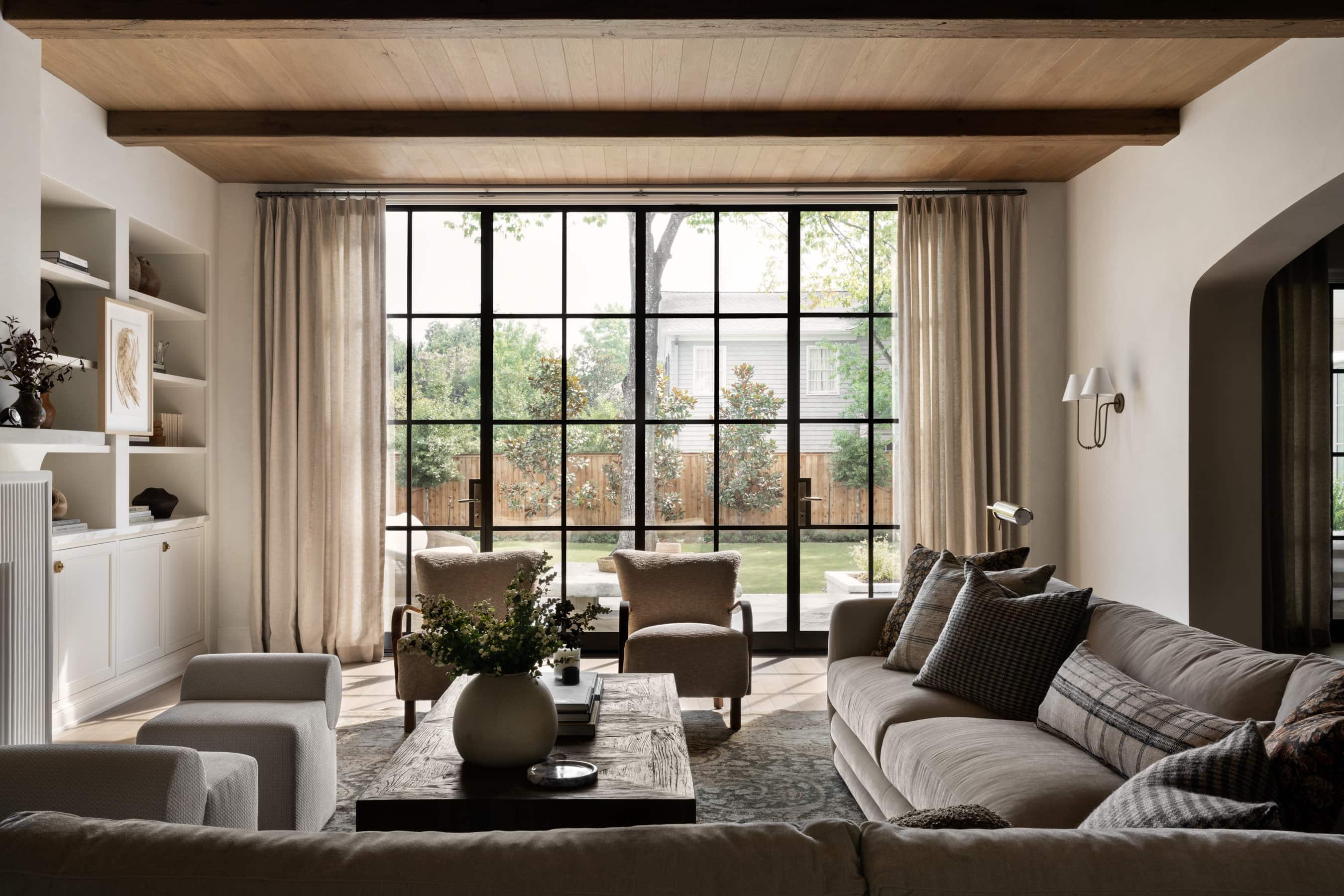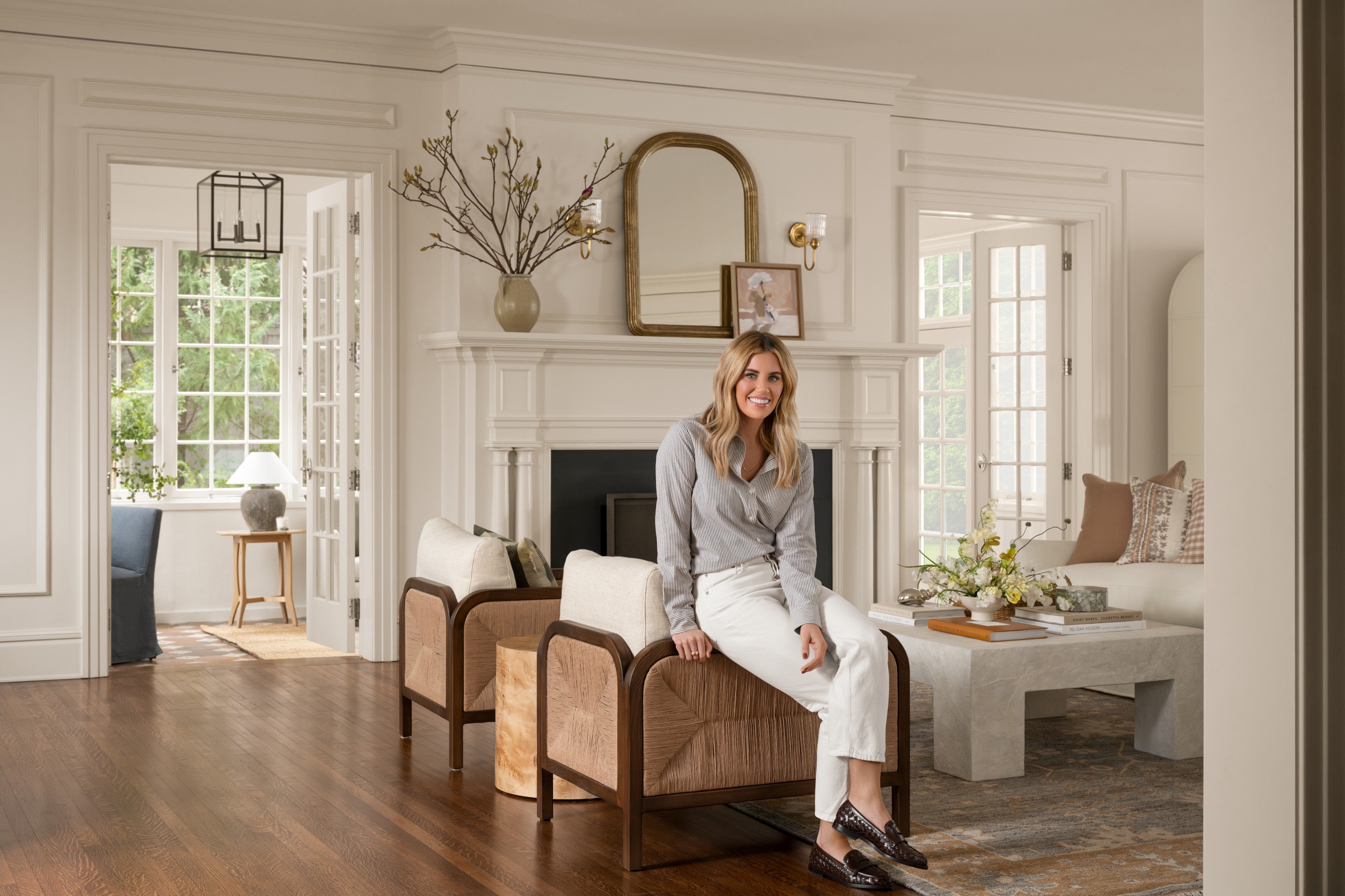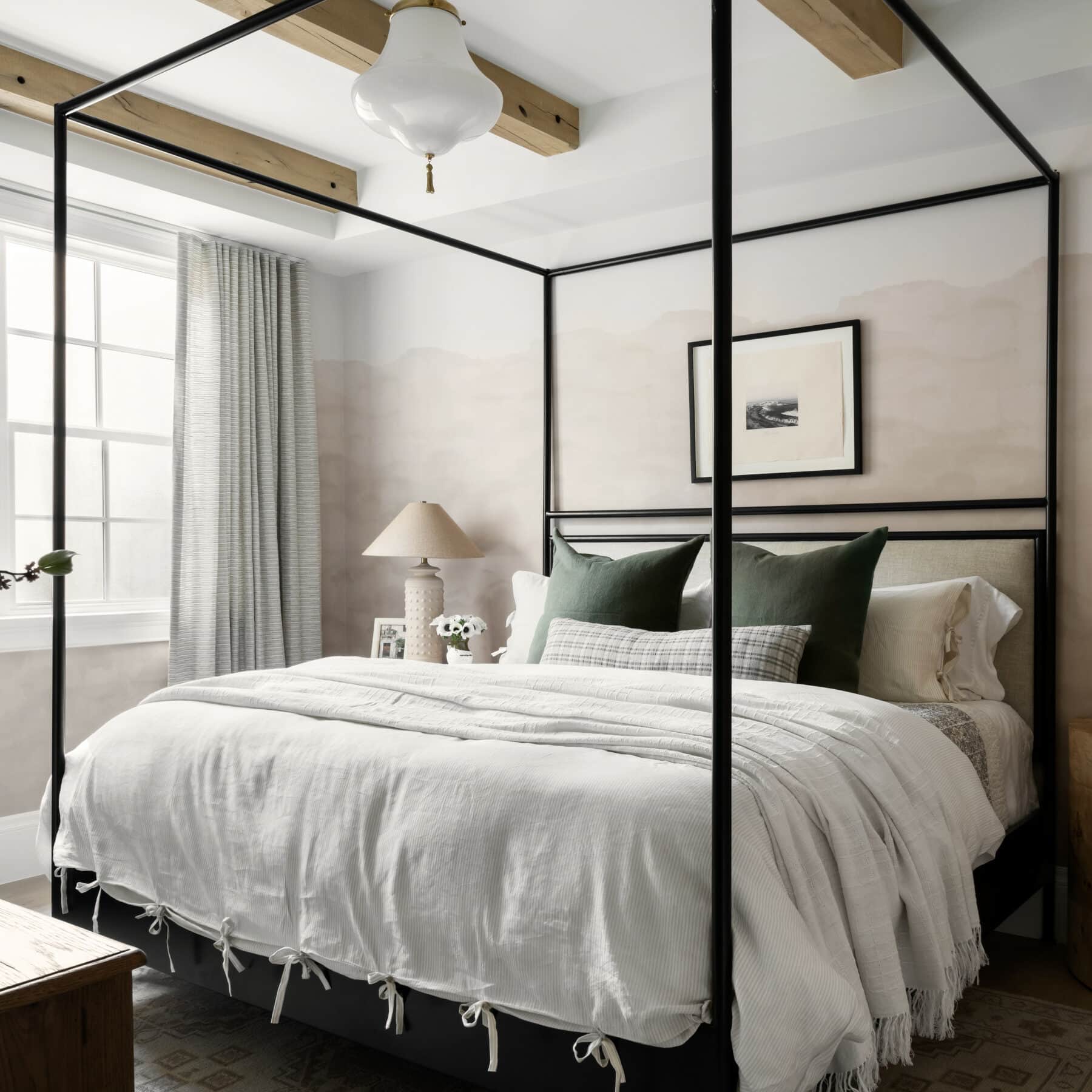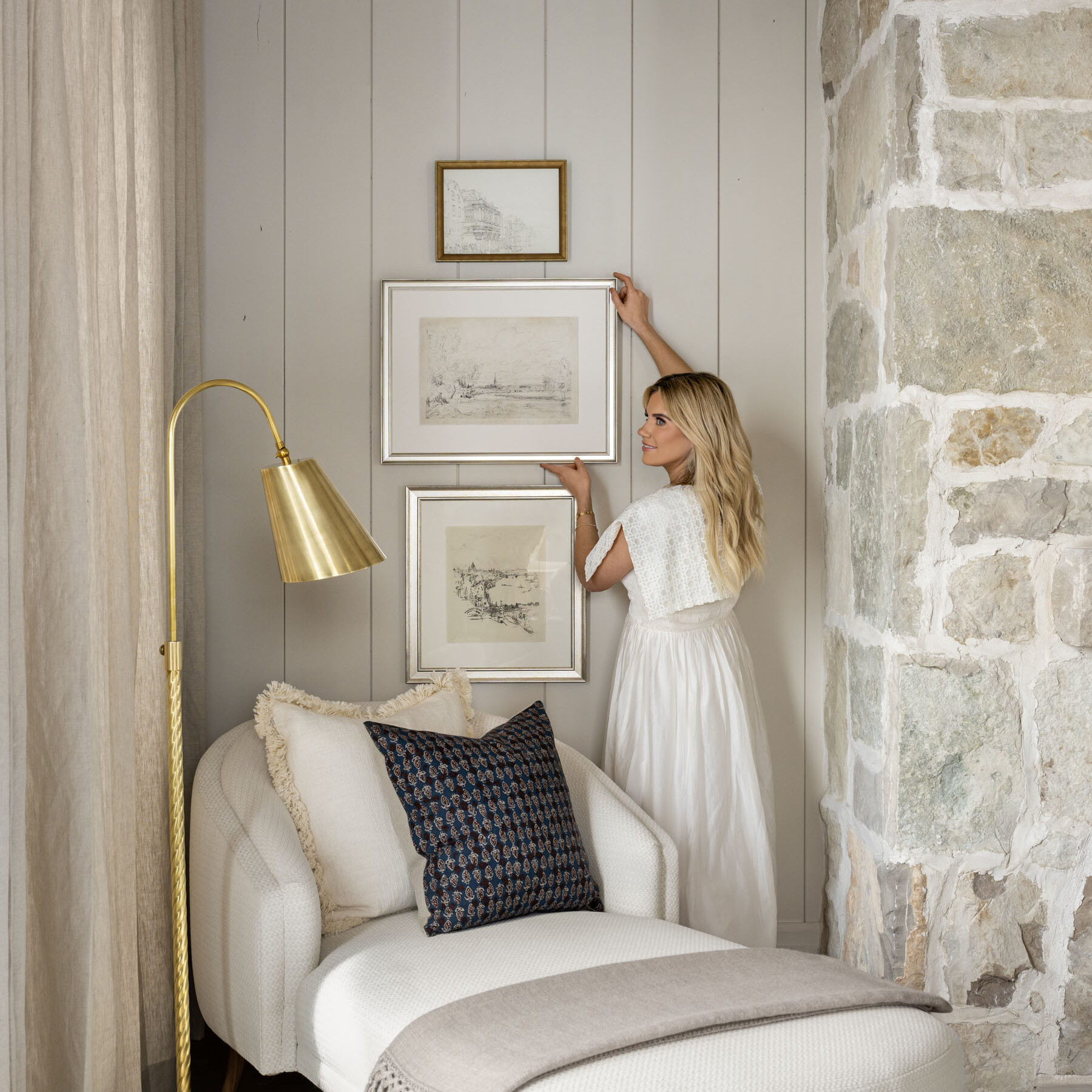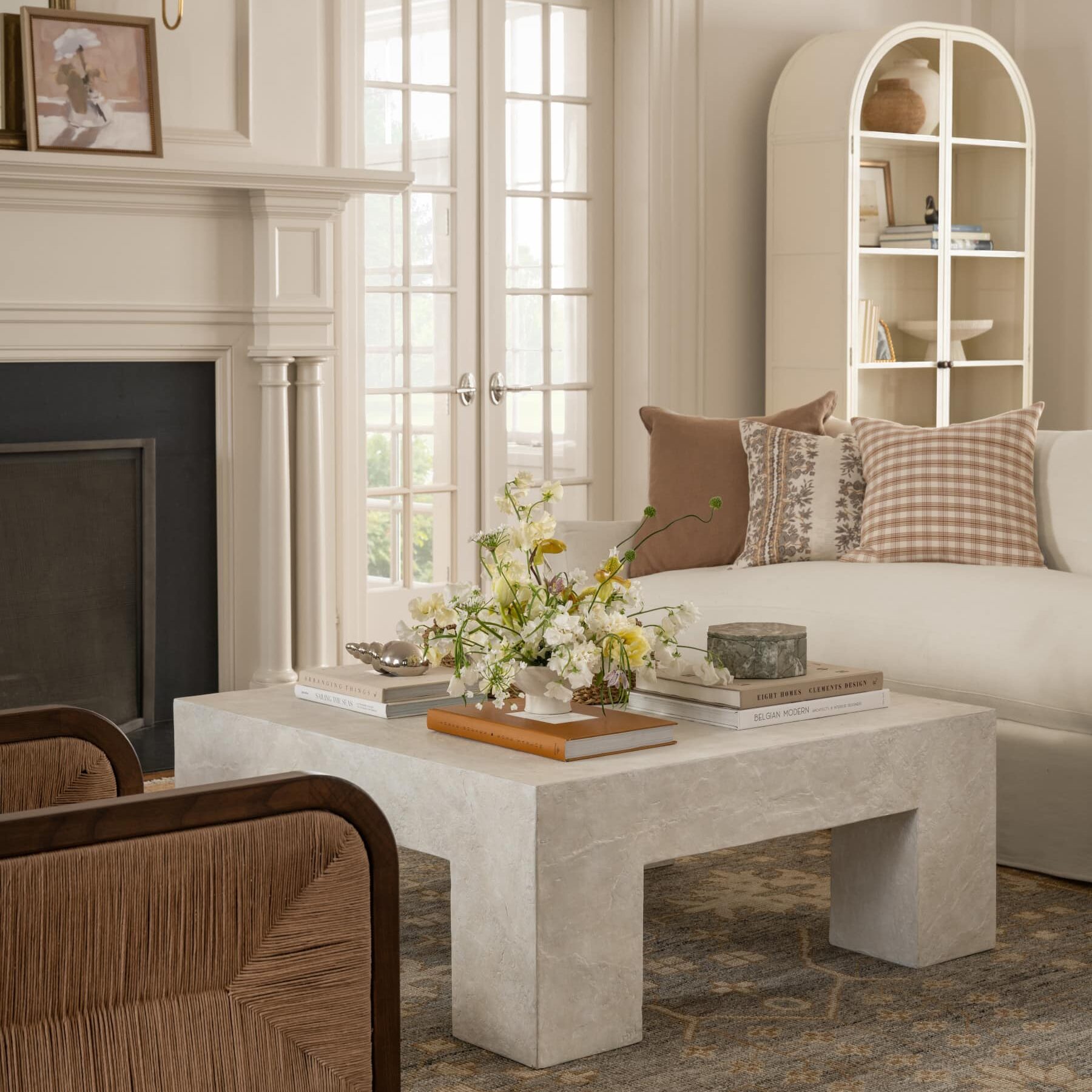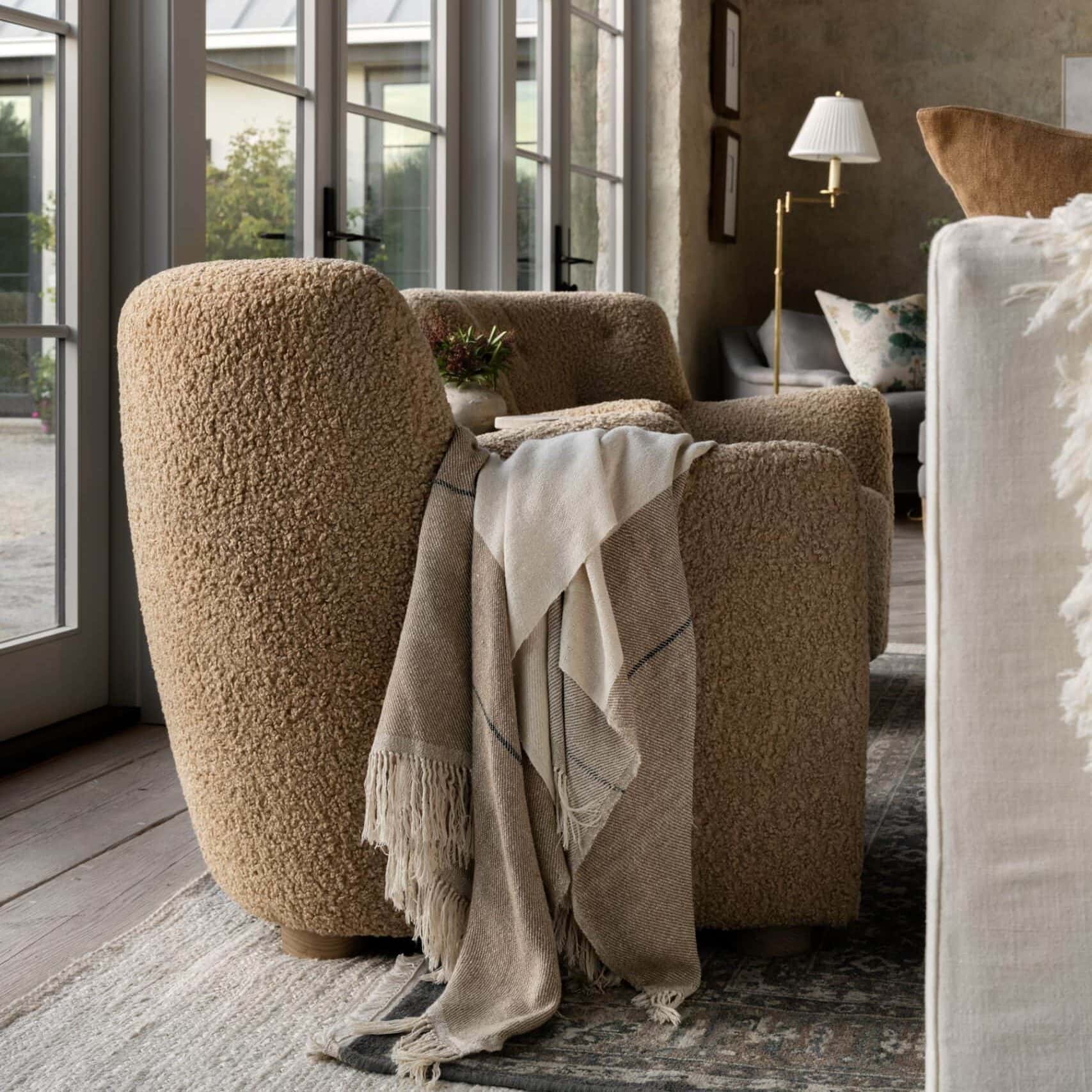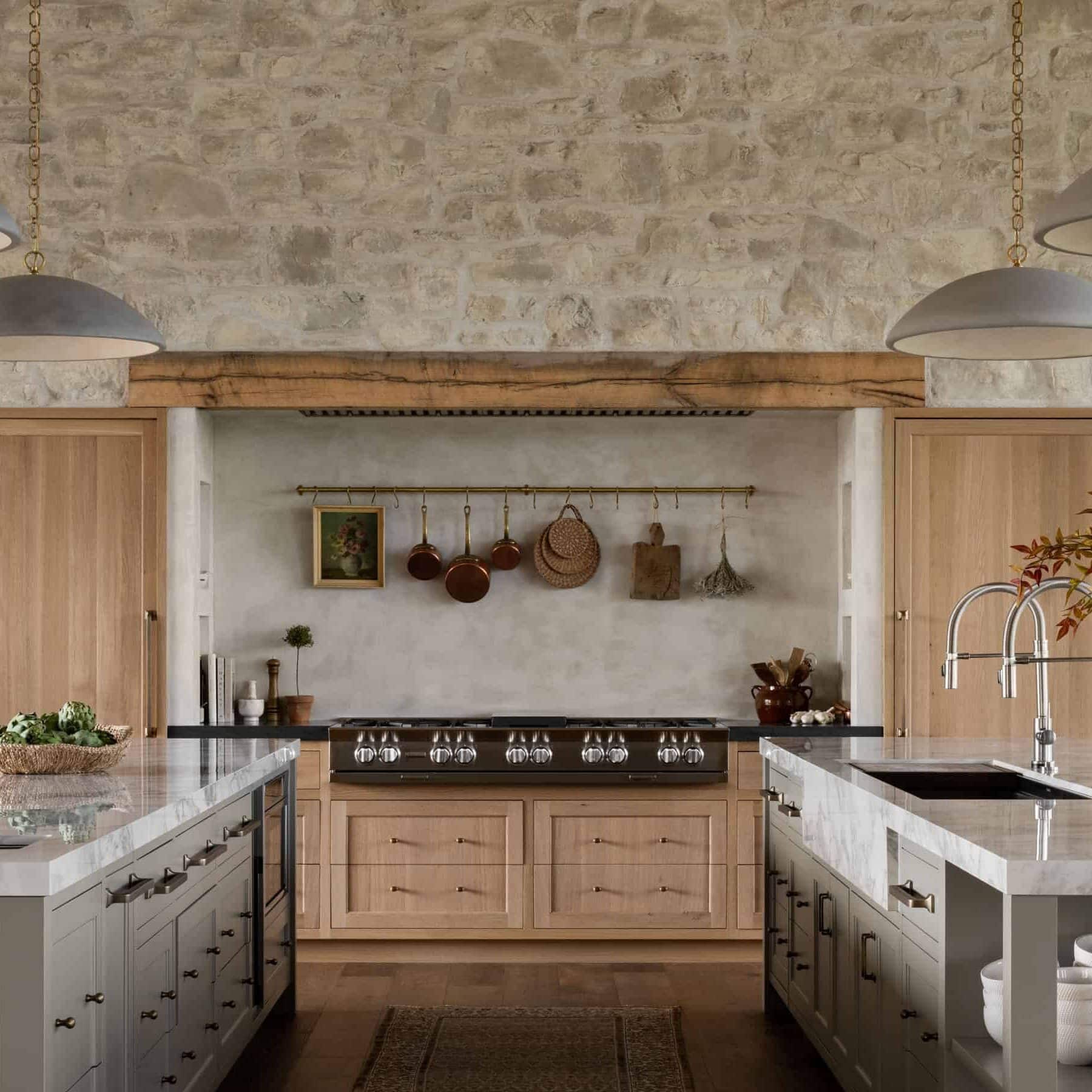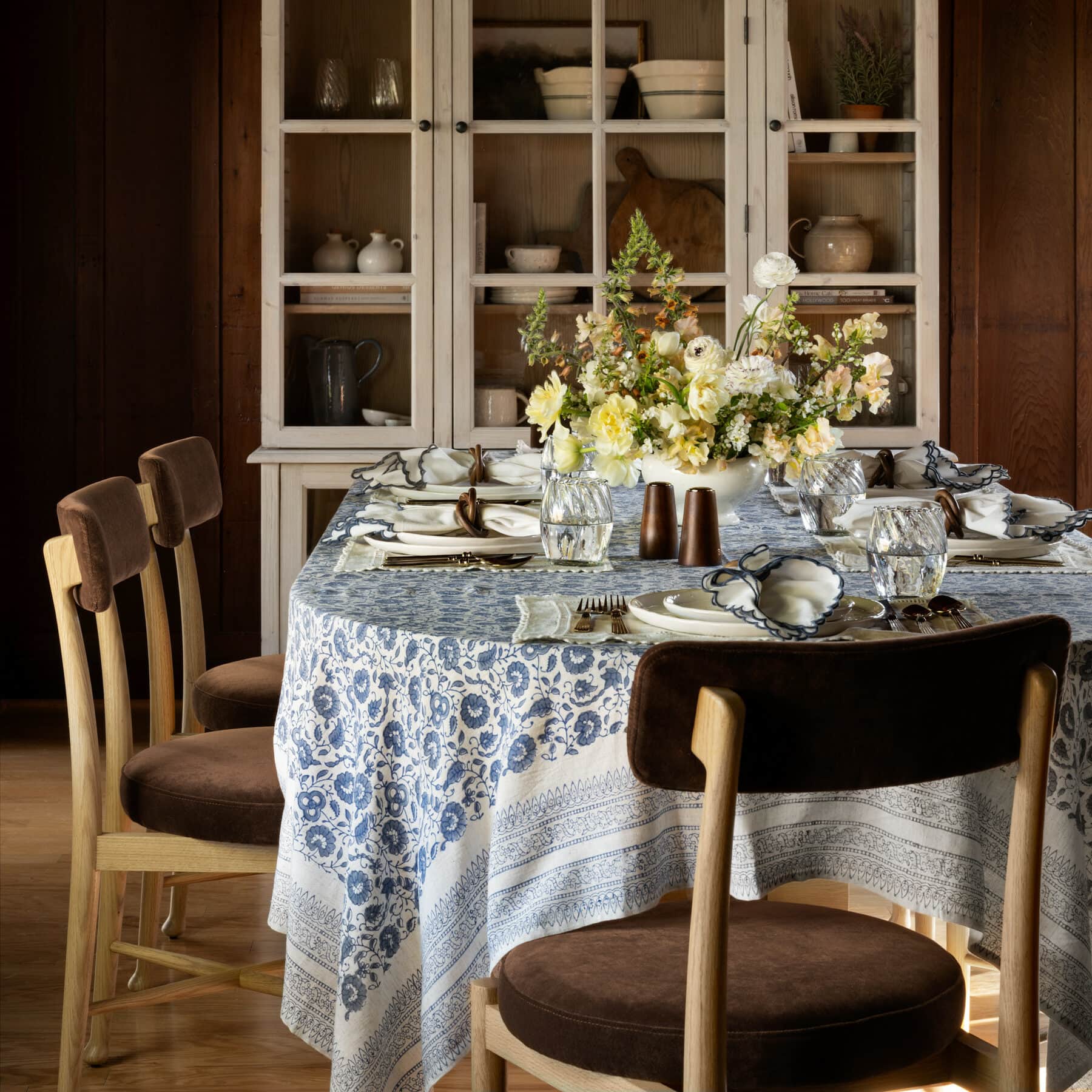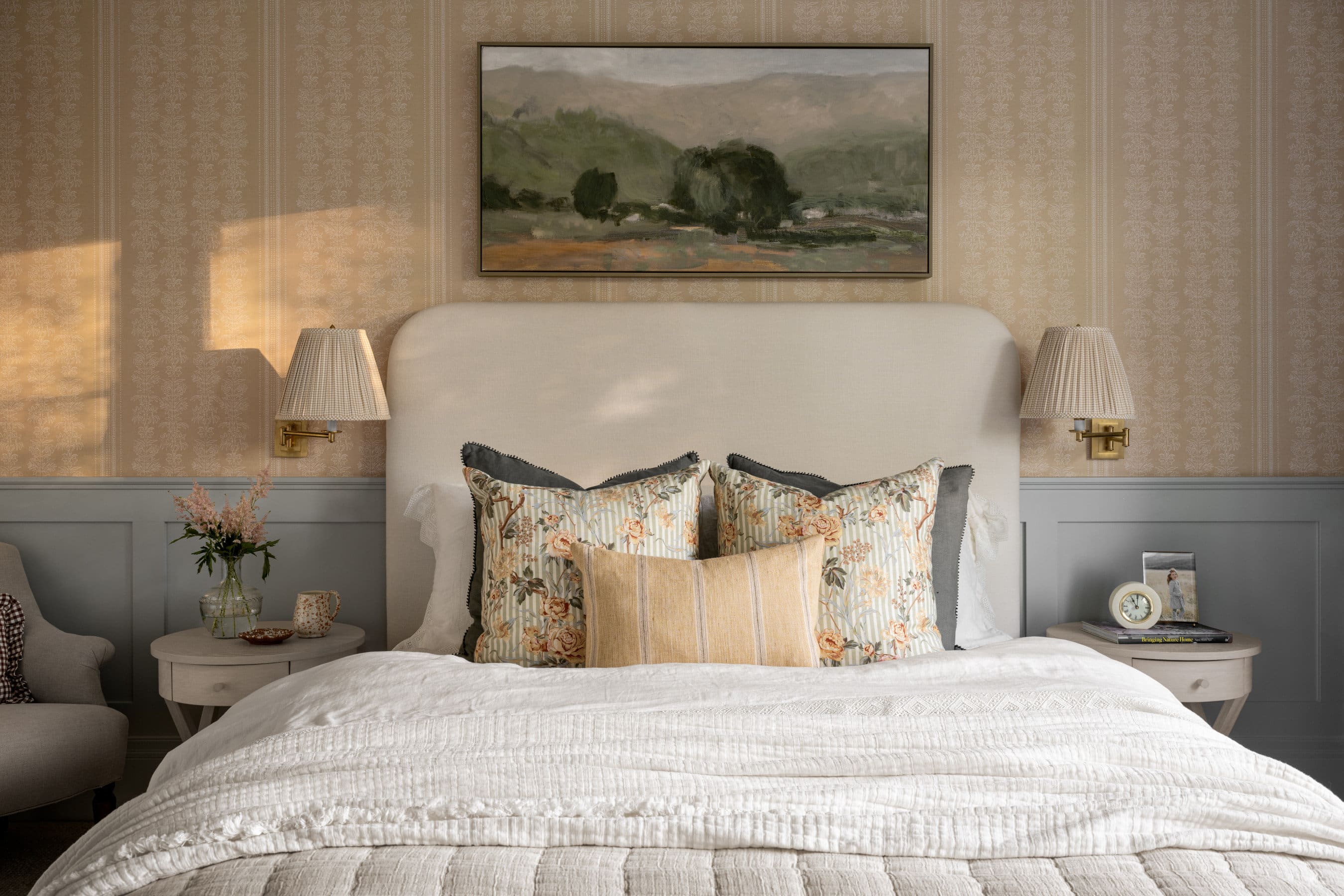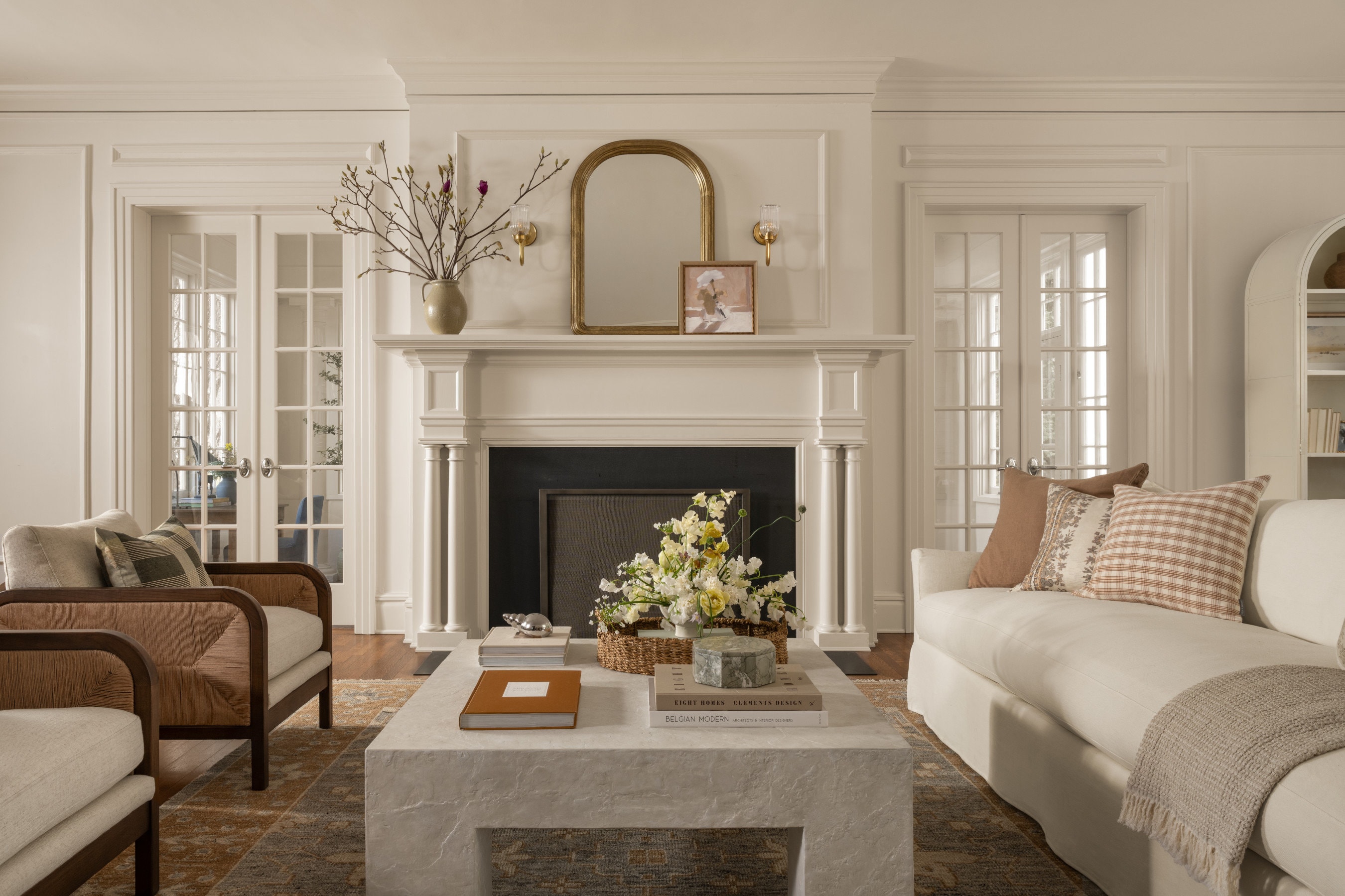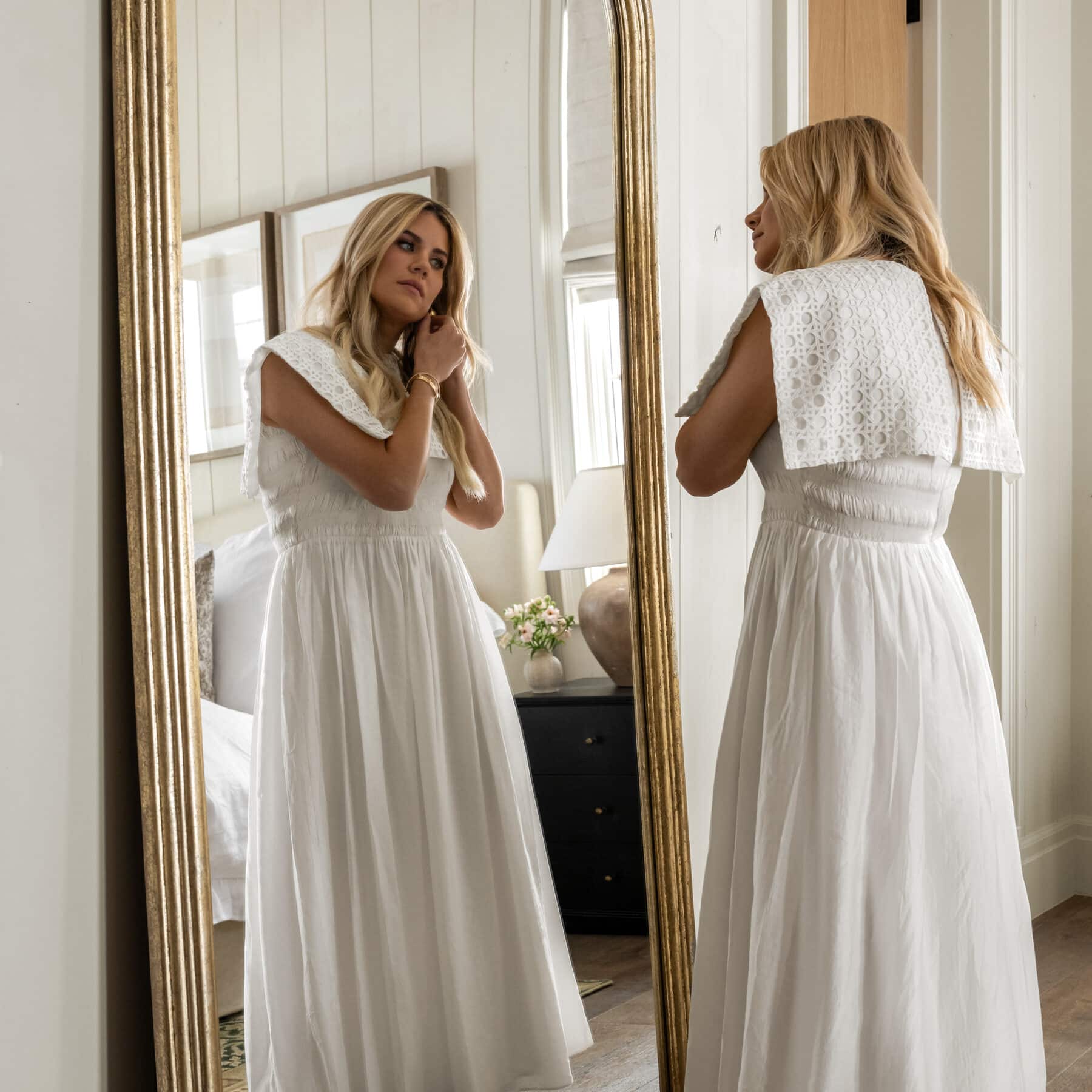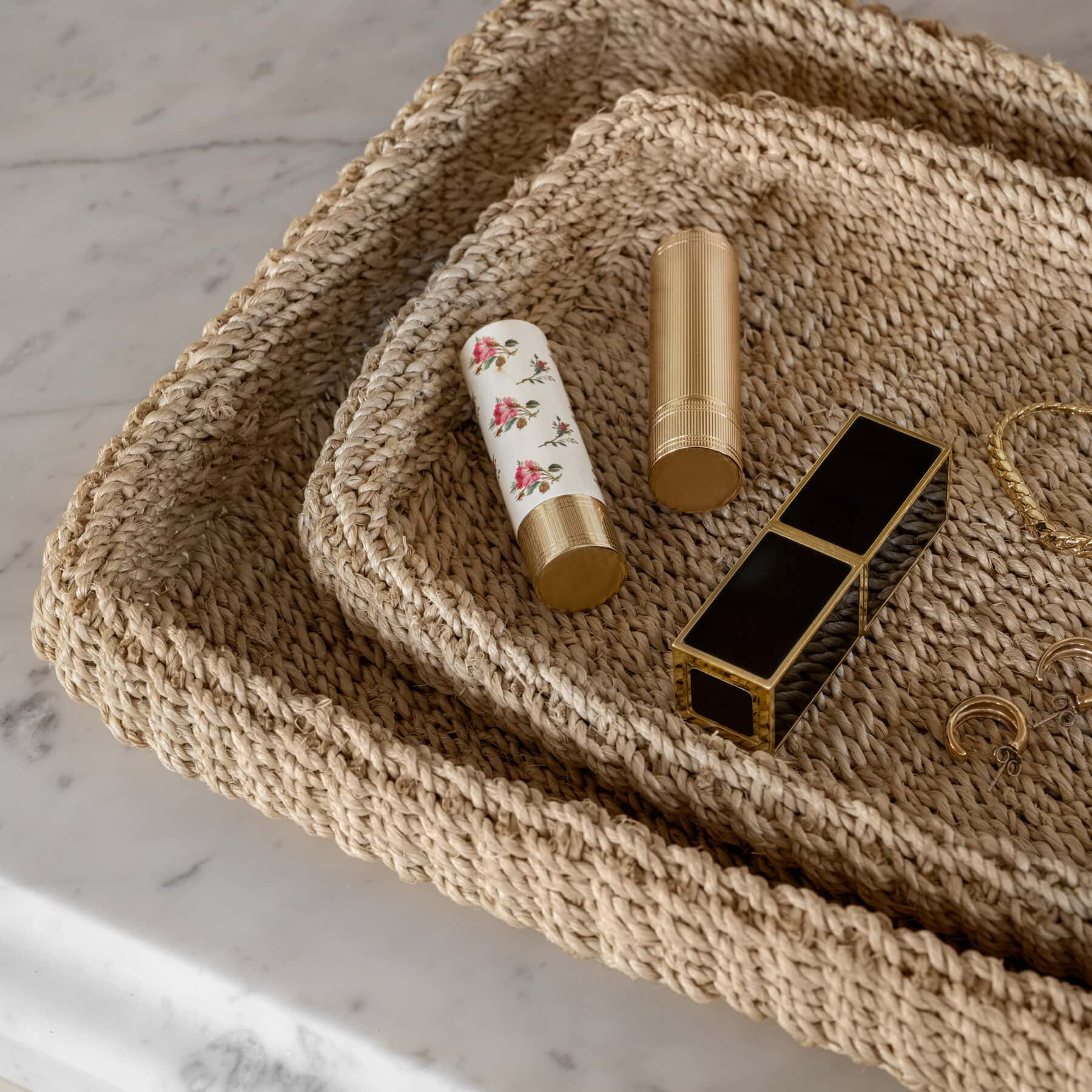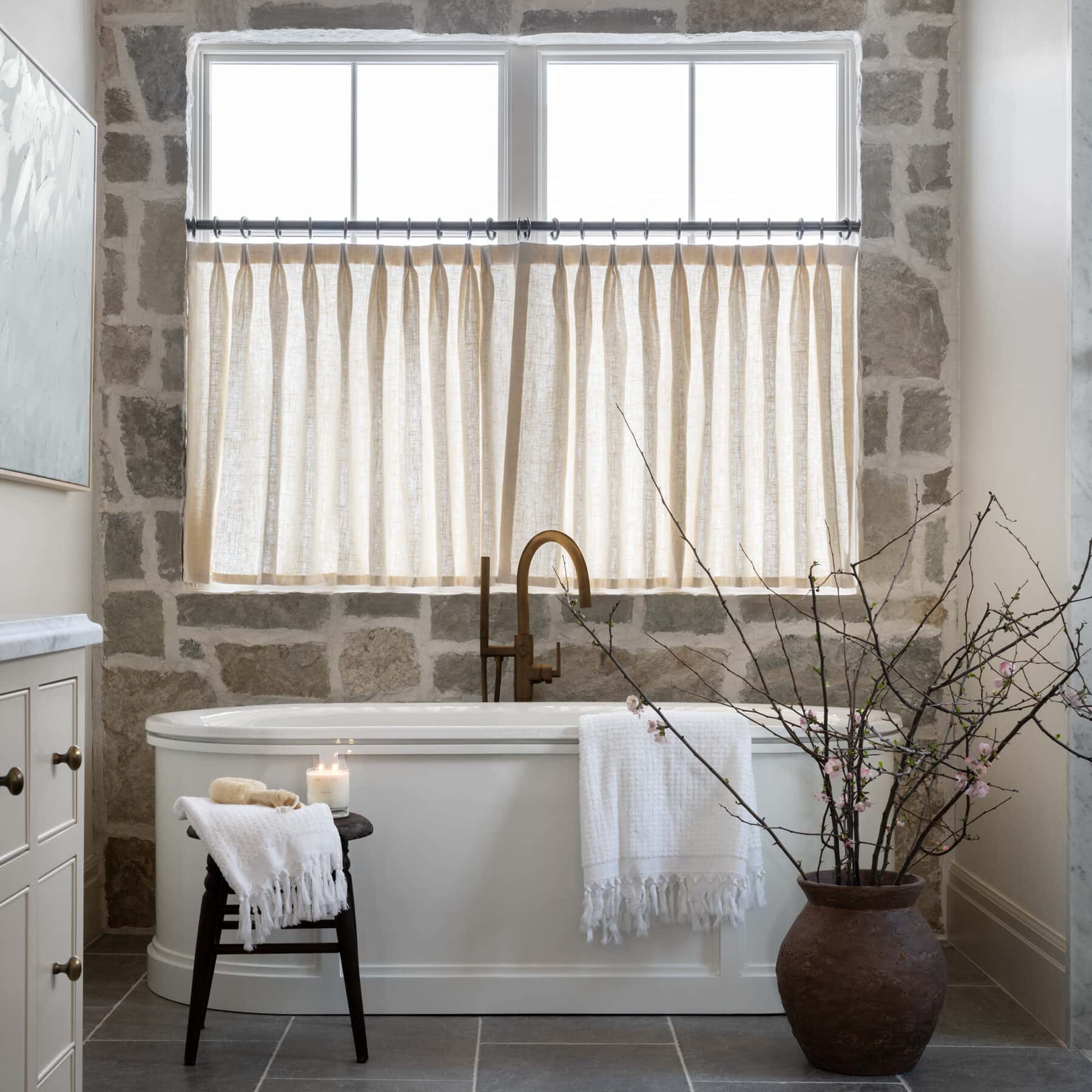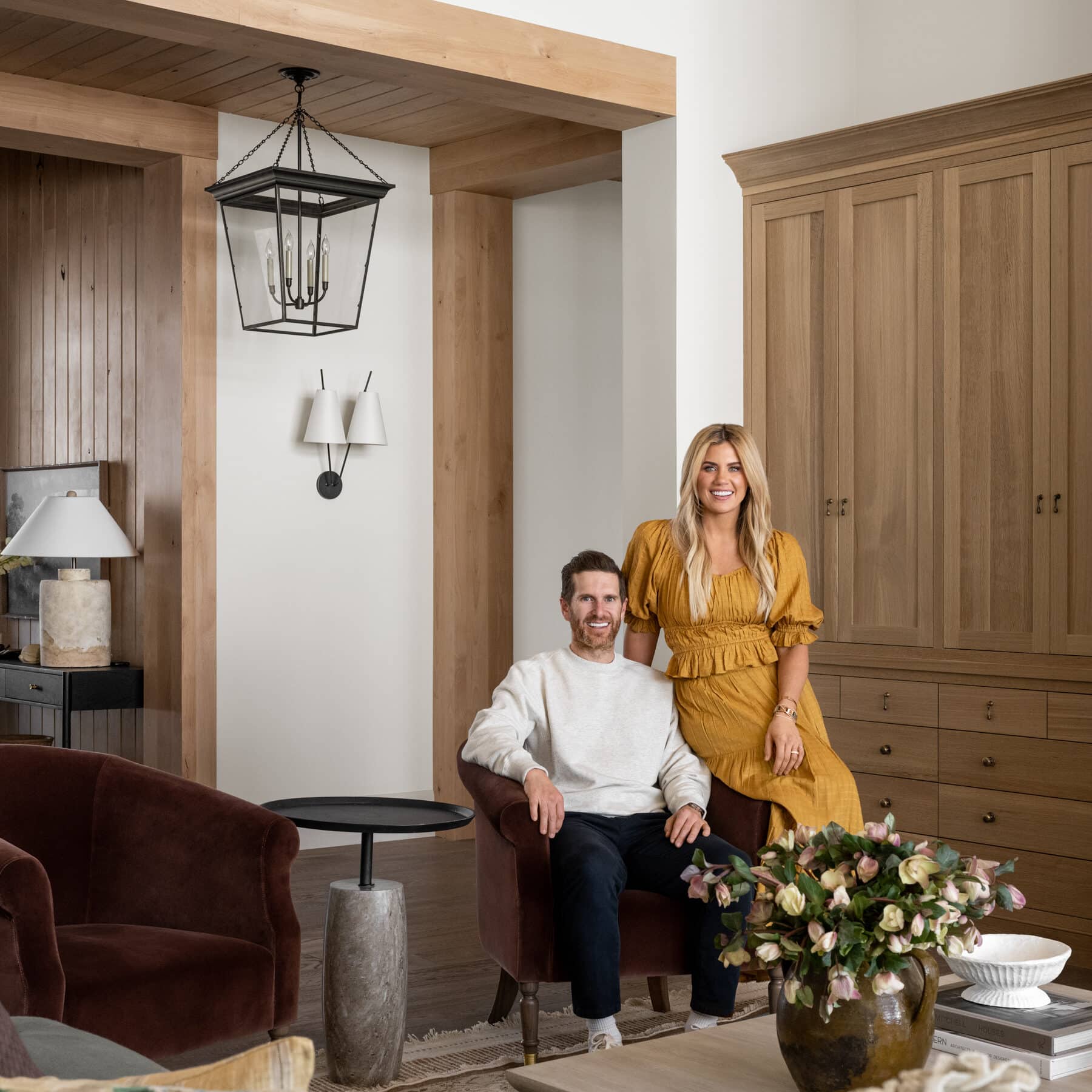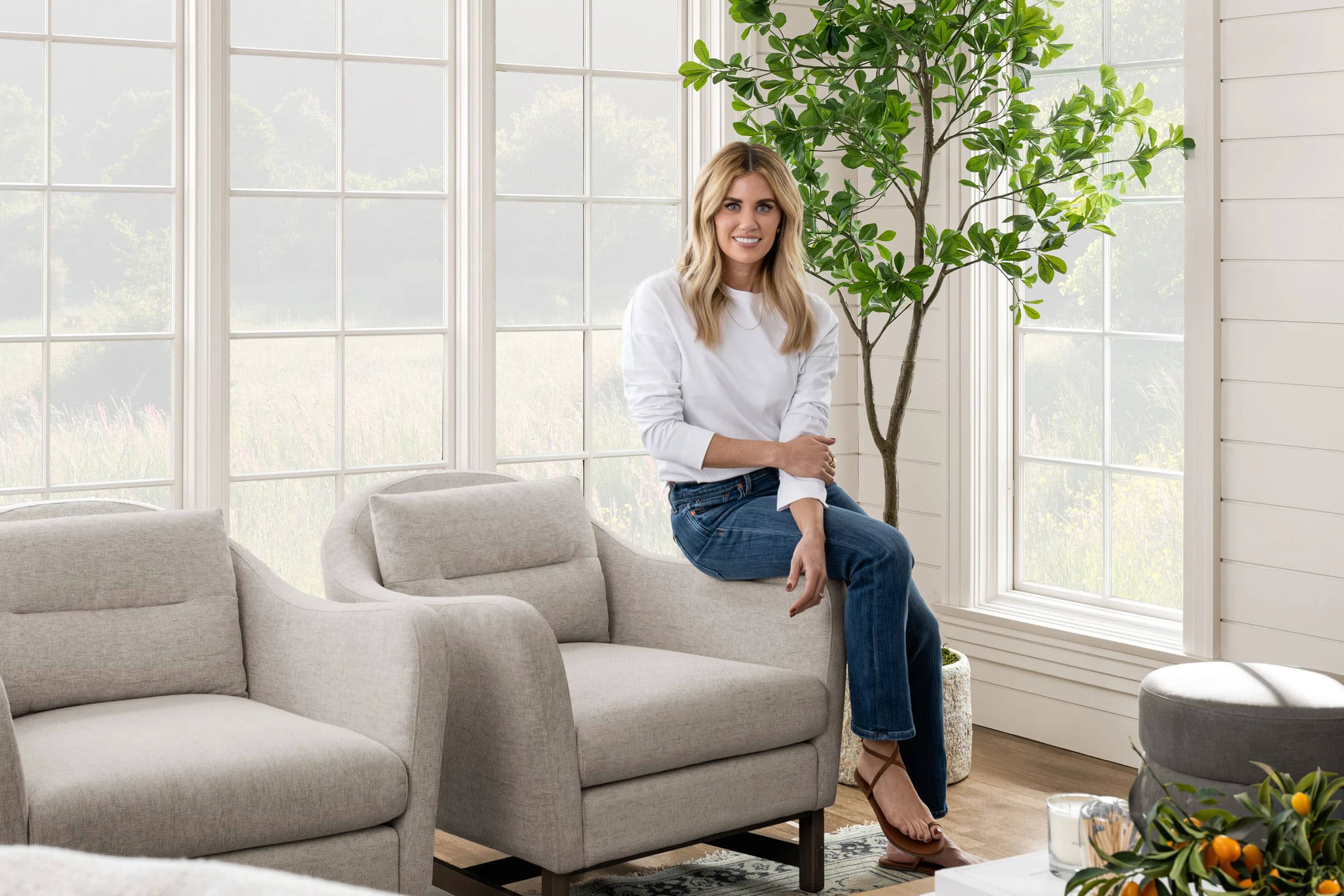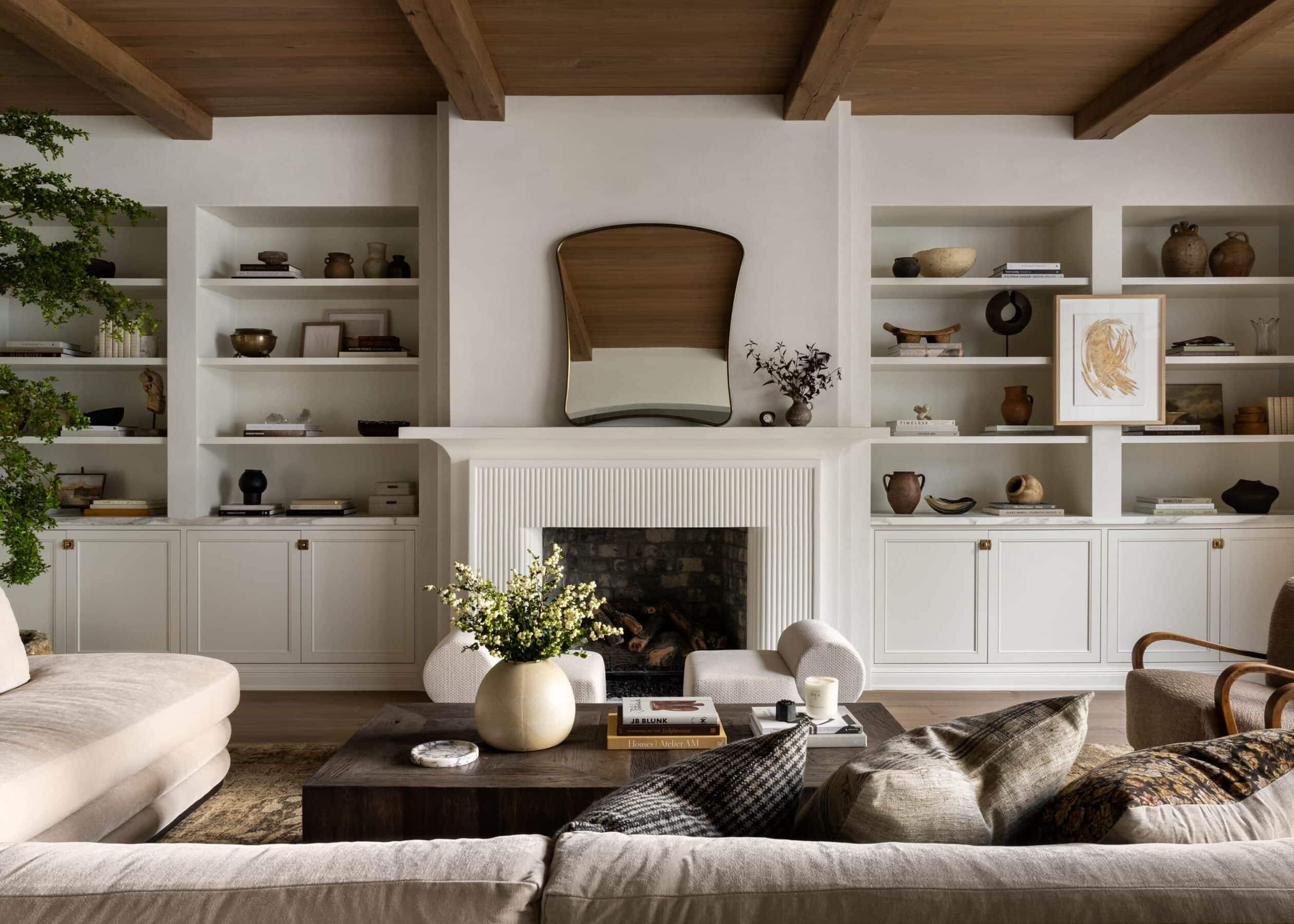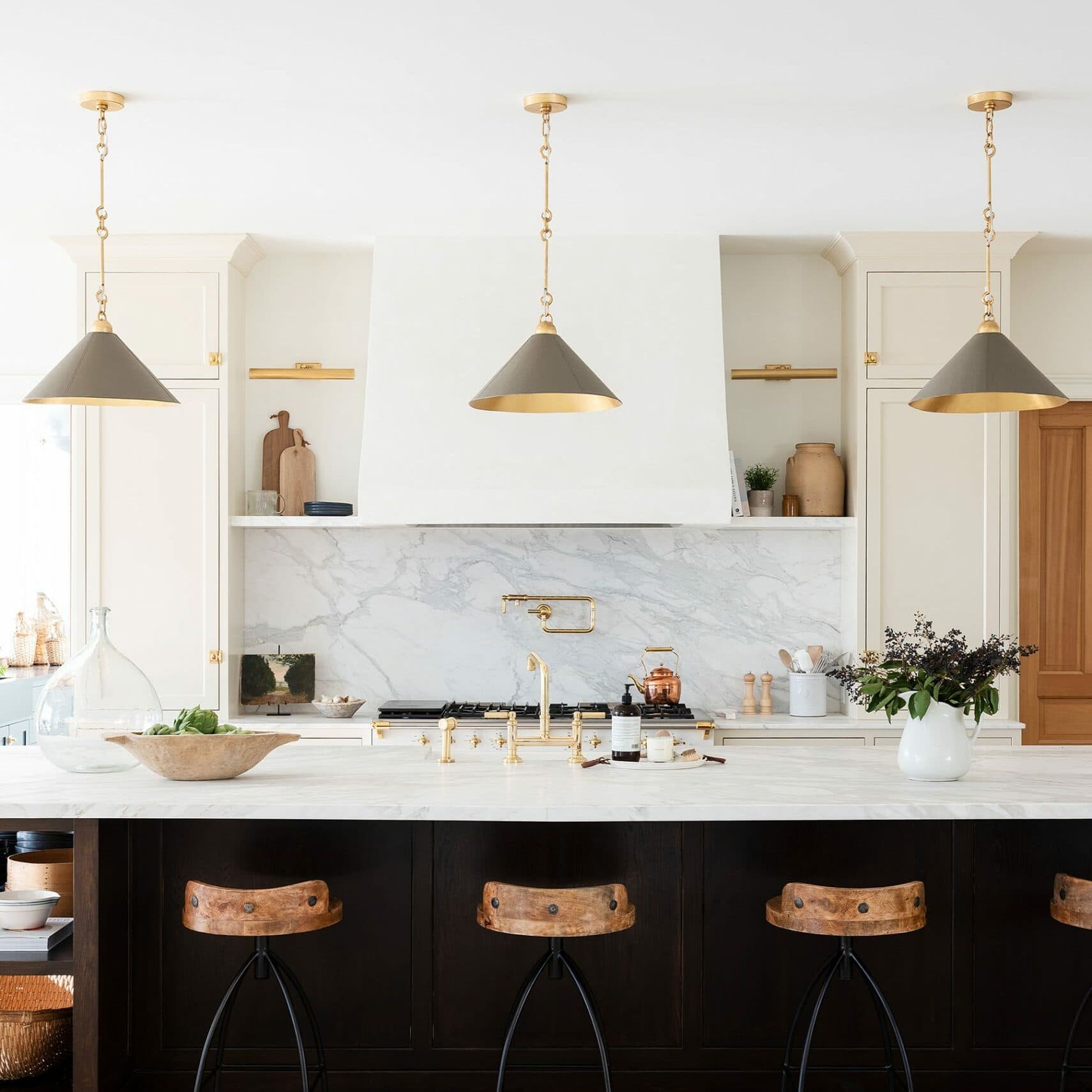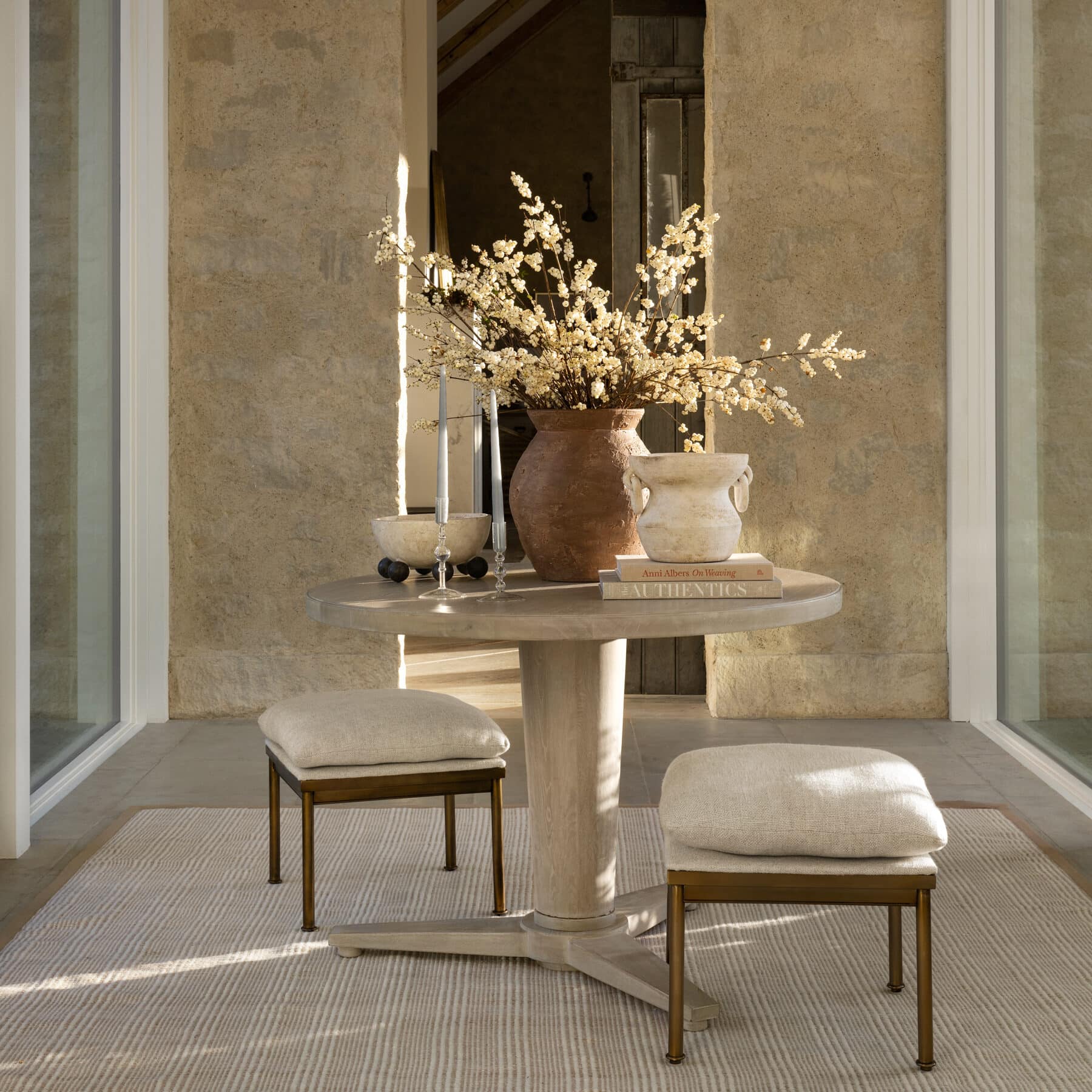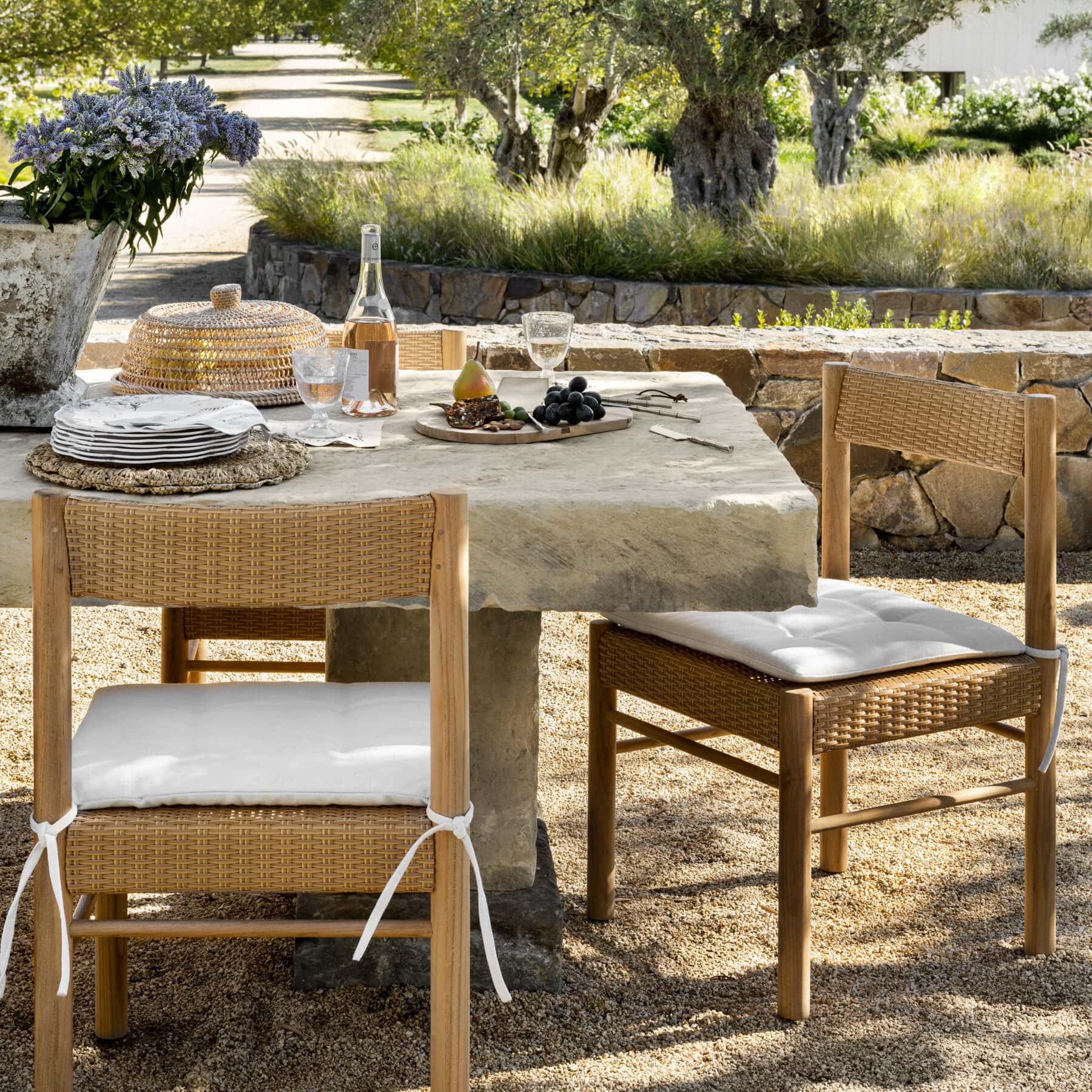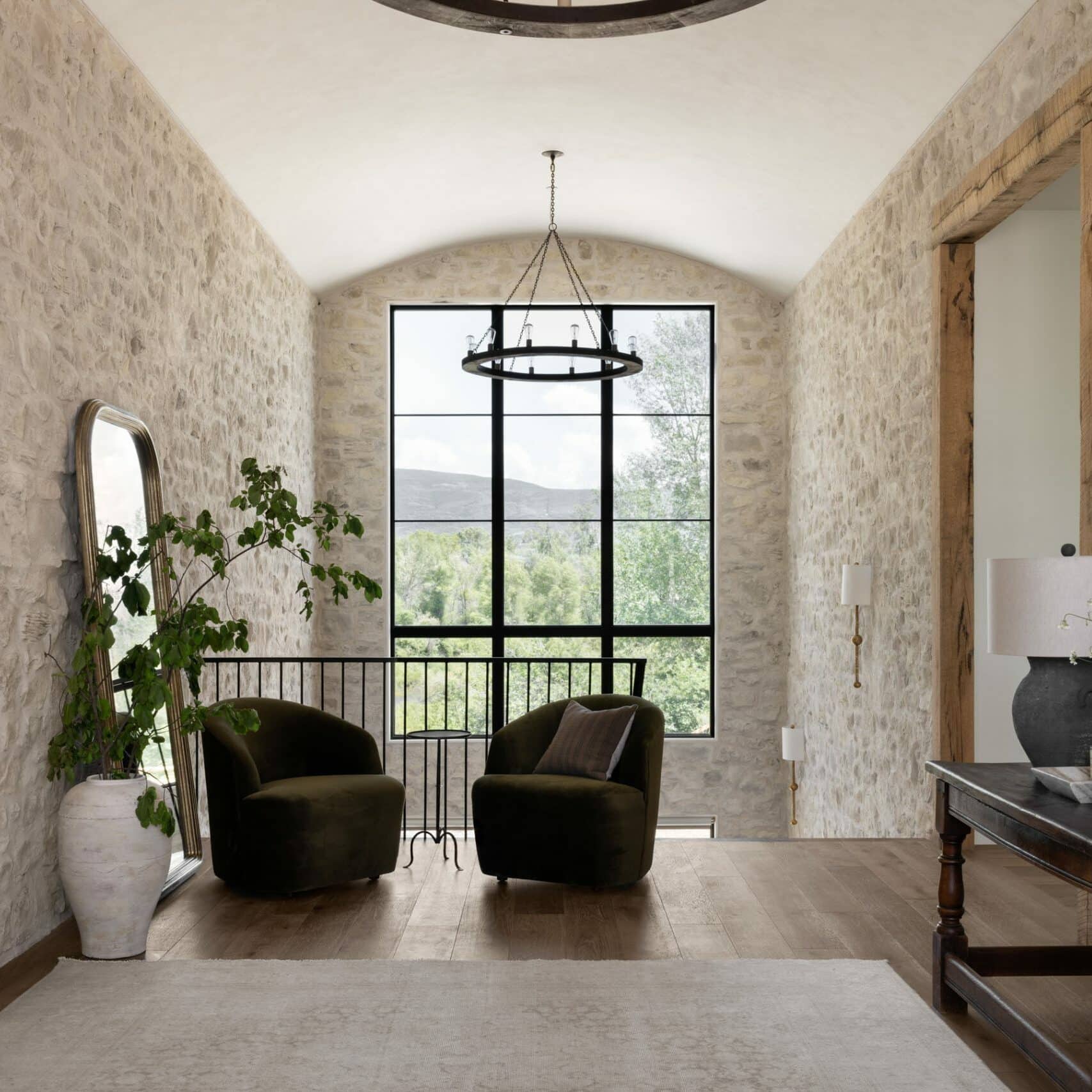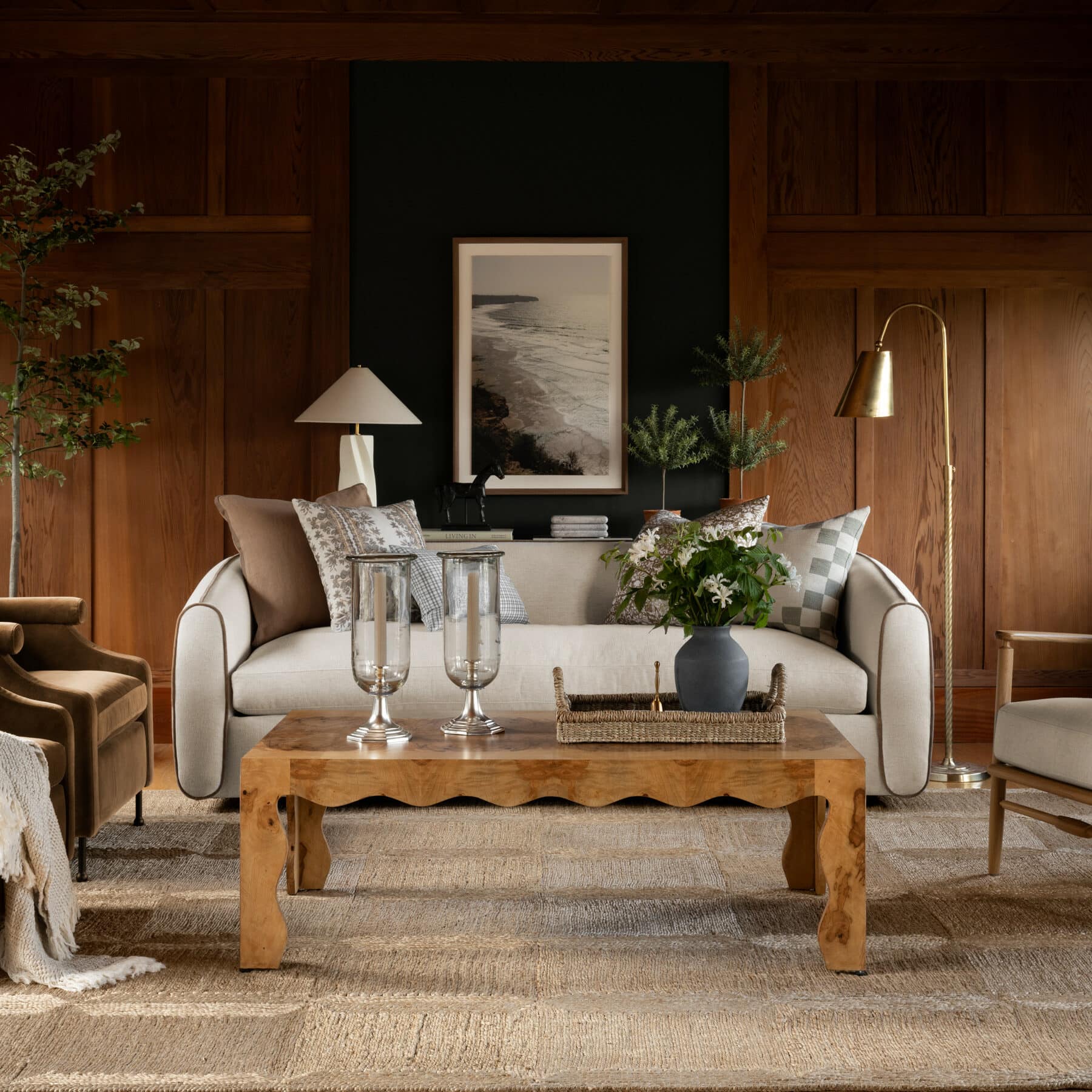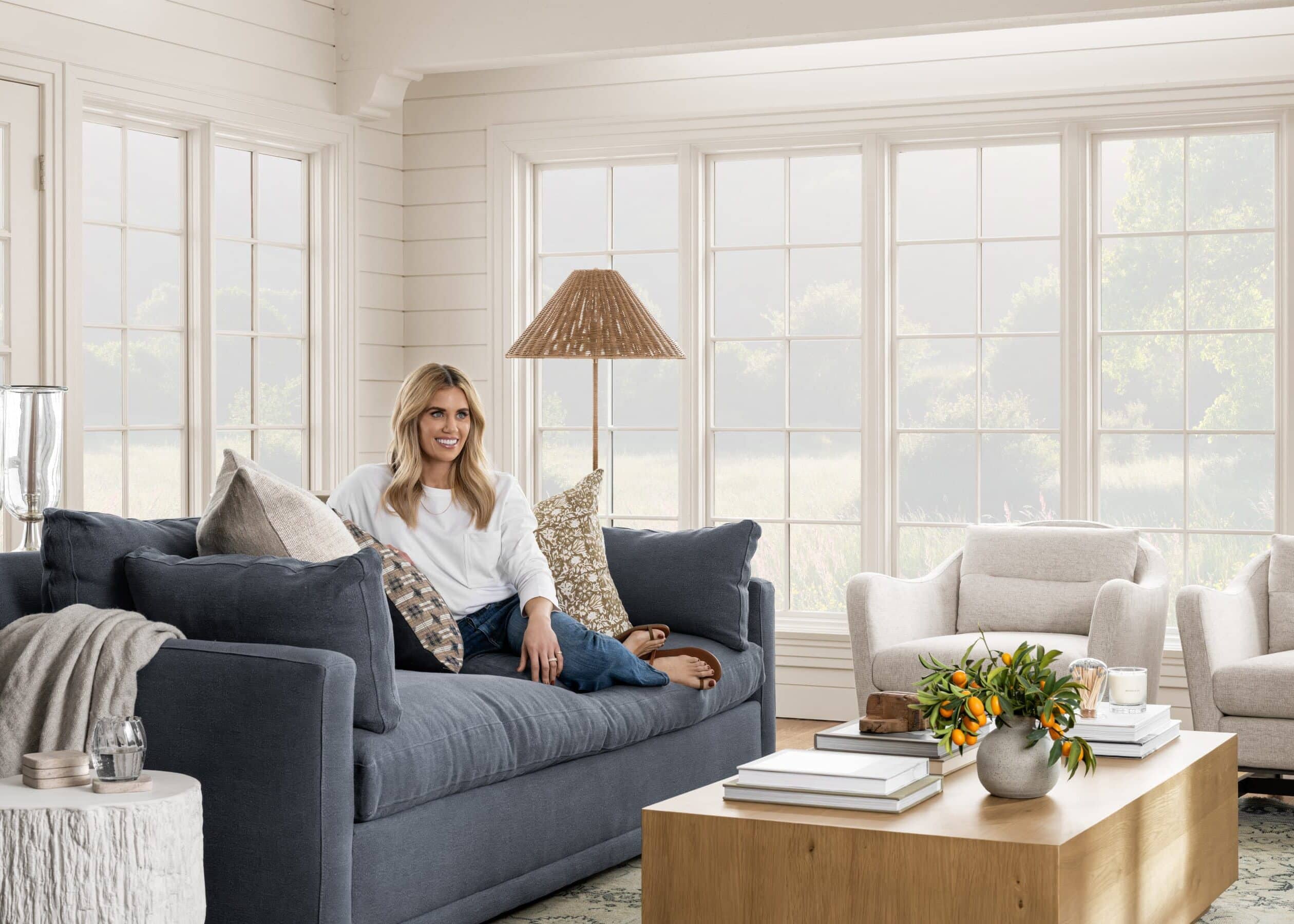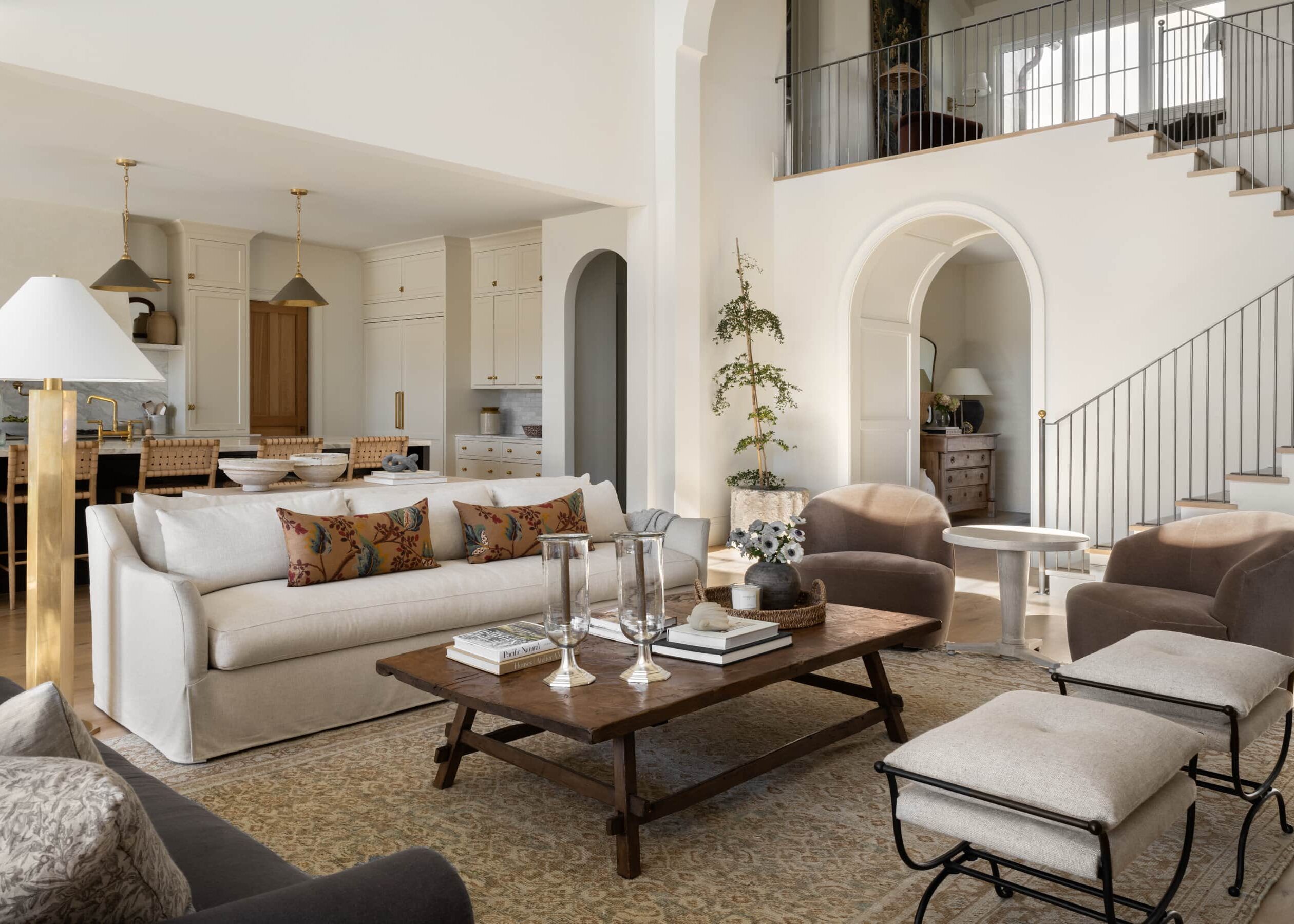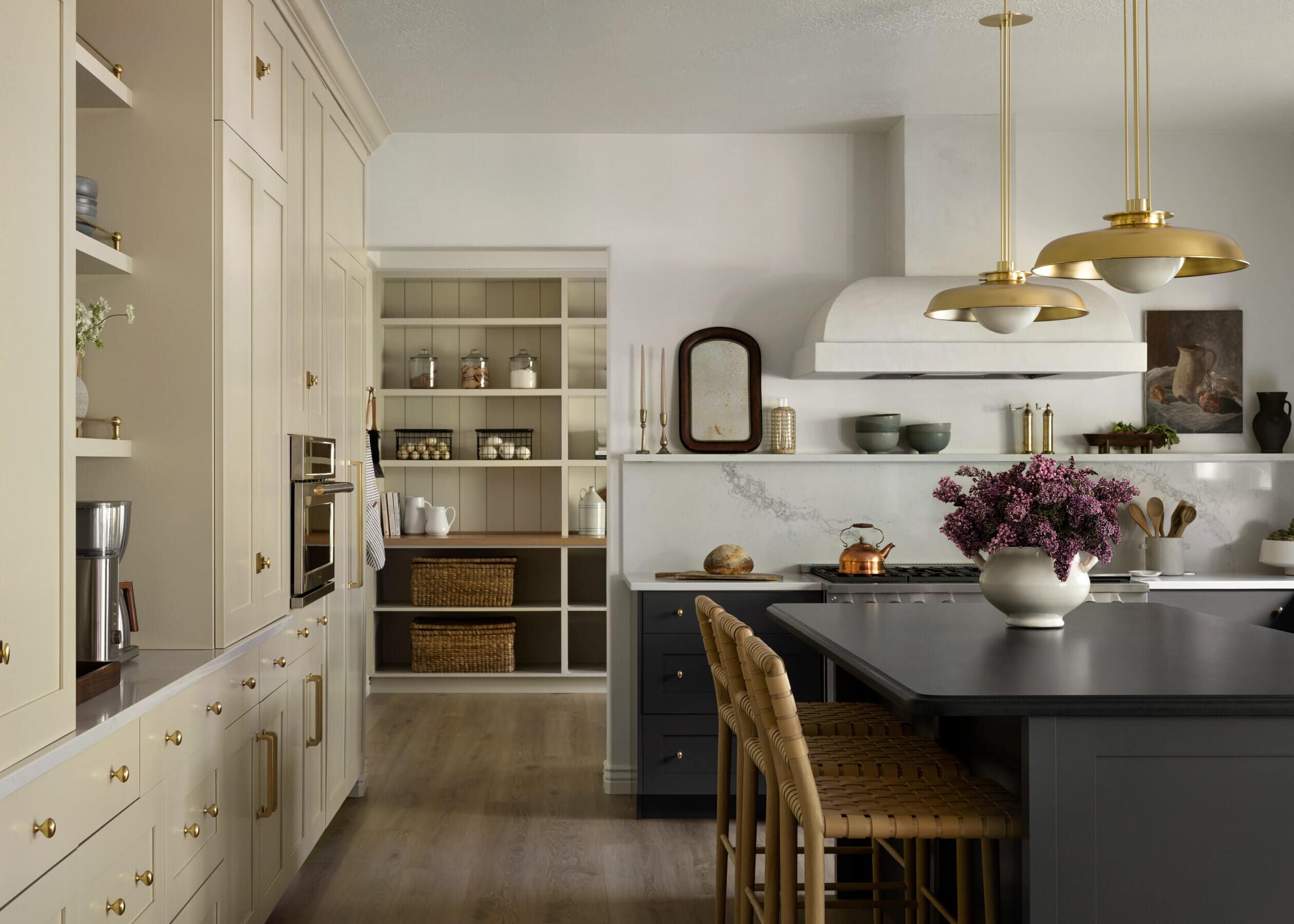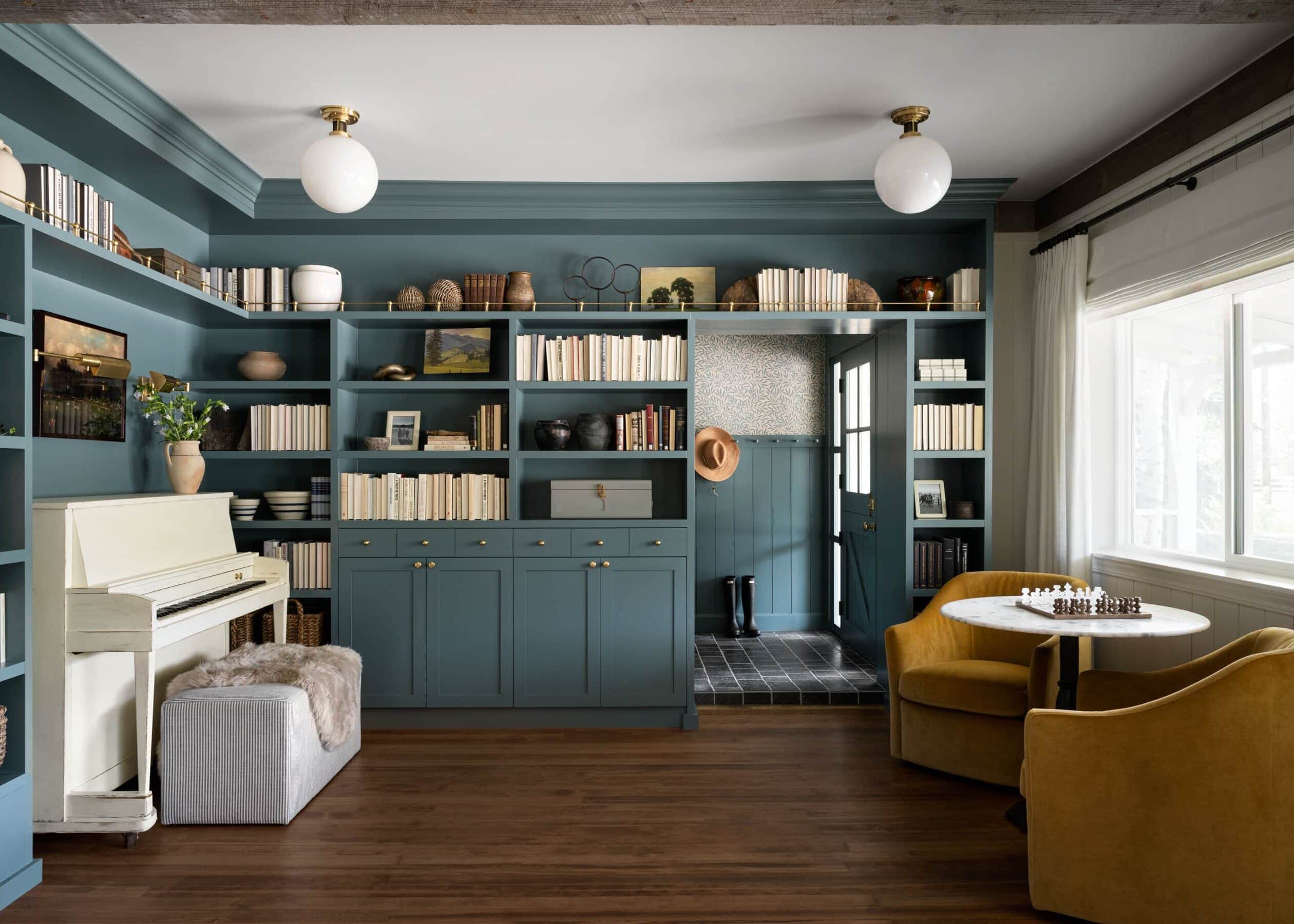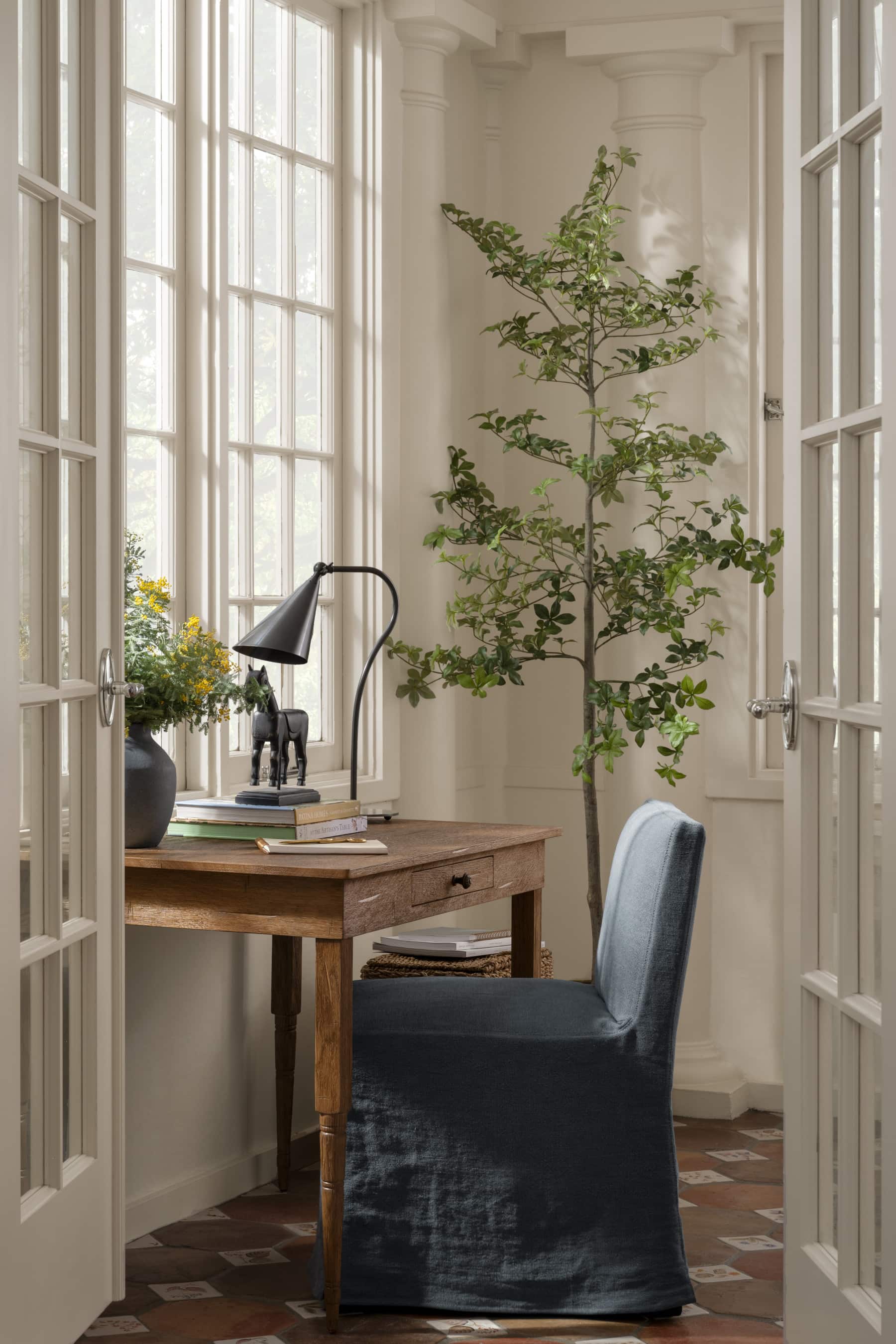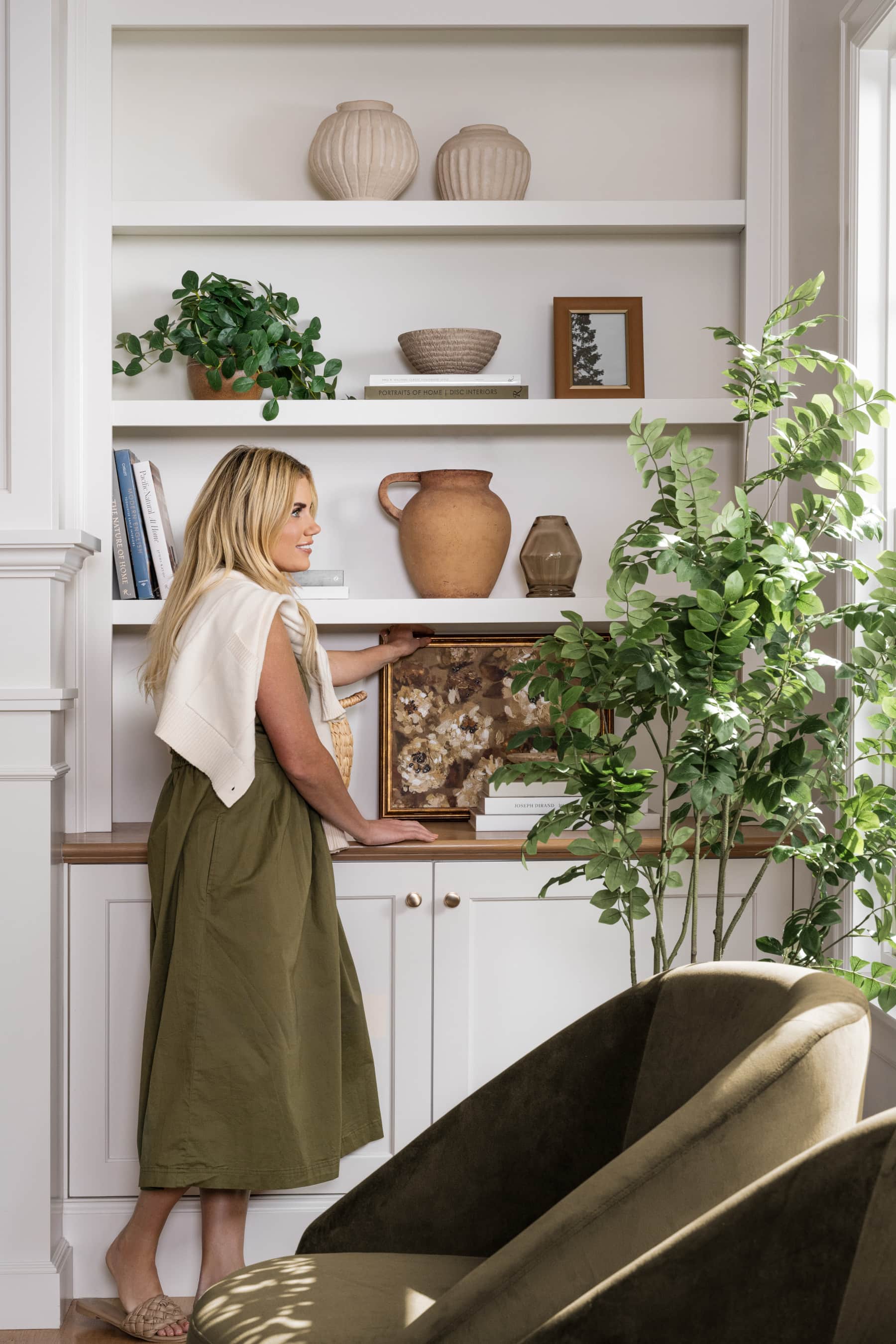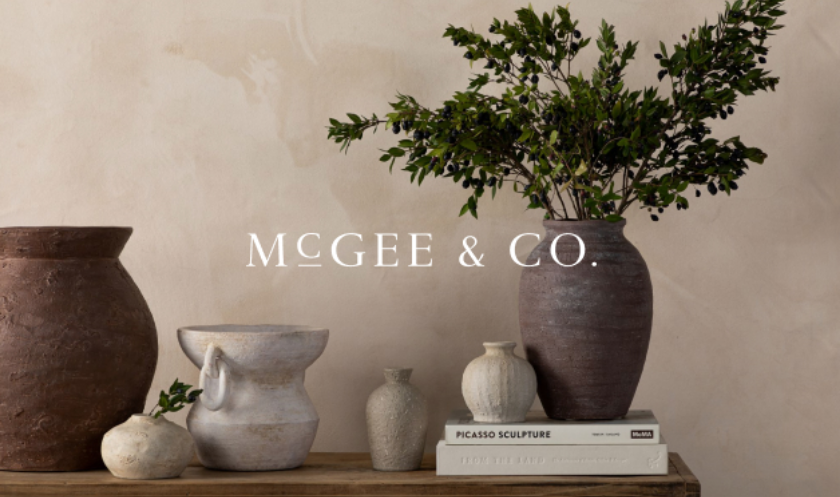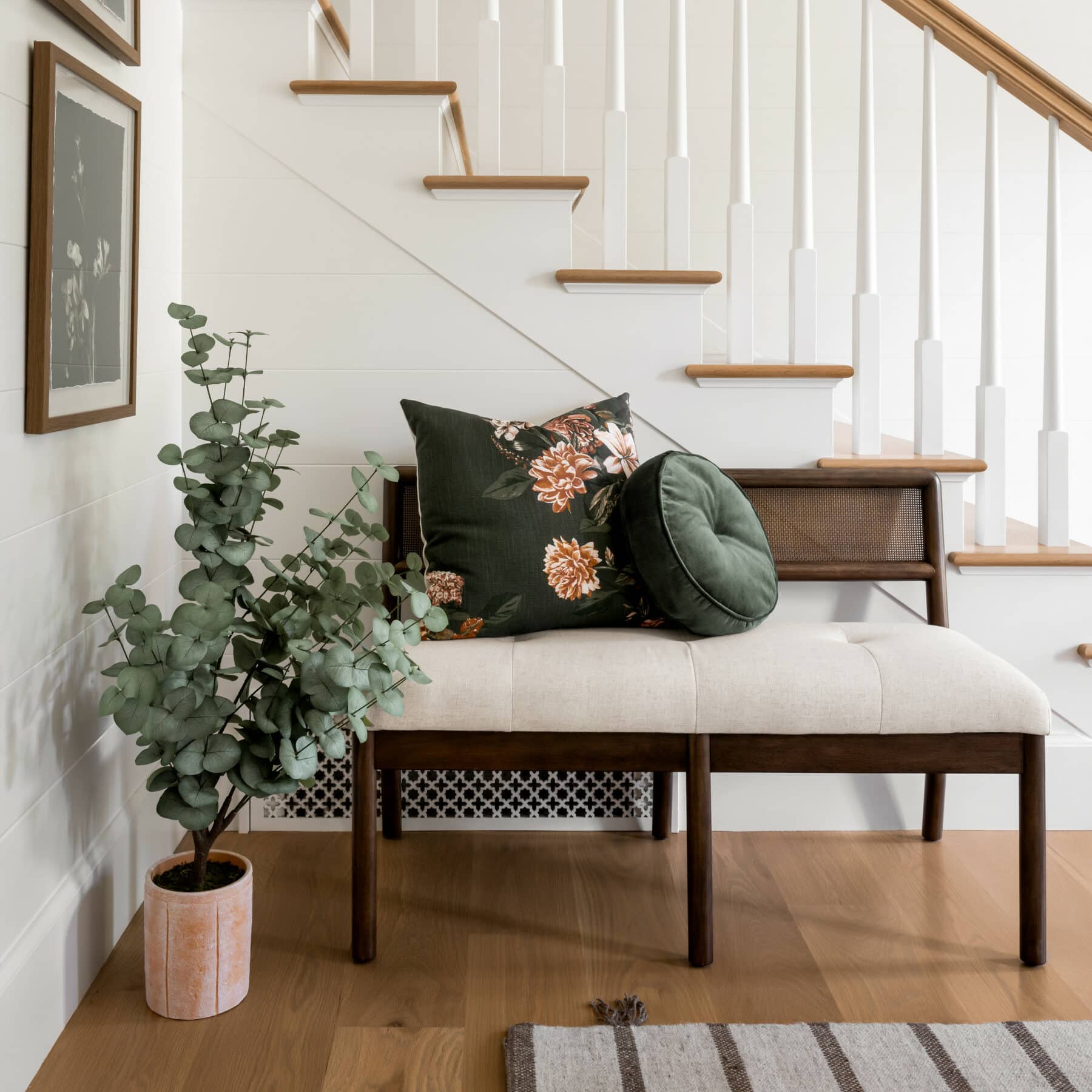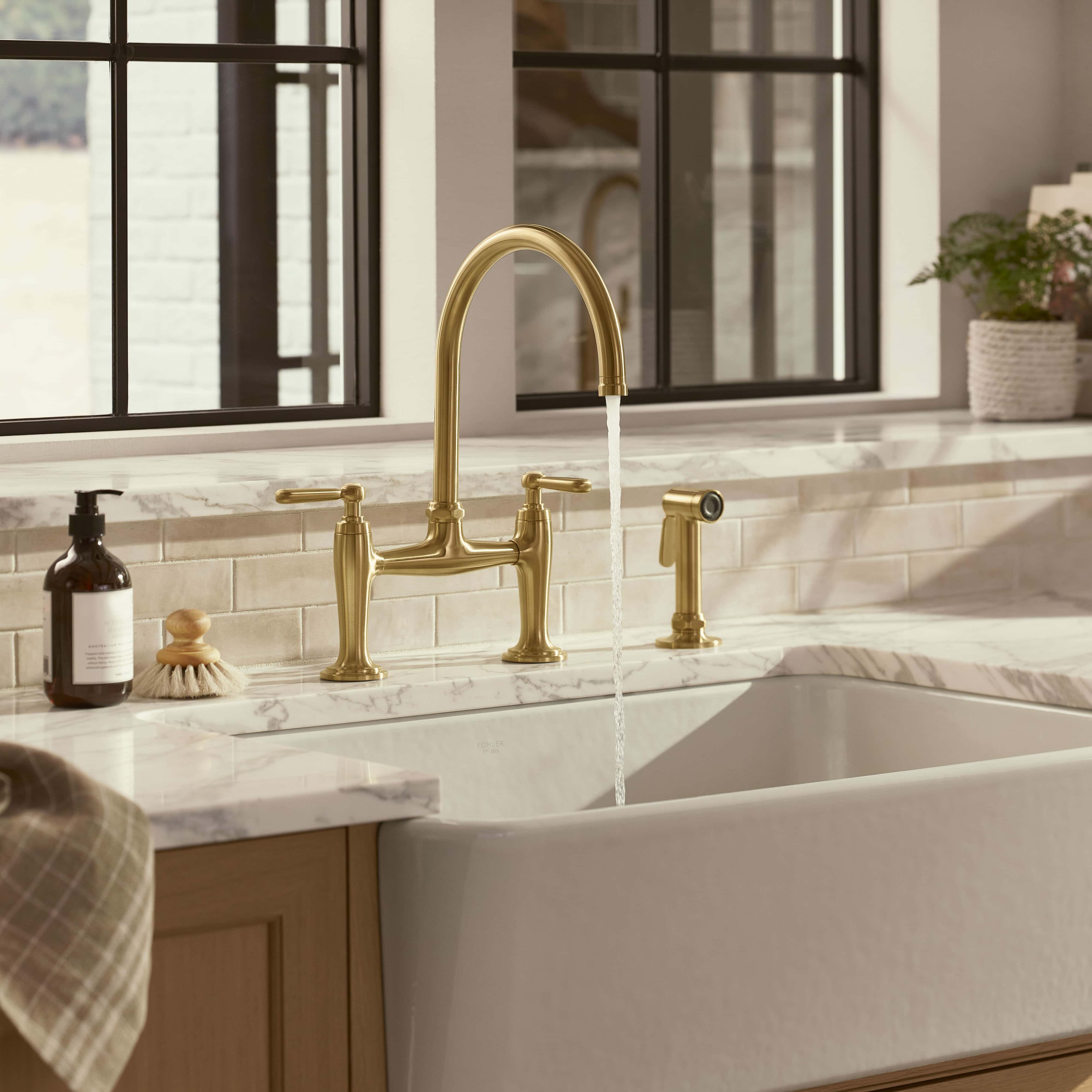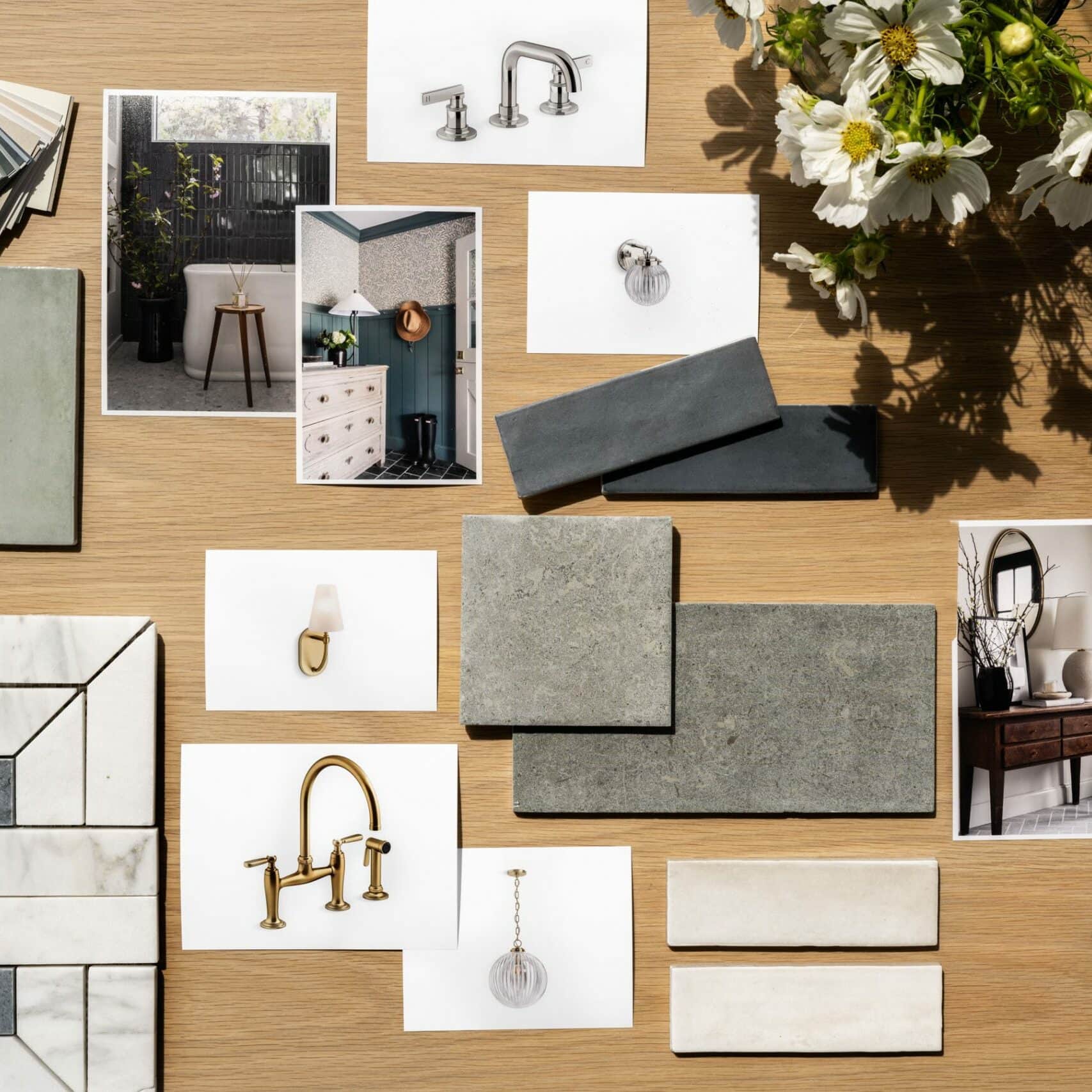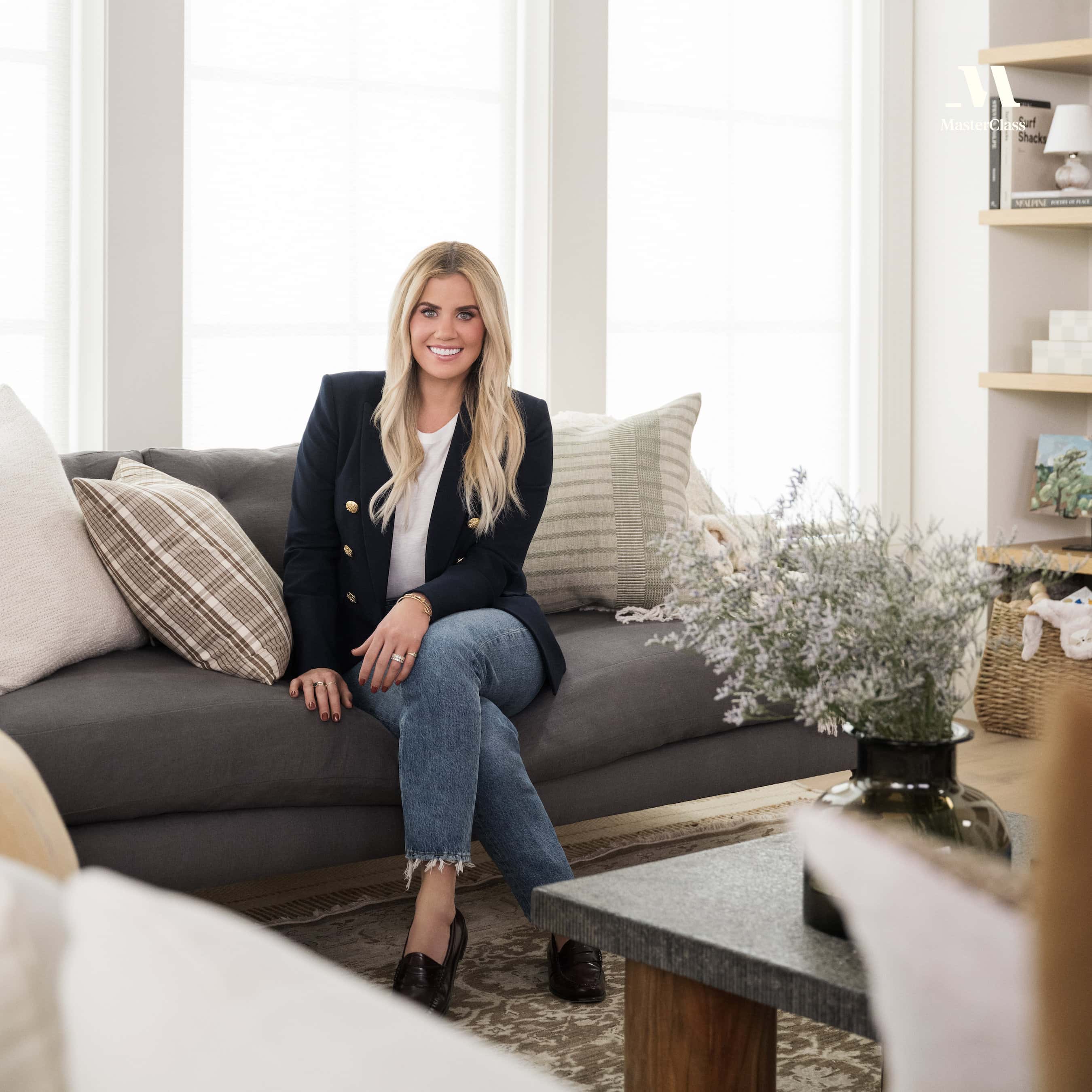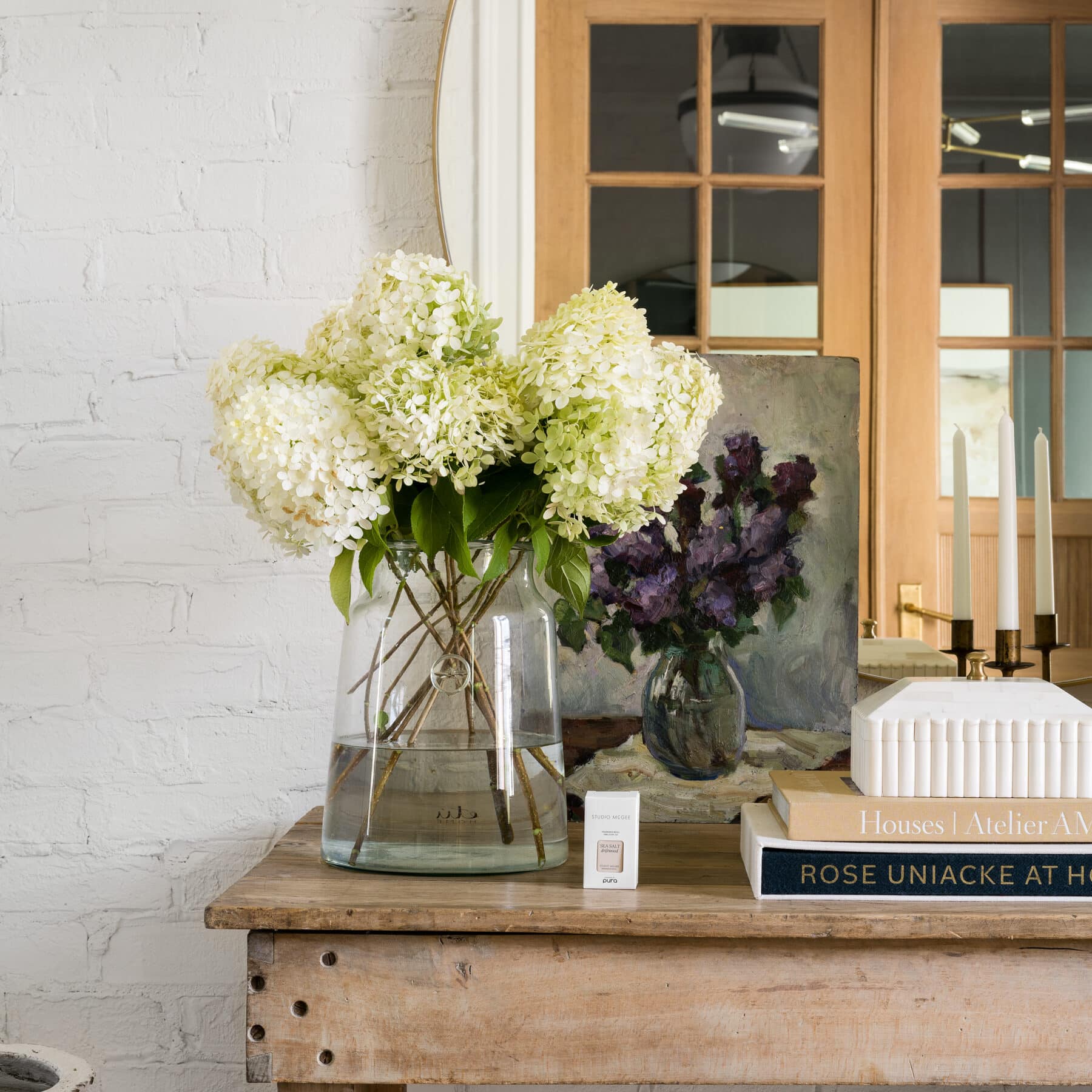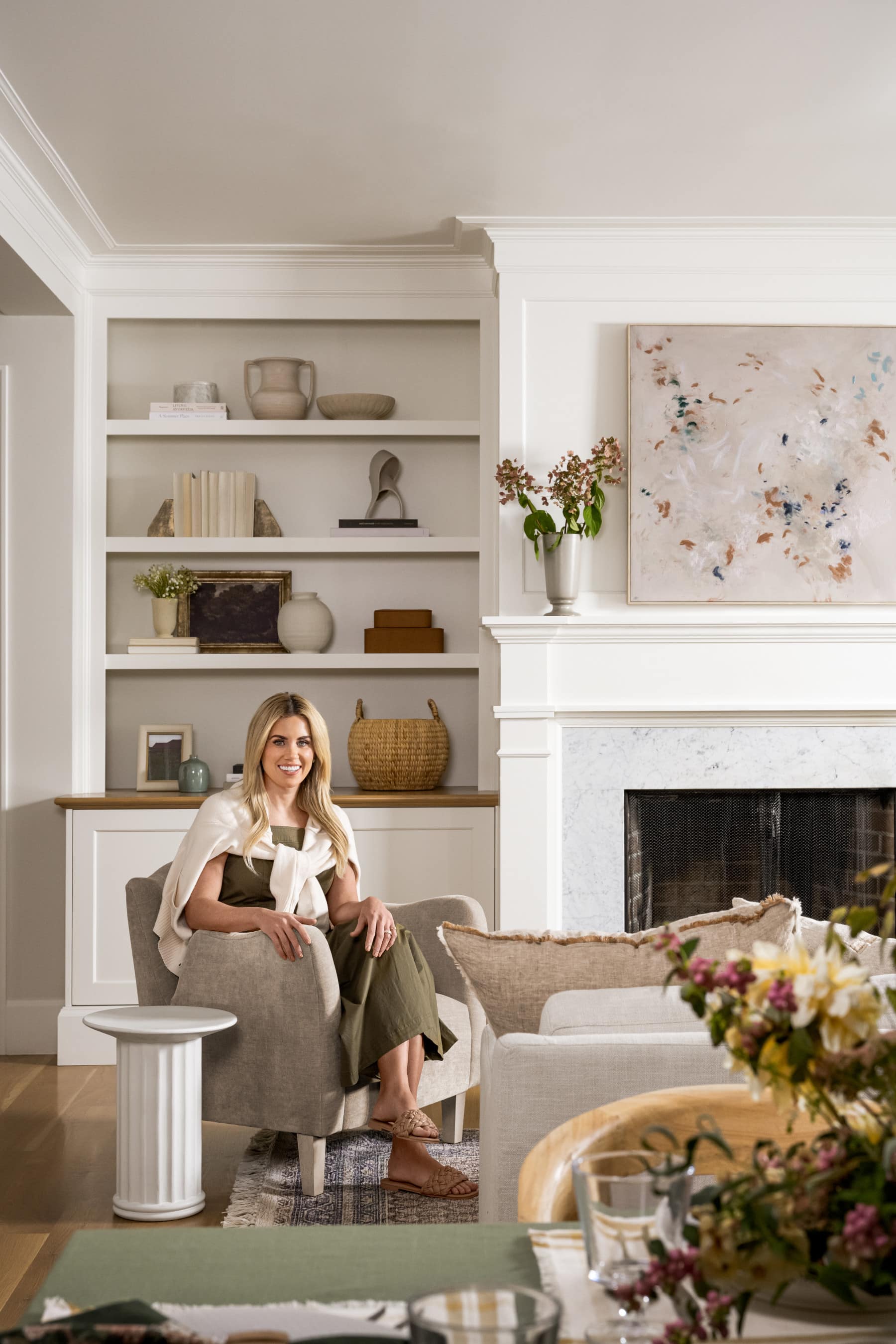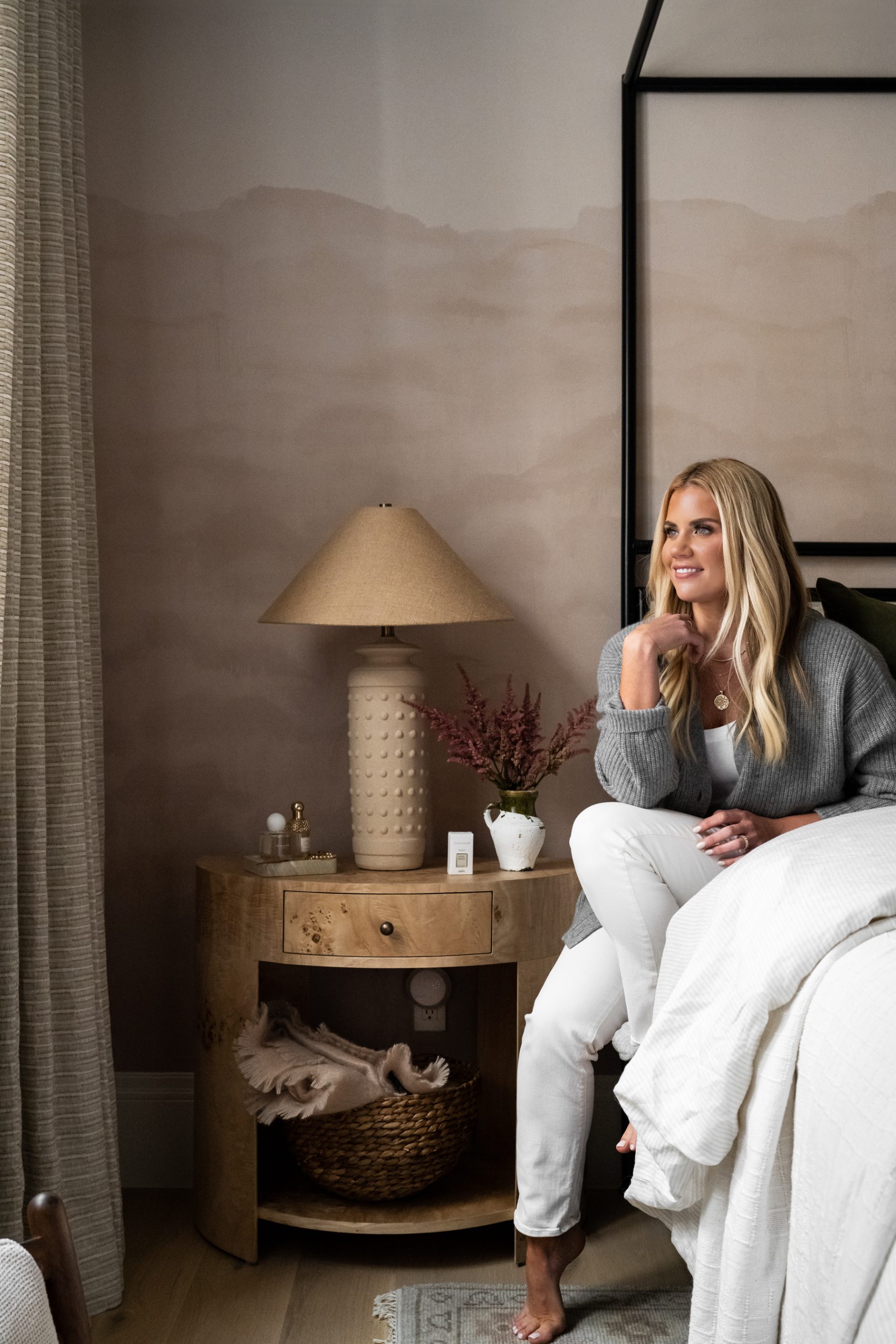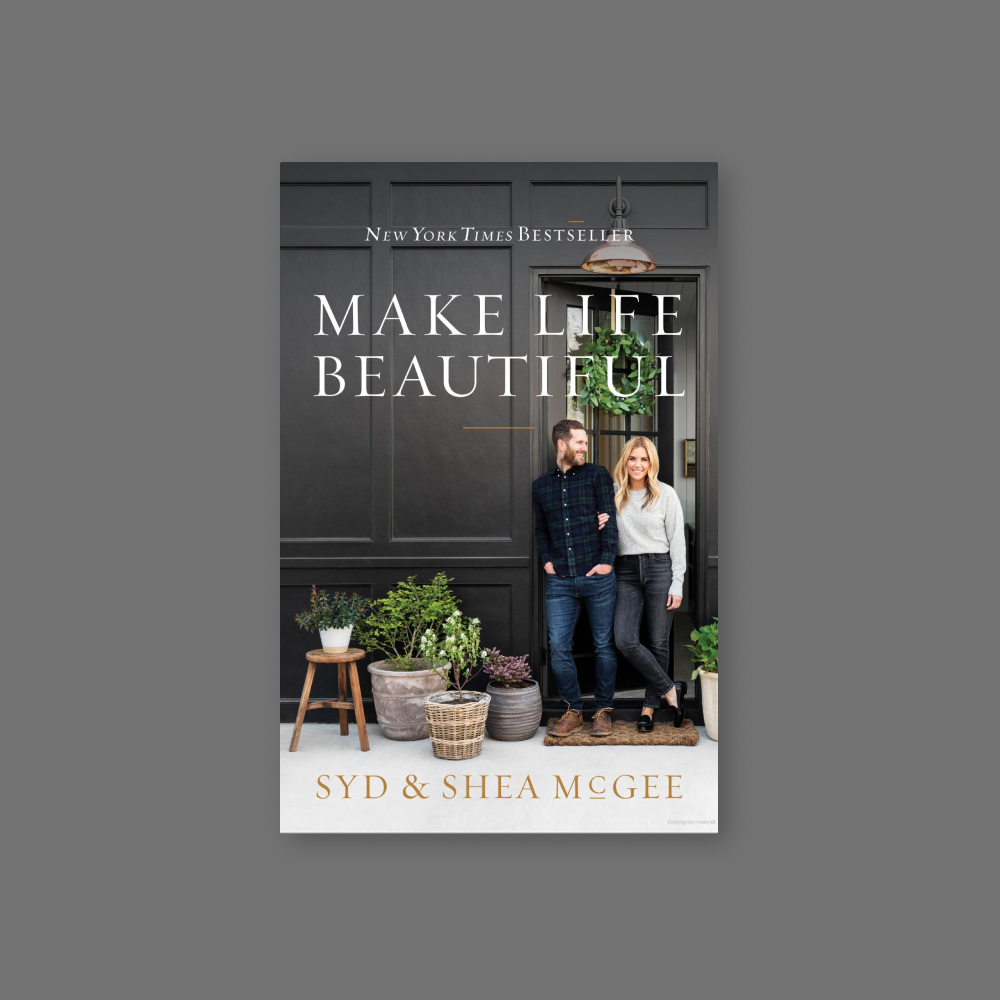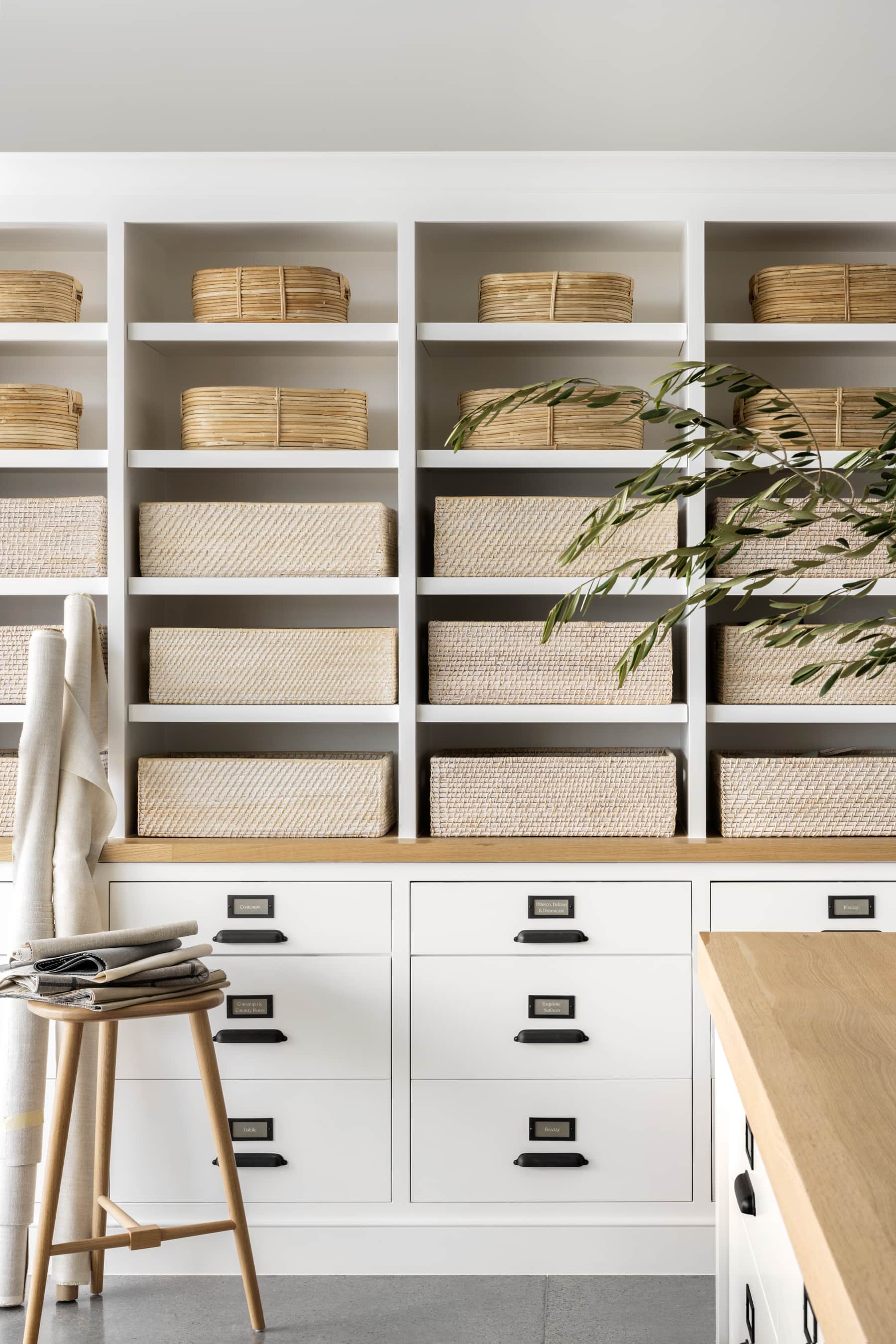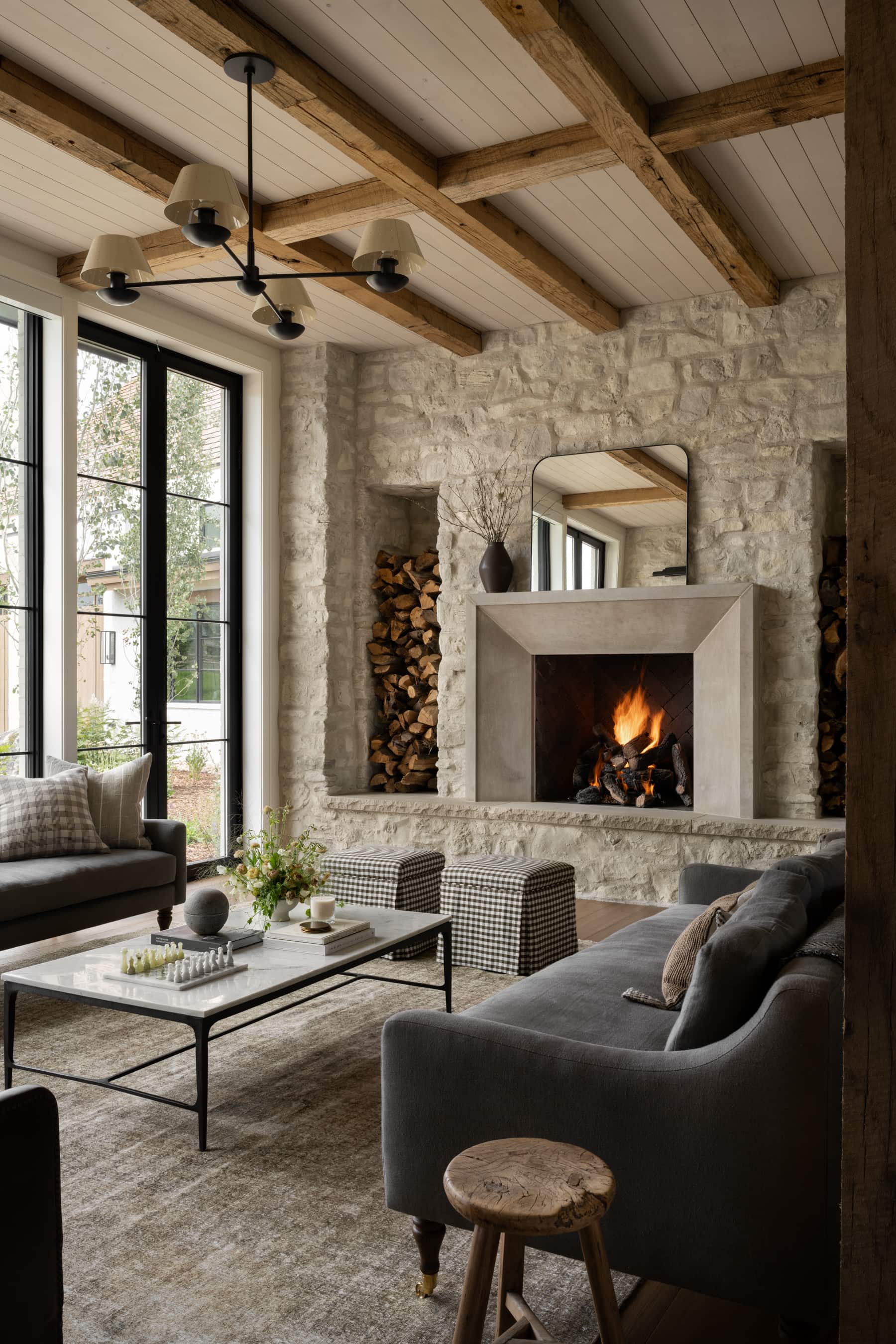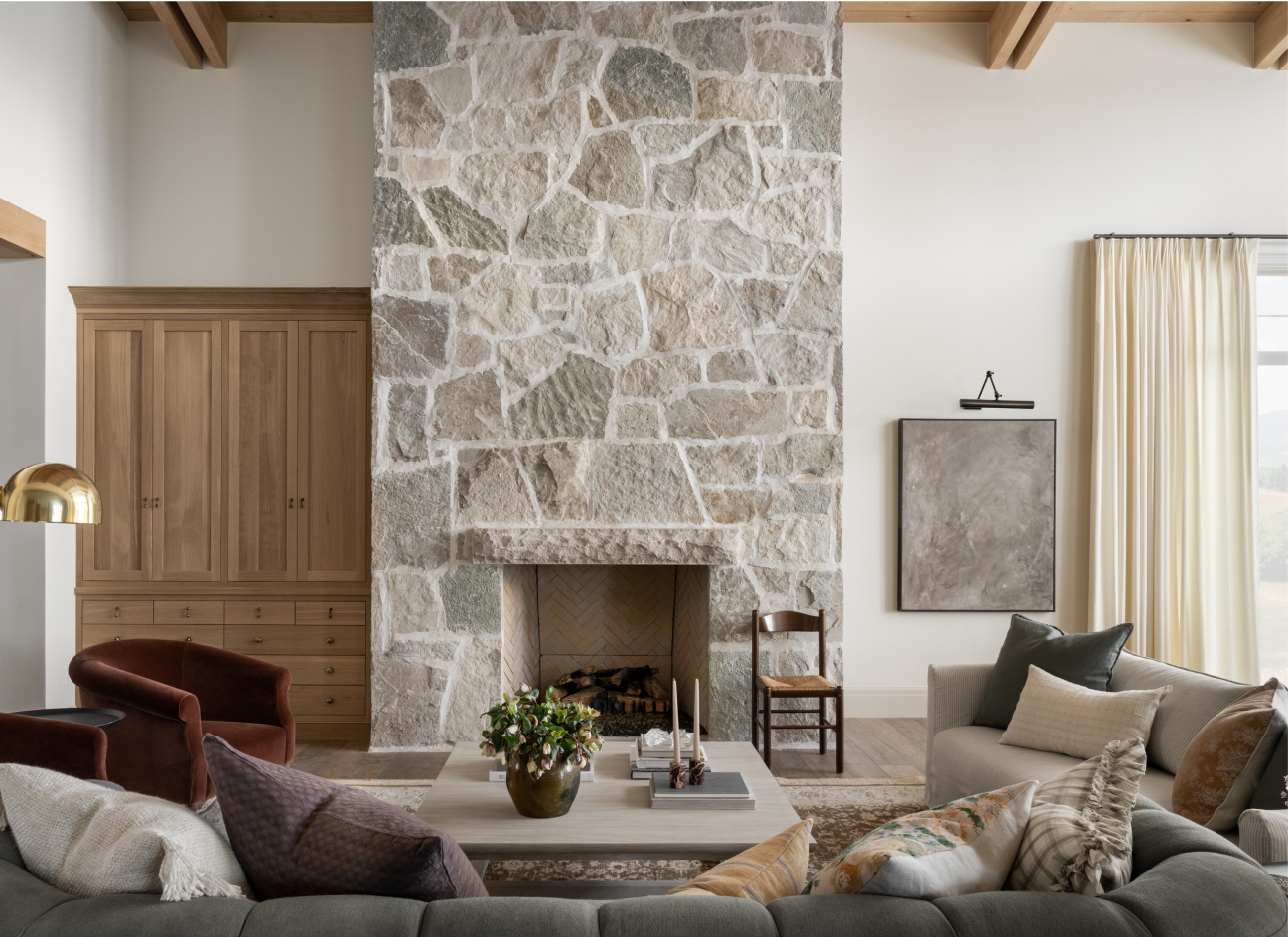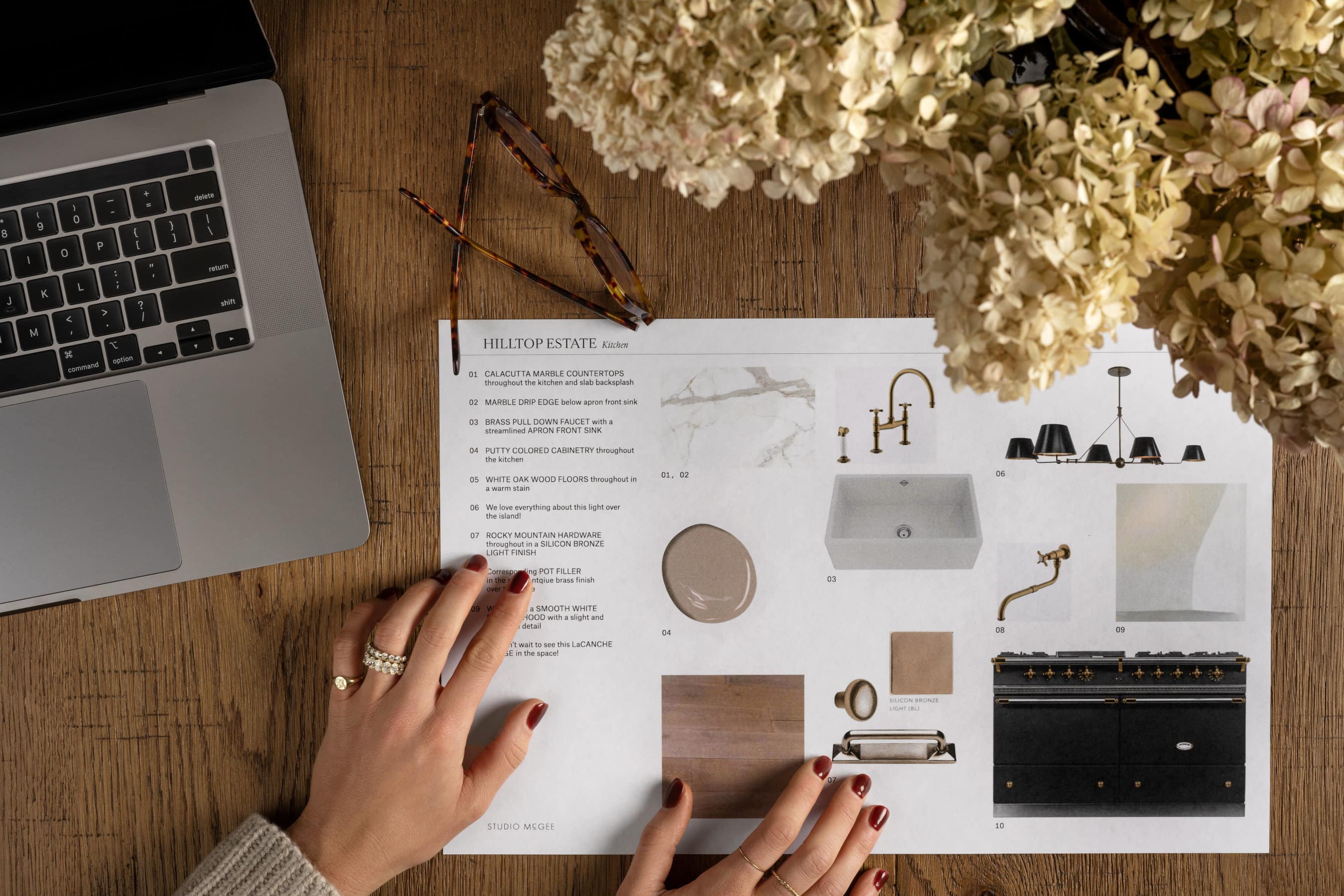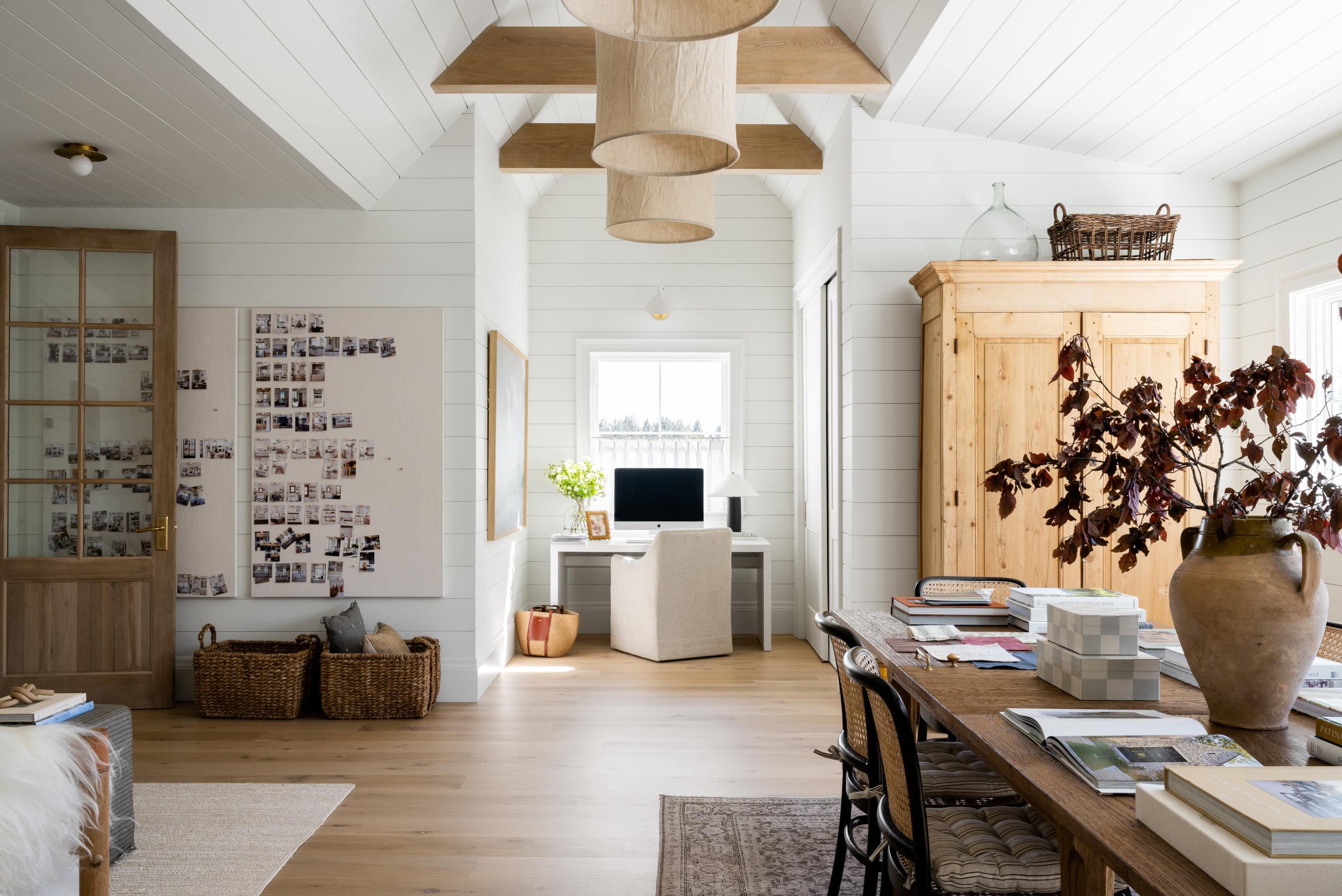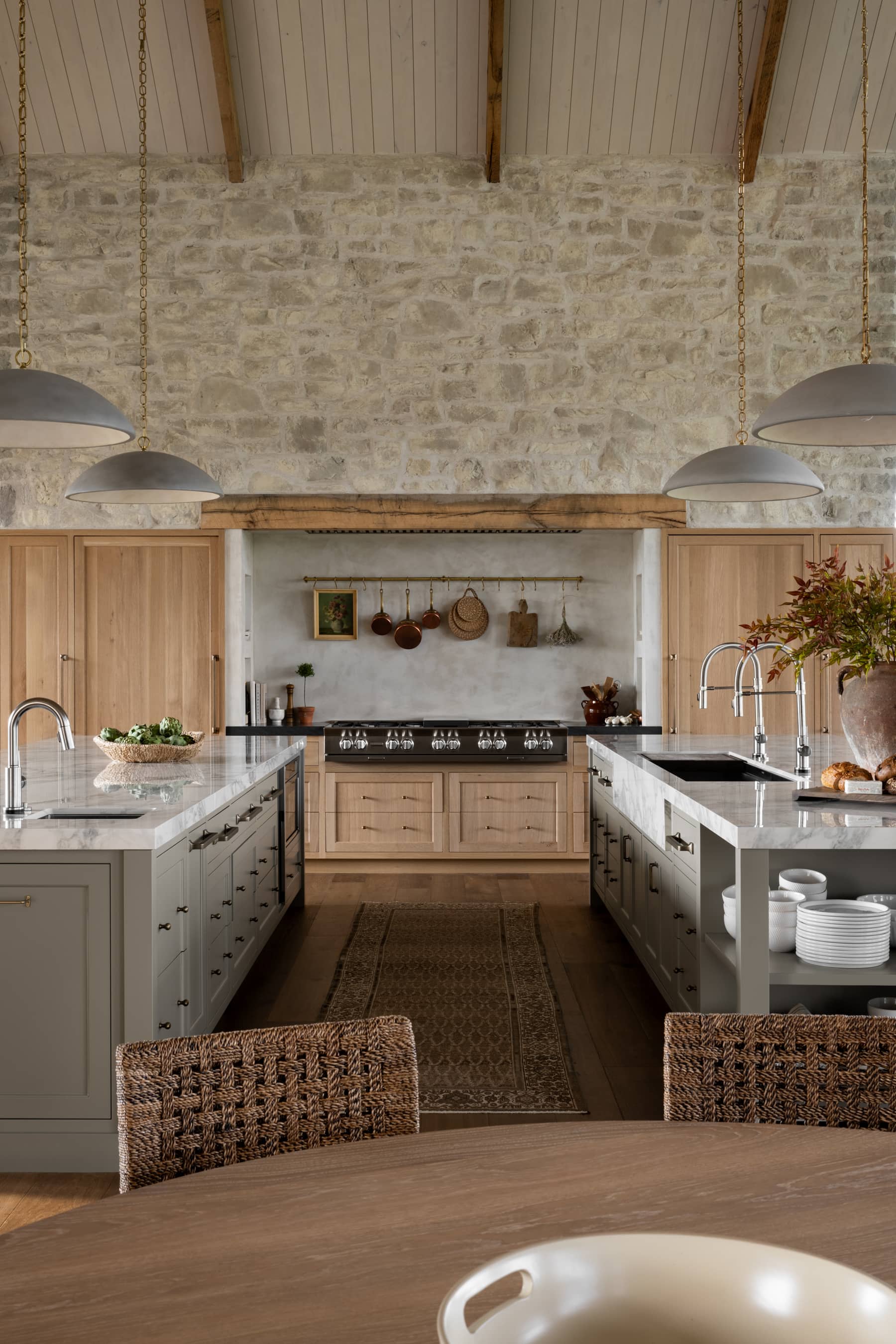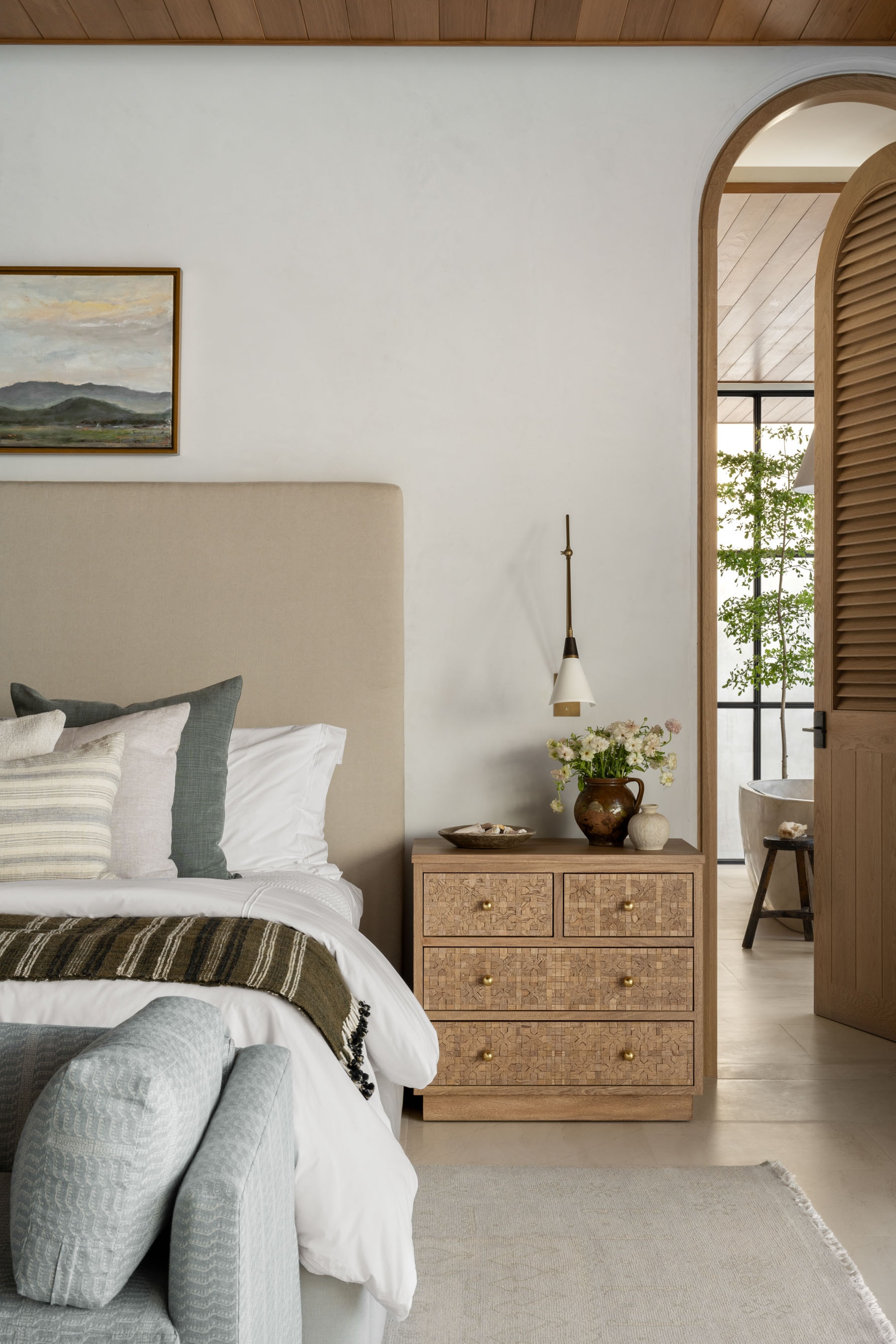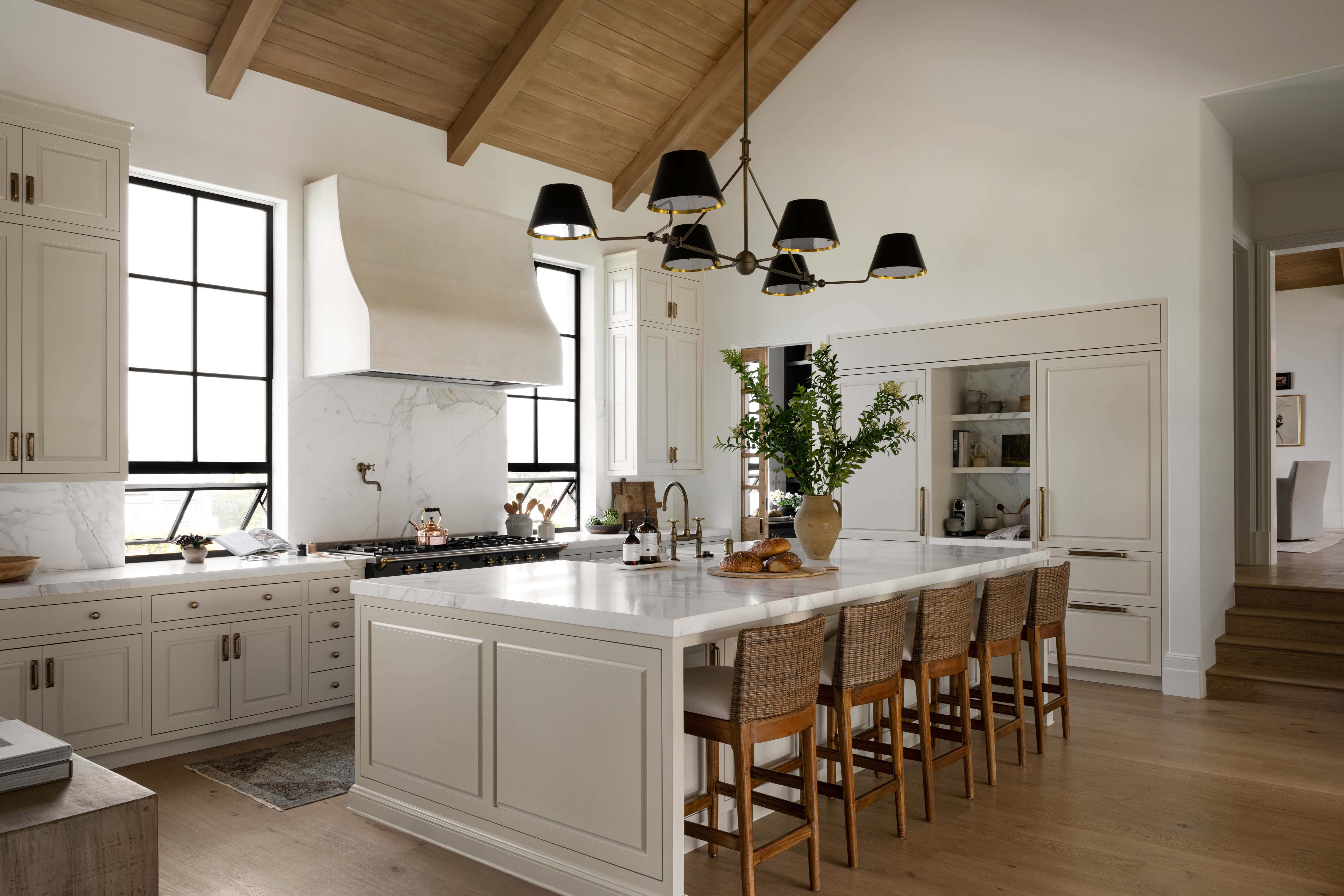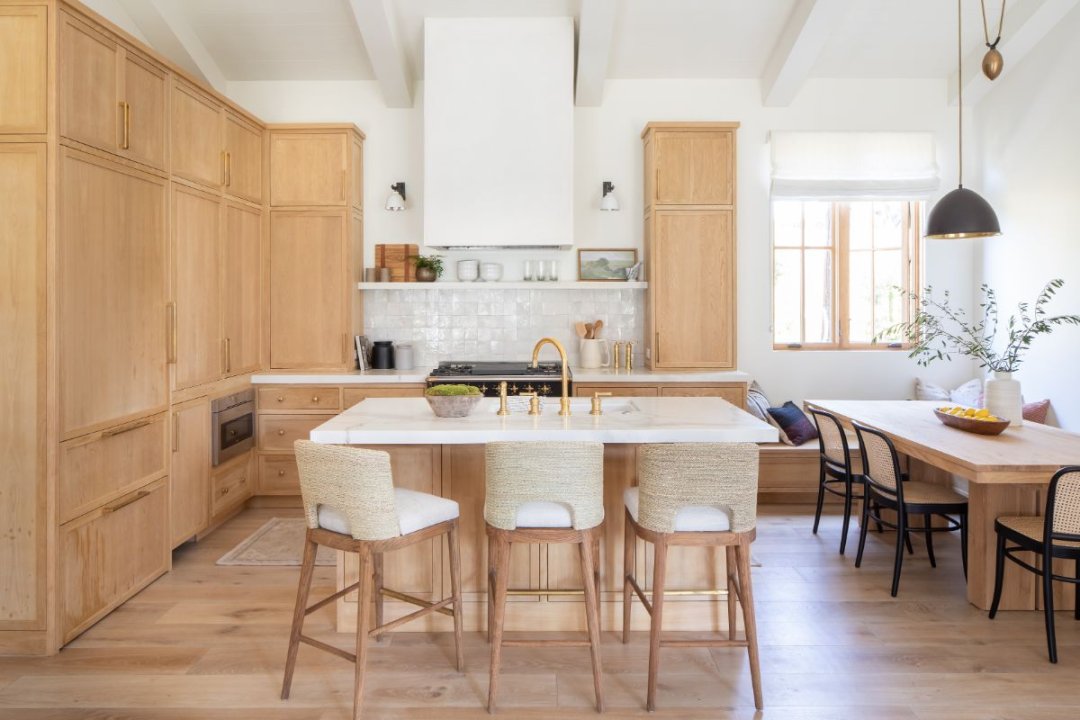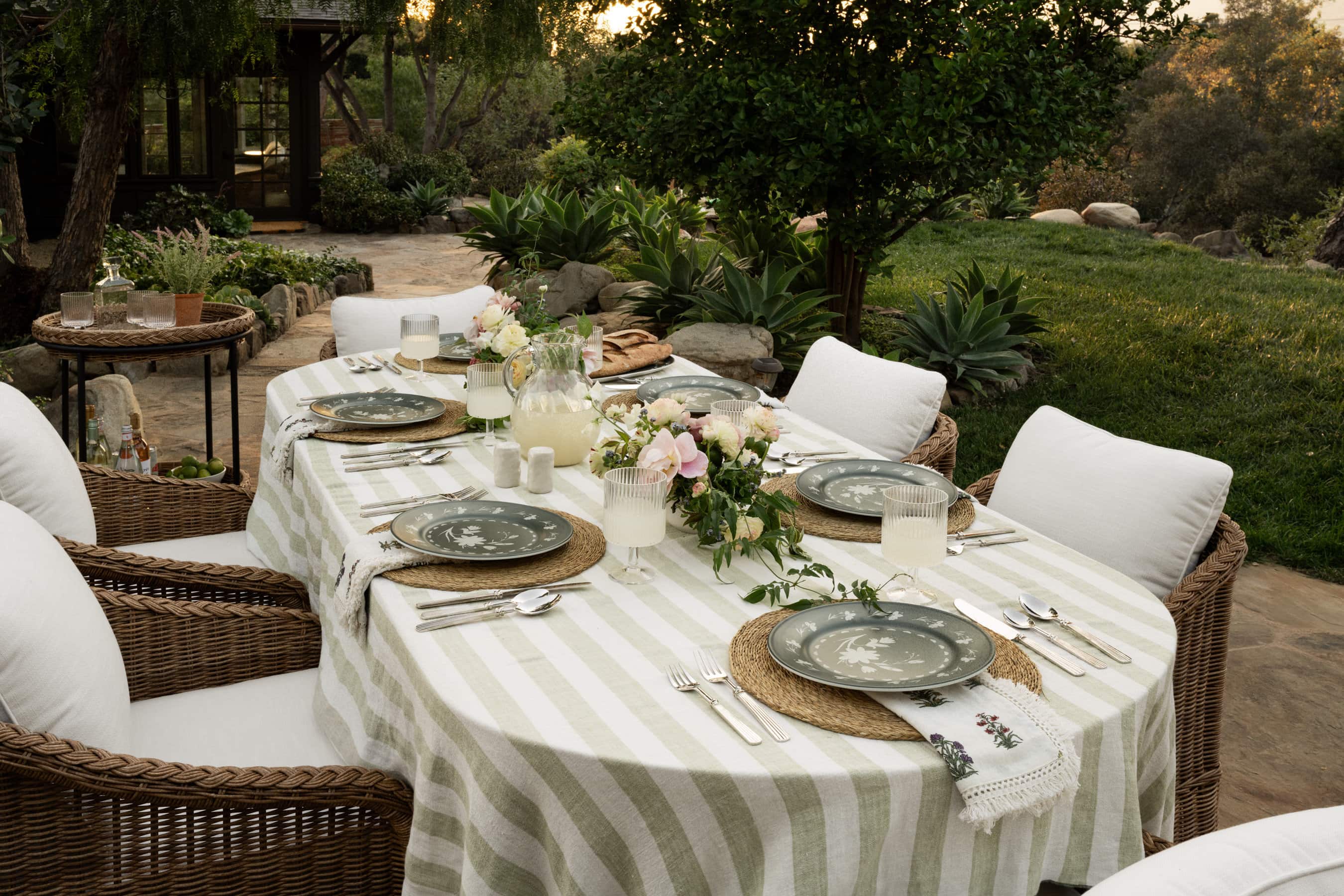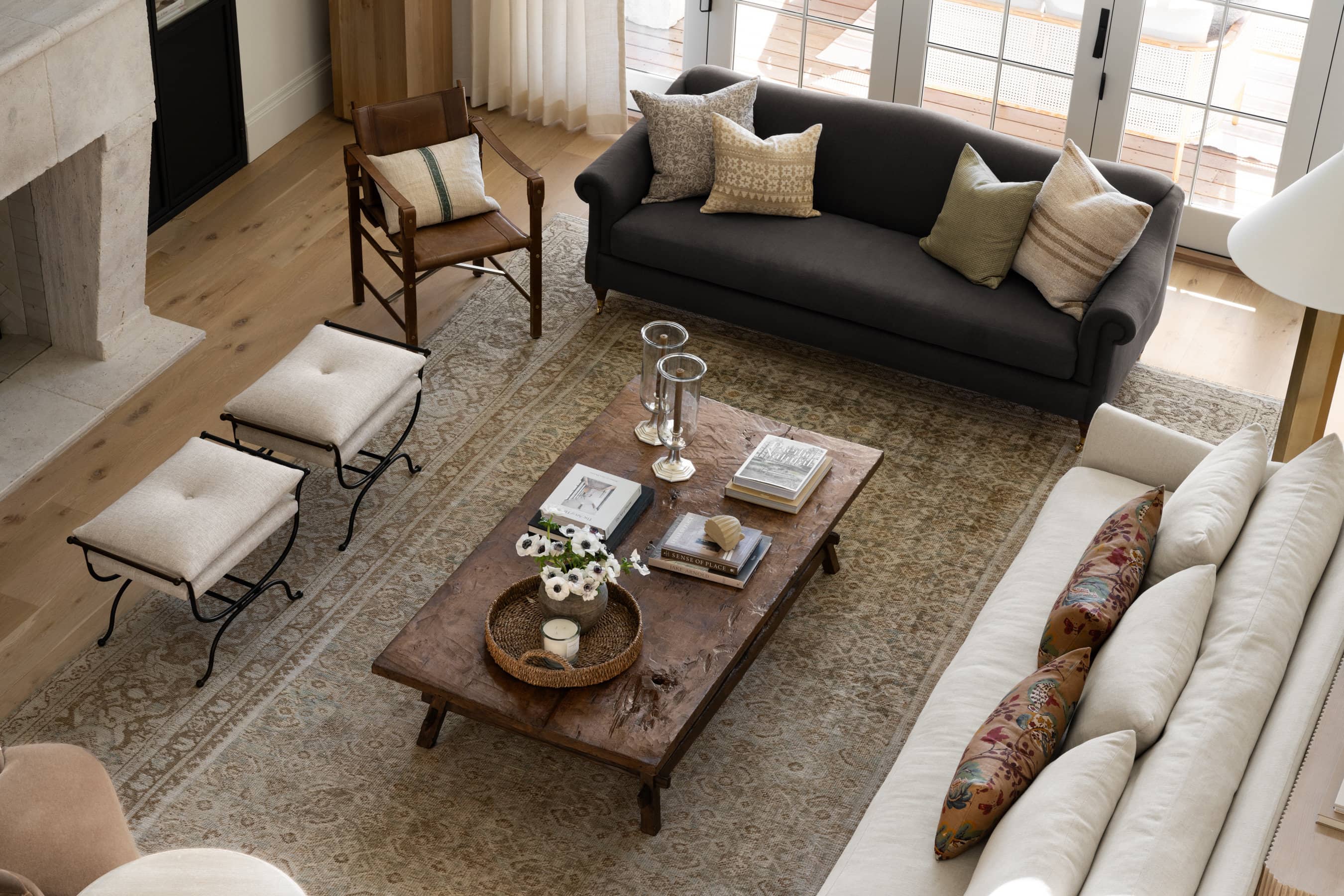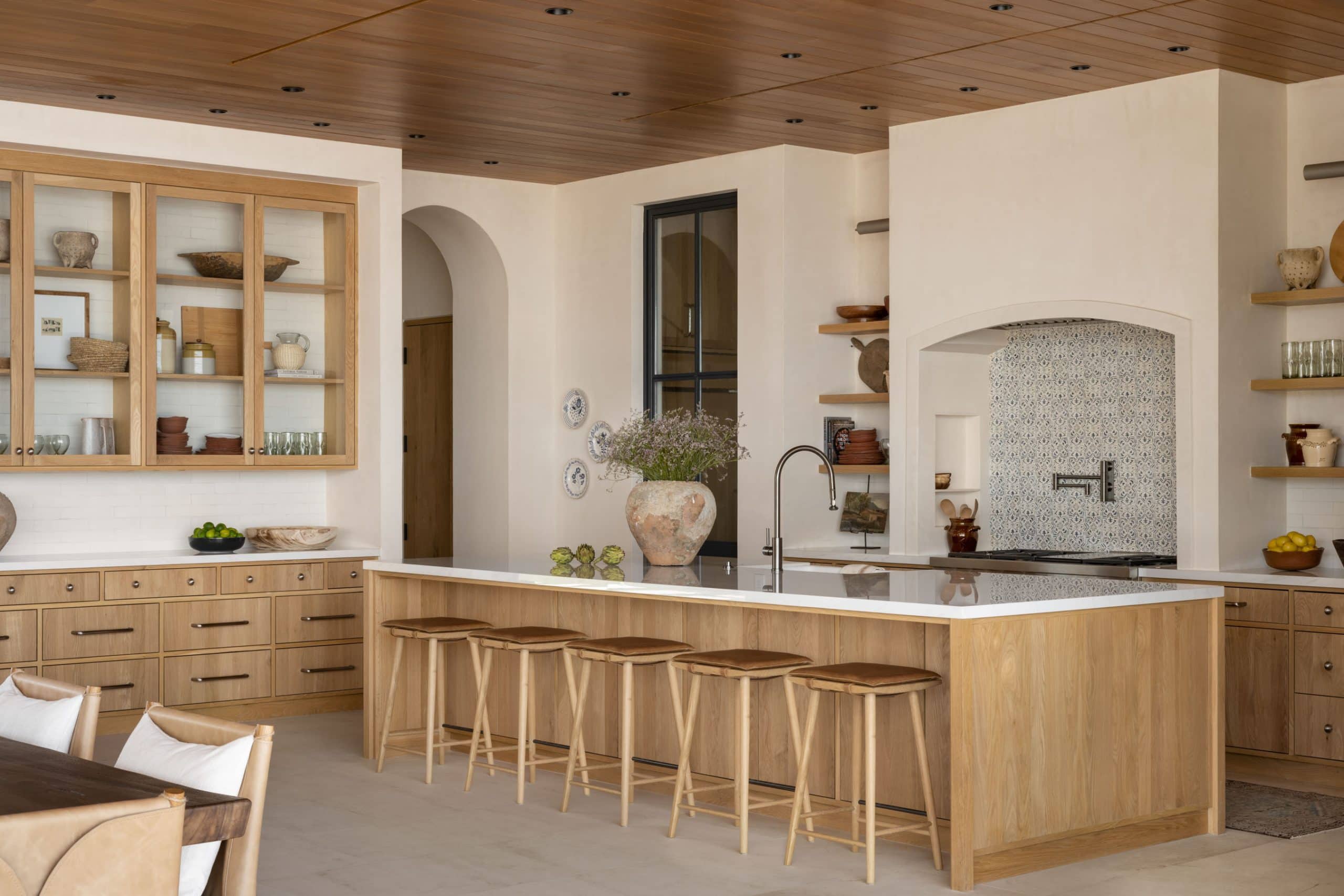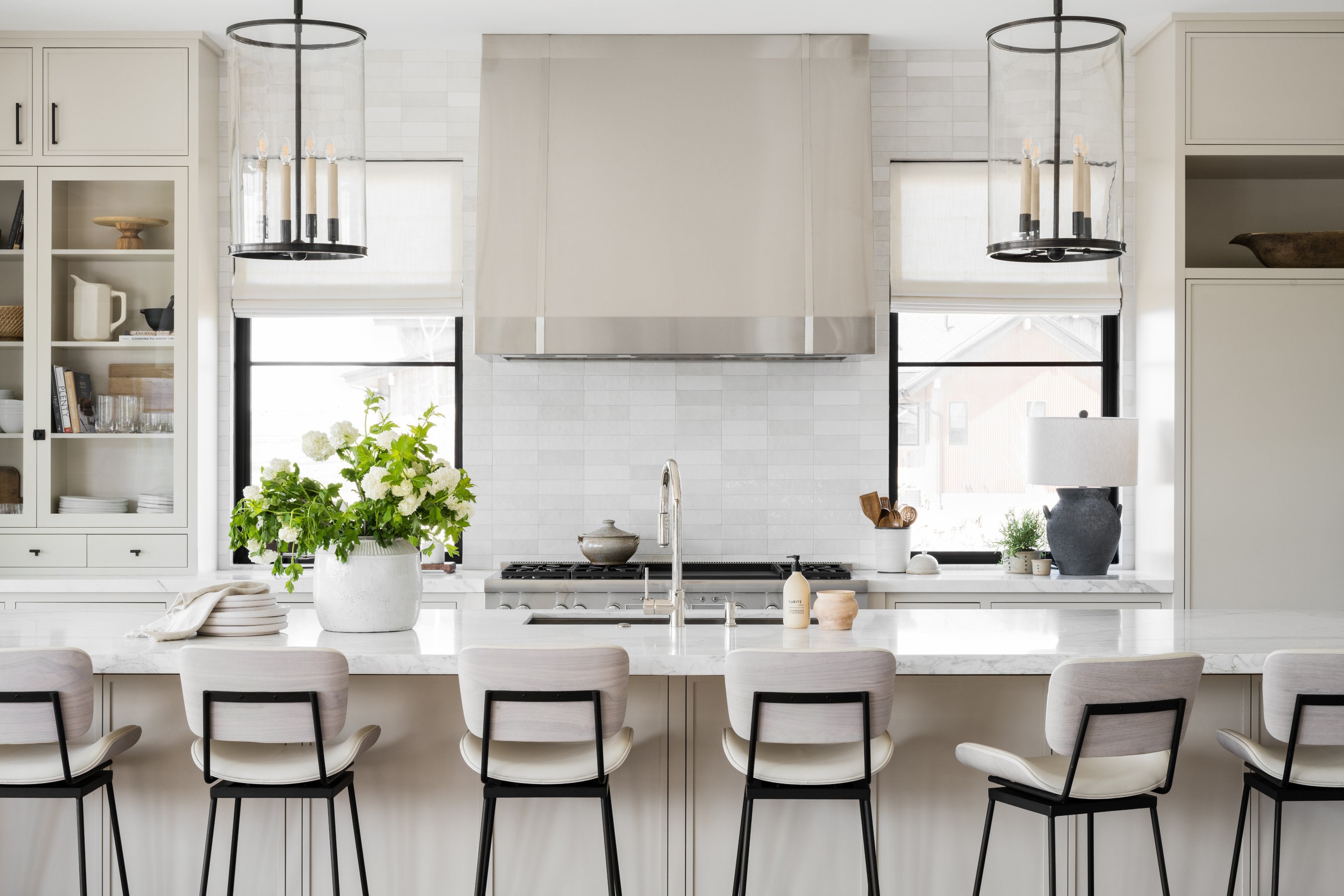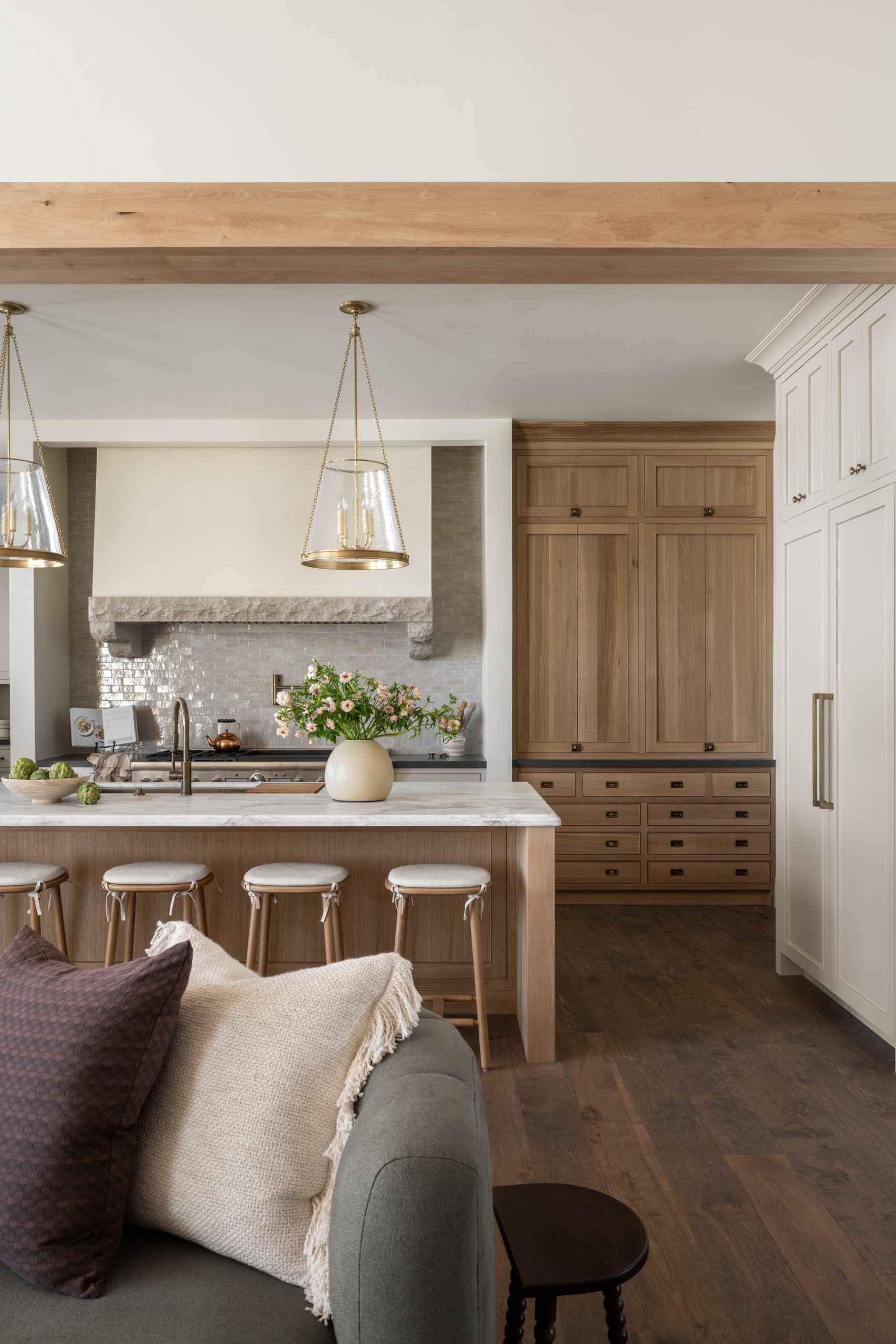
How To Mix Wood Tones in Your Home
The art of wood curation. Here, how to do it right.
31 January 2022 -
Mixing wood tones in your home can be a challenging endeavor, one that many shy away from when renovating or redesigning their home. If done right, the perfect mix of wood tones can make all the difference in your home’s design.
Our team often receives questions asking for guidance on how to mix-and-match wood tones without it clashing or without it being too matchy-matchy. One of the most recent ones we received was, “how do I mix wood tones in my home? For example, if a coffee table is a dark wood shade, can you add a bench in a lighter wood?” Our answer? Yes! We love mixing wood tones, and in our opinion, using only one wood tone throughout an entire space can make the design fall flat, lacking dimension. However, creating a balanced look with mixed wood tones can be easier said than done. Here, four tips from Shea and the design team on mixing wood tones in your home’s design.
Mixing wood tones in your home can be a challenging endeavor, one that many shy away from when renovating or redesigning their home. If done right, the perfect mix of wood tones can make all the difference in your home’s design.
Our team often receives questions asking for guidance on how to mix-and-match wood tones without it clashing or without it being too matchy-matchy. One of the most recent ones we received was, “how do I mix wood tones in my home? For example, if a coffee table is a dark wood shade, can you add a bench in a lighter wood?” Our answer? Yes! We love mixing wood tones, and in our opinion, using only one wood tone throughout an entire space can make the design fall flat, lacking dimension. However, creating a balanced look with mixed wood tones can be easier said than done. Although we’ve touched on mixing woods before, we’ve never done an entire post covering our favorite wood-blending tips, and today we’re excited to share a few things we’ve learned over the years. Here, four tips from Shea and the design team on mixing wood tones in your home’s design.
No. 01 | Identify your dominant wood tone or tones
No. 03 | Complement or contrast your tones
No. 04 | Balance the woods throughout your space
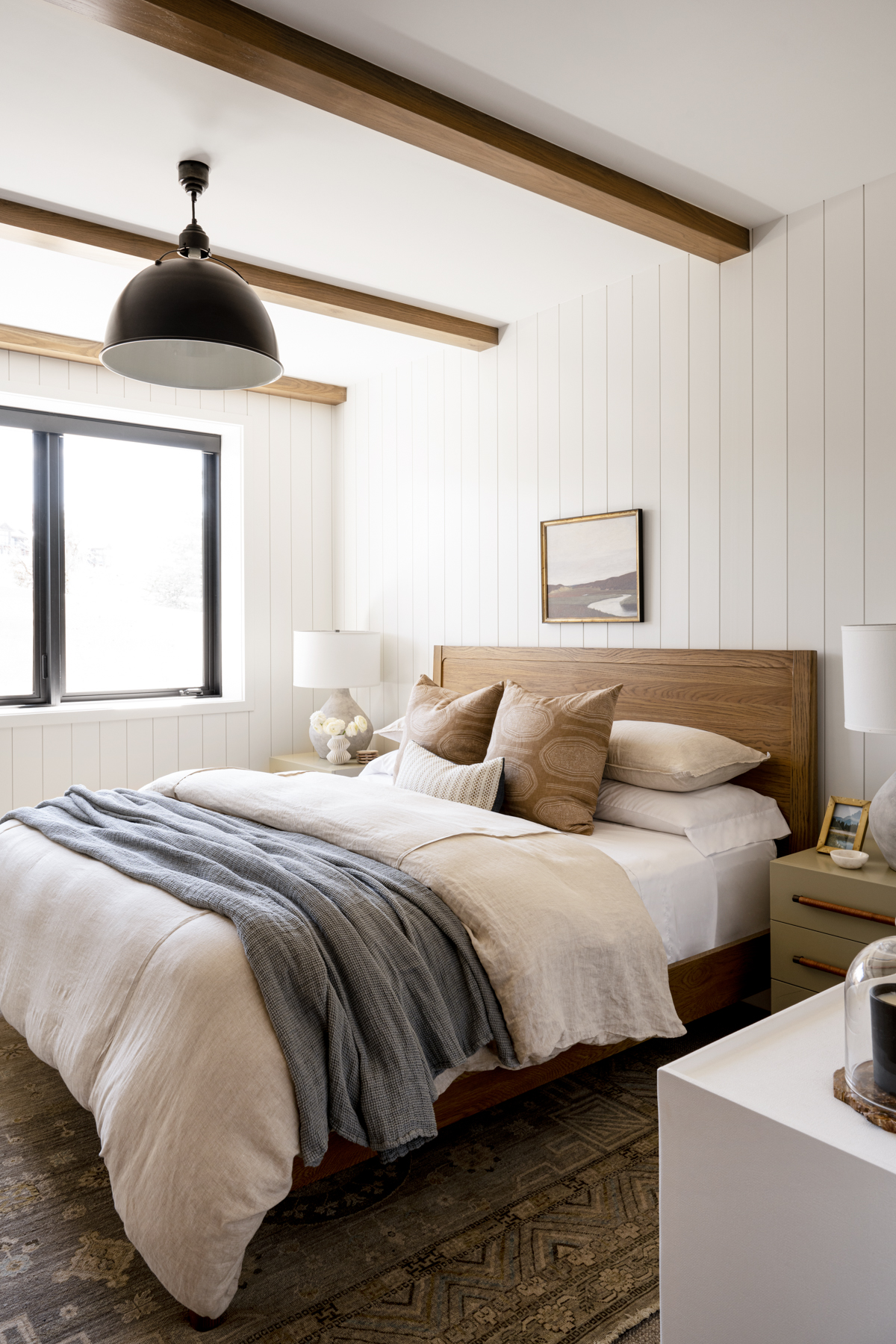
From our Mountainside Retreat Project
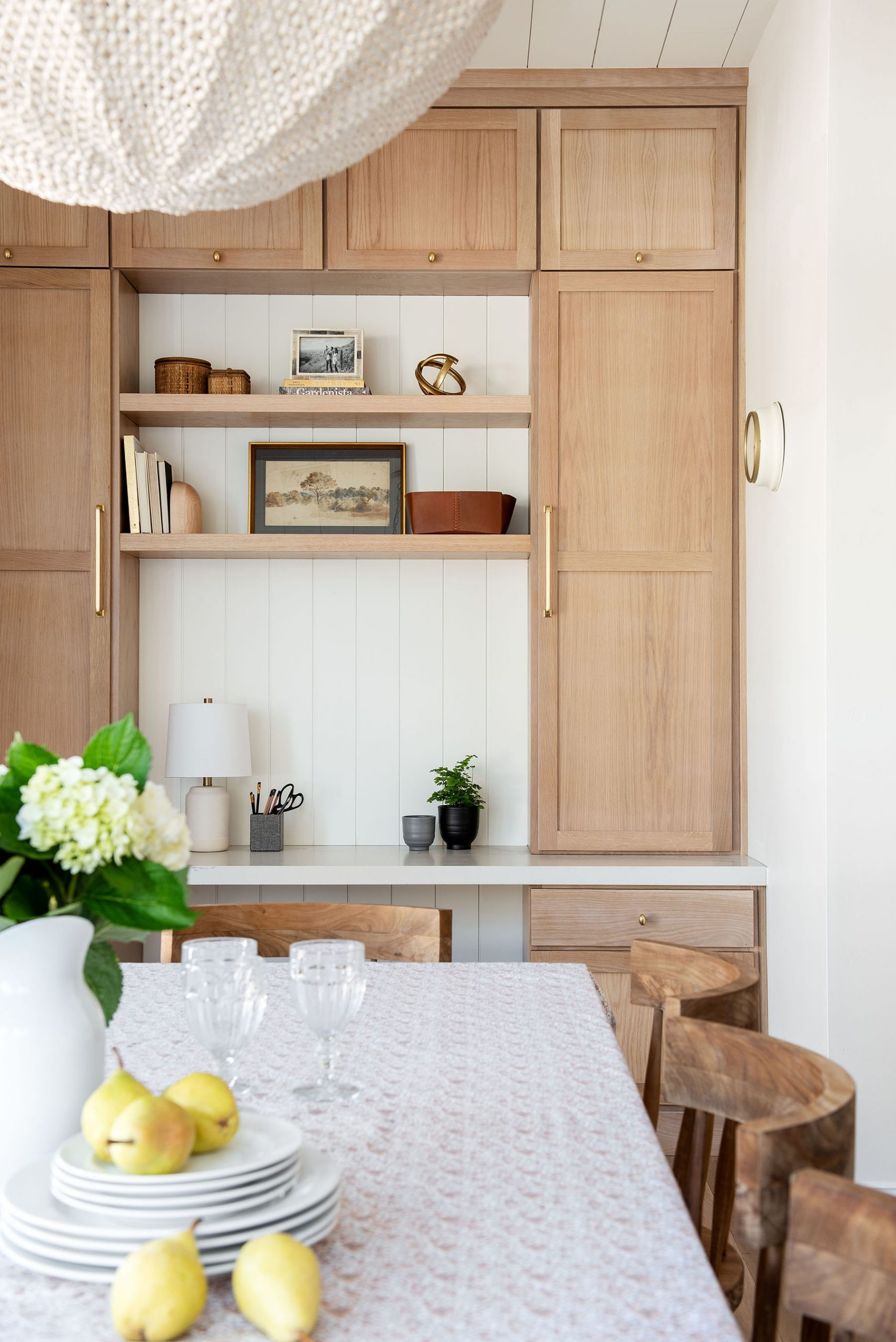
From our AZ Homestead Project
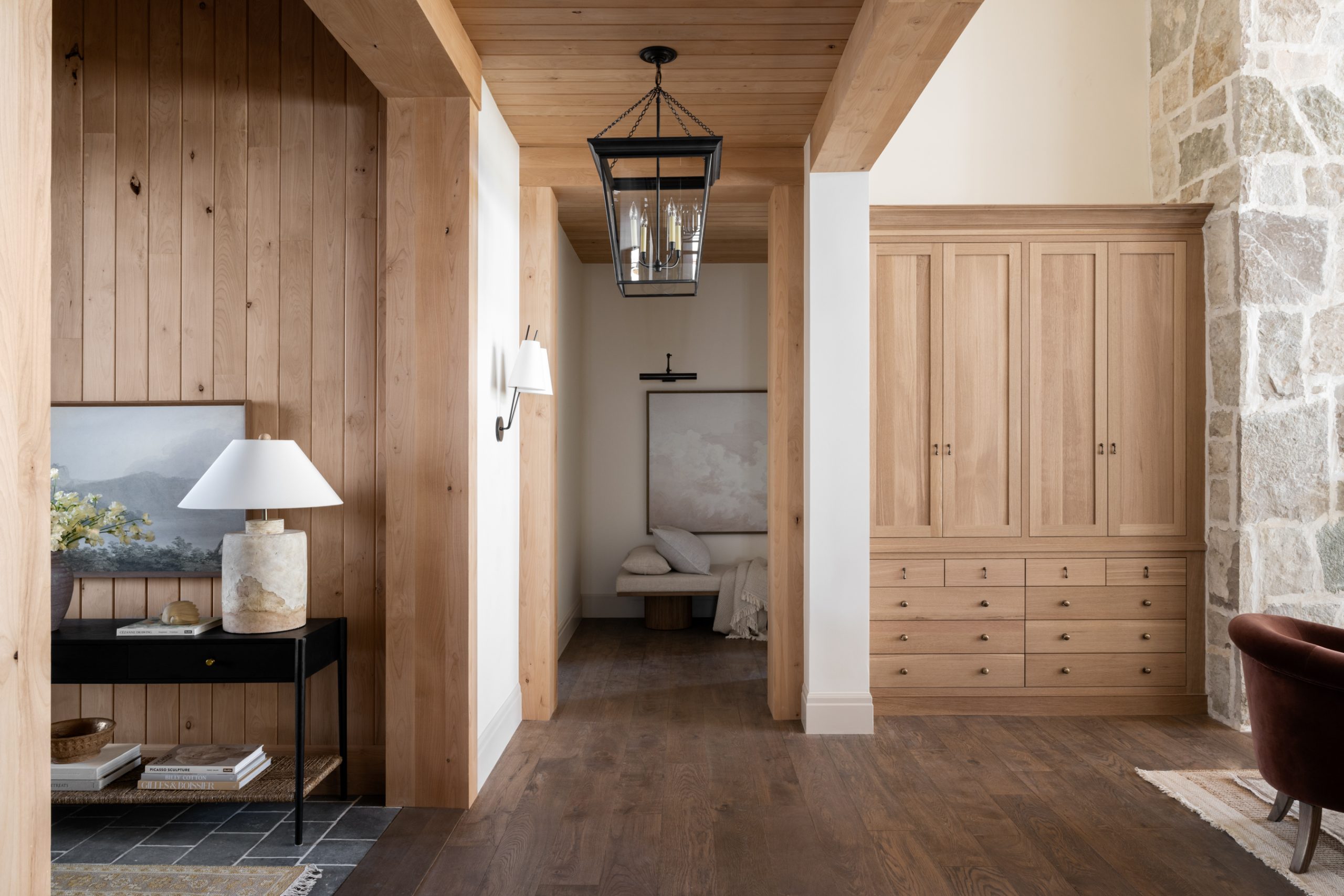
From our Studio McGee Spec Home
No. 1 | Identify your dominant wood tone or tones
When our team begins a project, before choosing which coffee table they should use in a great room or what decor they could style on a console table, they consider the wood finishes throughout the room.
Even if you’re simply looking for new barstools, evaluating the dominant wood tone or tones in your space can help ensure the tones flow together and feel cohesive.
Although you may have more than one, as a rule of thumb, your dominant wood tone will appear in one of your significant finishes like flooring, cabinetry, or windows. If you don’t have any wood tones in the space or room you’re designing, your largest piece of wood furniture is likely where you’ll find your dominant wood tone.
From our Crestview House
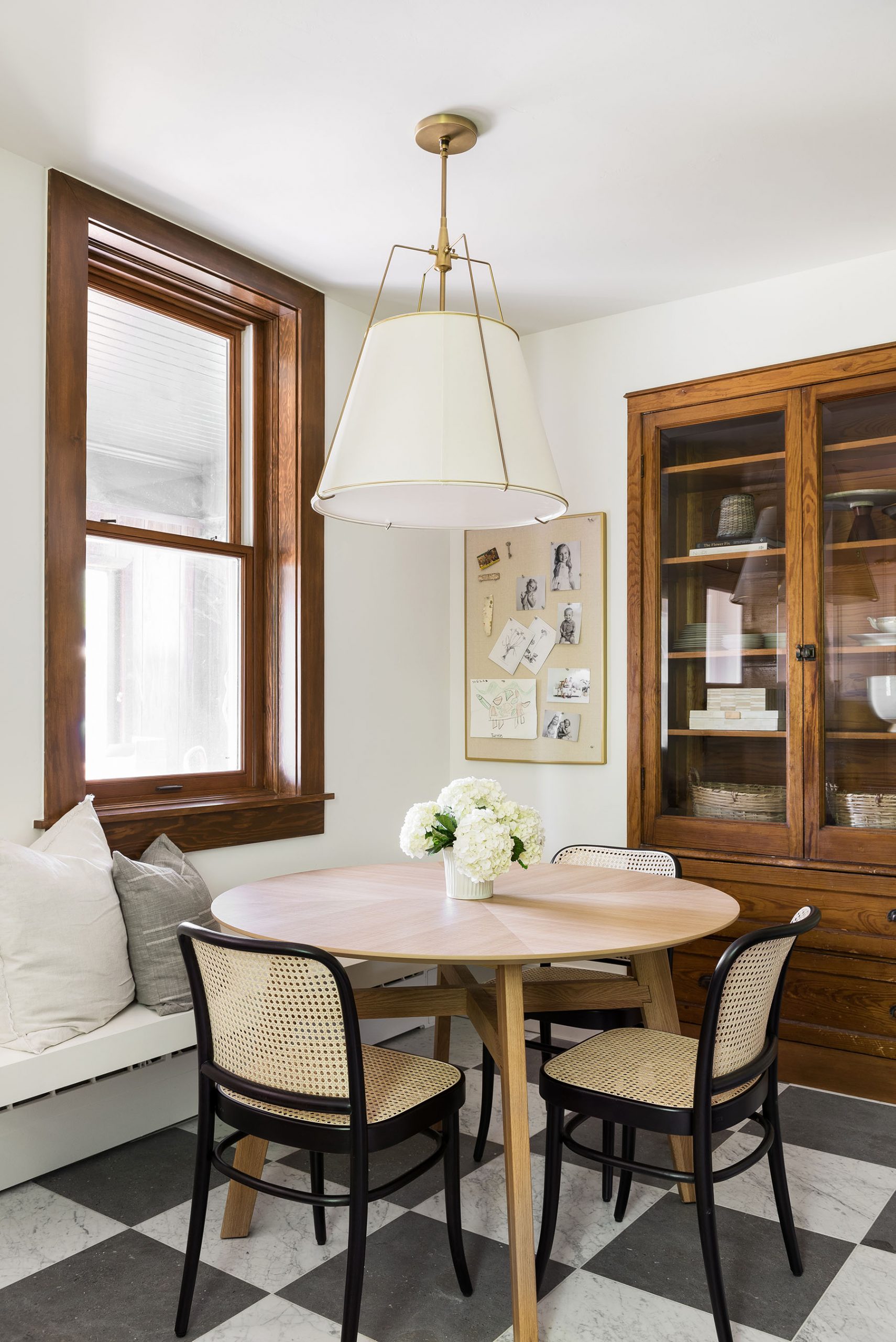
From our Historic Netflix Kitchen Remodel
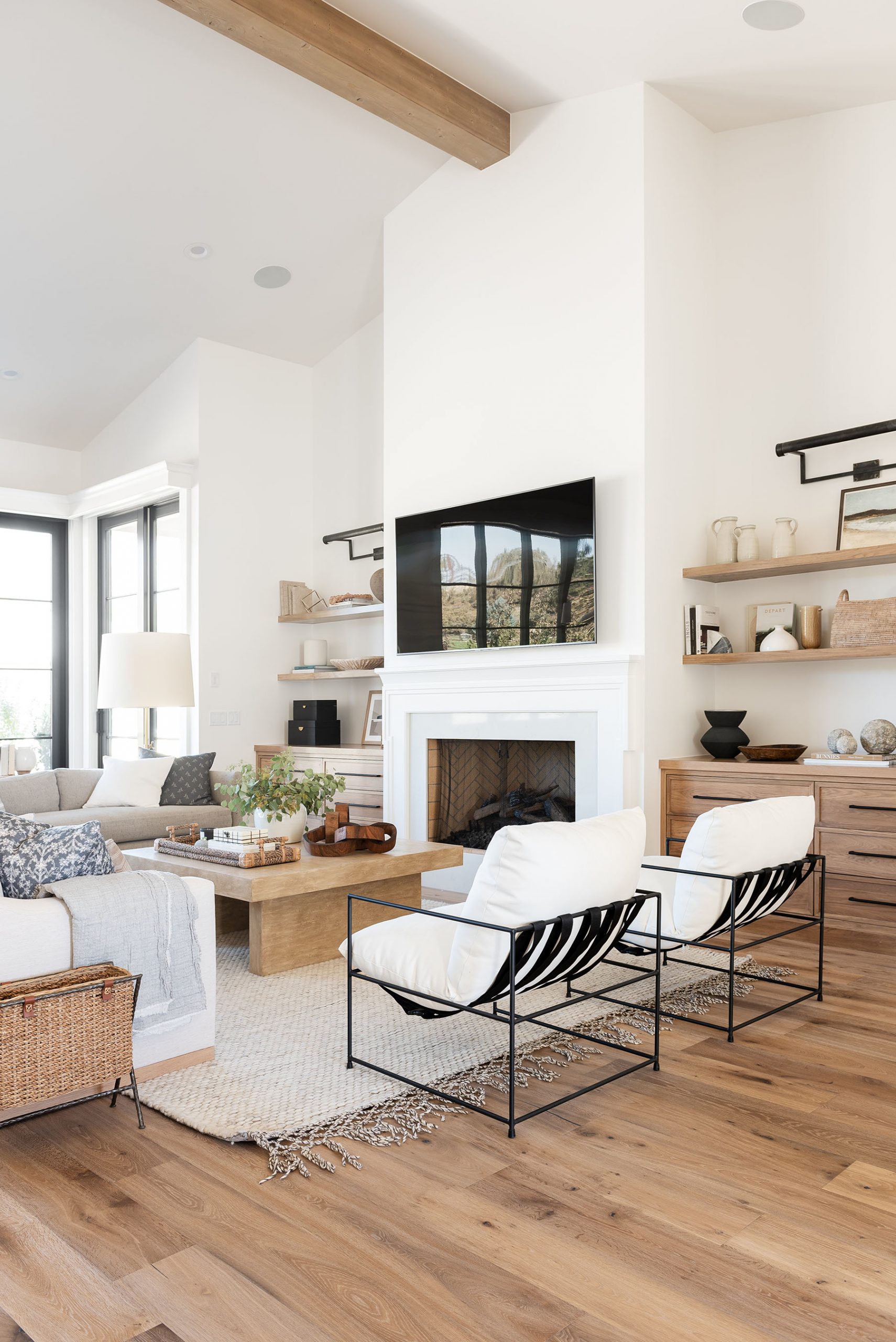
From The Sunset House
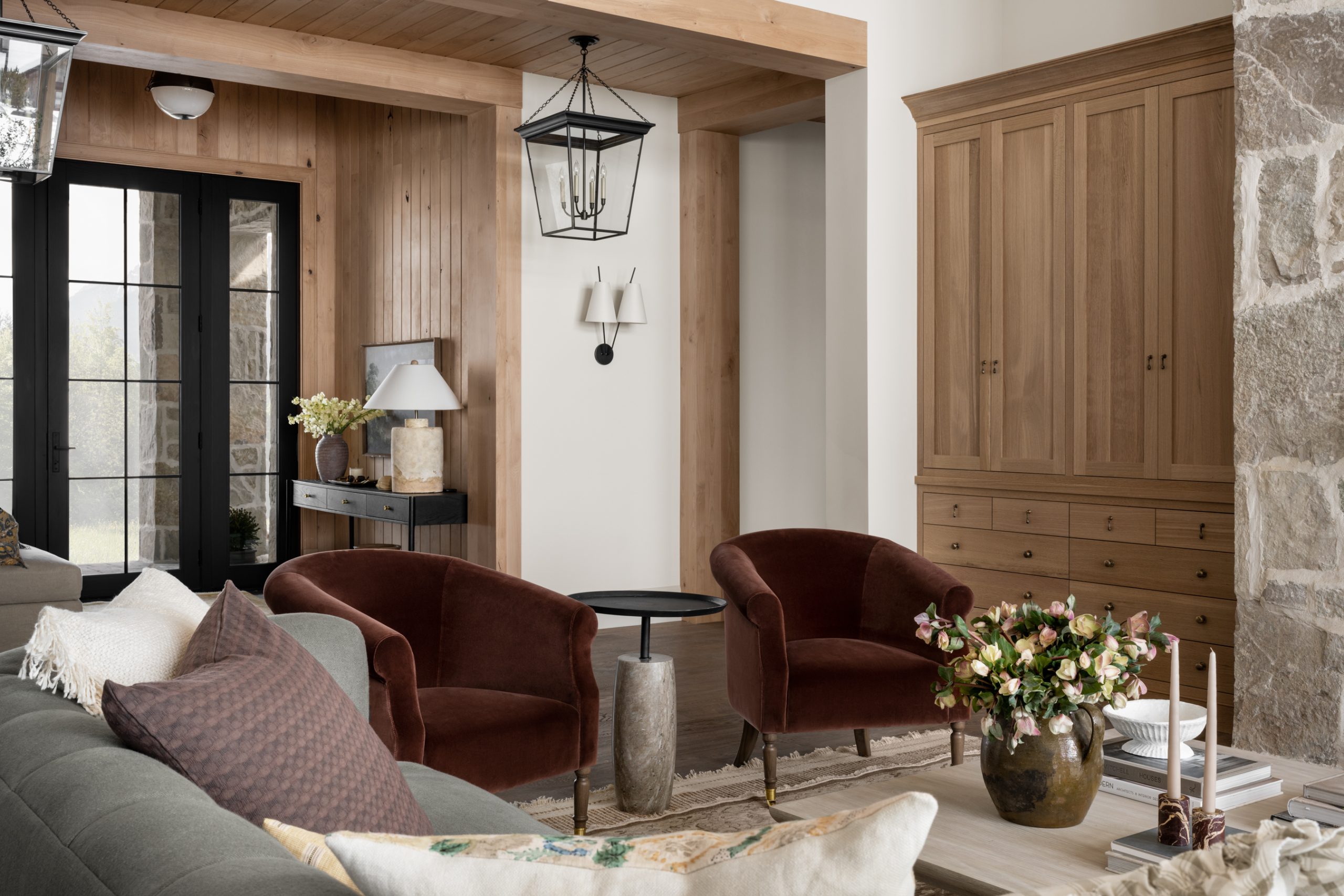
From our Studio McGee Spec Home

From our Mountainside Retreat project

From our Hilltop Estate project
No. 2 | Look for undertones
Once you’ve identified your dominant wood tone, look deeper and find the undertones you want to pull out through the rest of your design. If you have warm undertones in your dominant wood (most unstained woods – walnuts, white oaks, cherry, and maple woods), other warm woods will naturally mix seamlessly with your dominant wood.
On the other hand, if you have cool tones in your dominant wood (many stained woods – charcoal stains, bark stains, and sand stains), other cool tones will blend easily.
Chances are, there’s a note within your dominant wood that you can pull out through your furniture or decorative accents to create a cohesive feeling. Of course, there are always exceptions to this rule, and sometimes, contrasting undertones can create the most interesting results.
From our Pine Brook Home
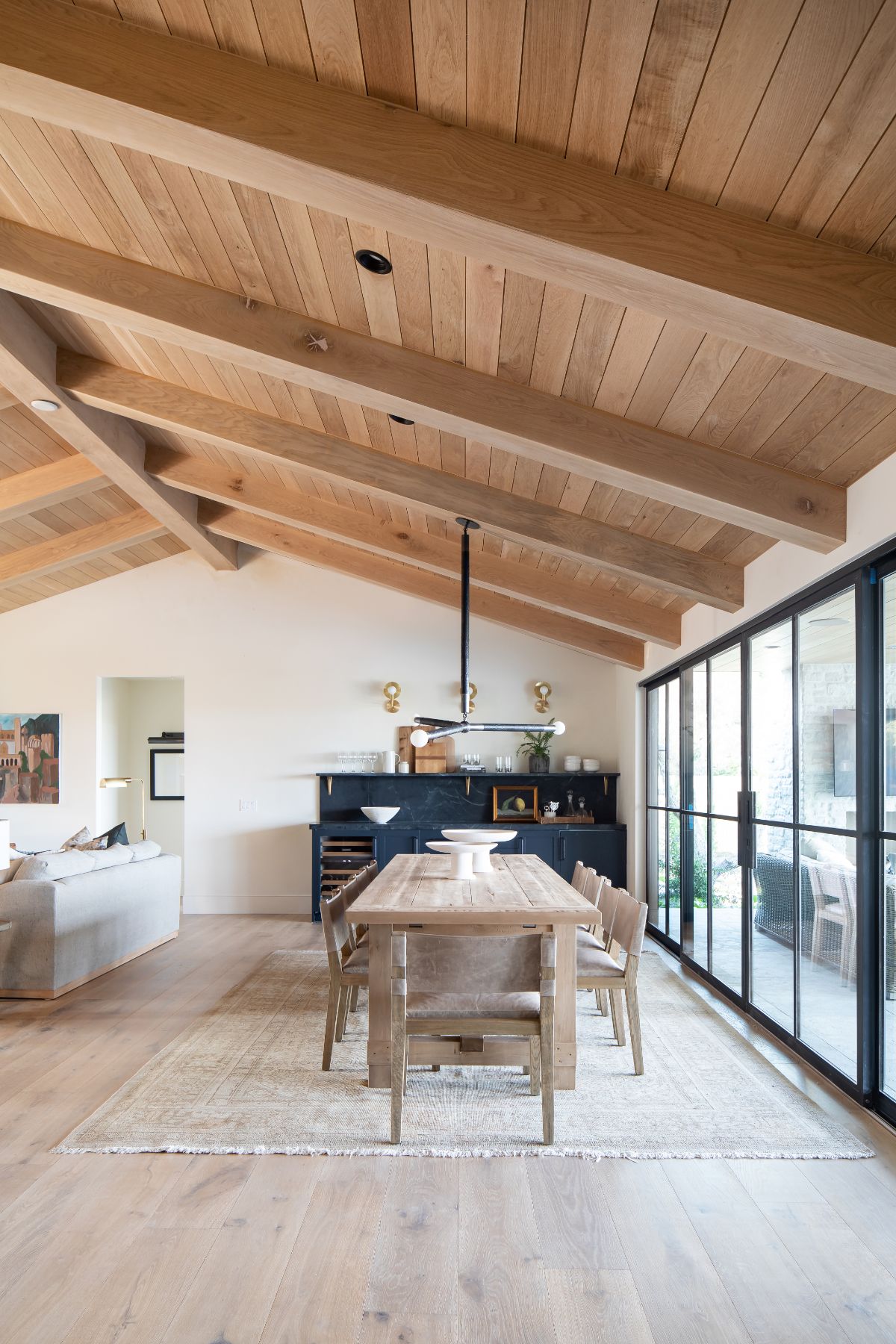
From The Crestview House
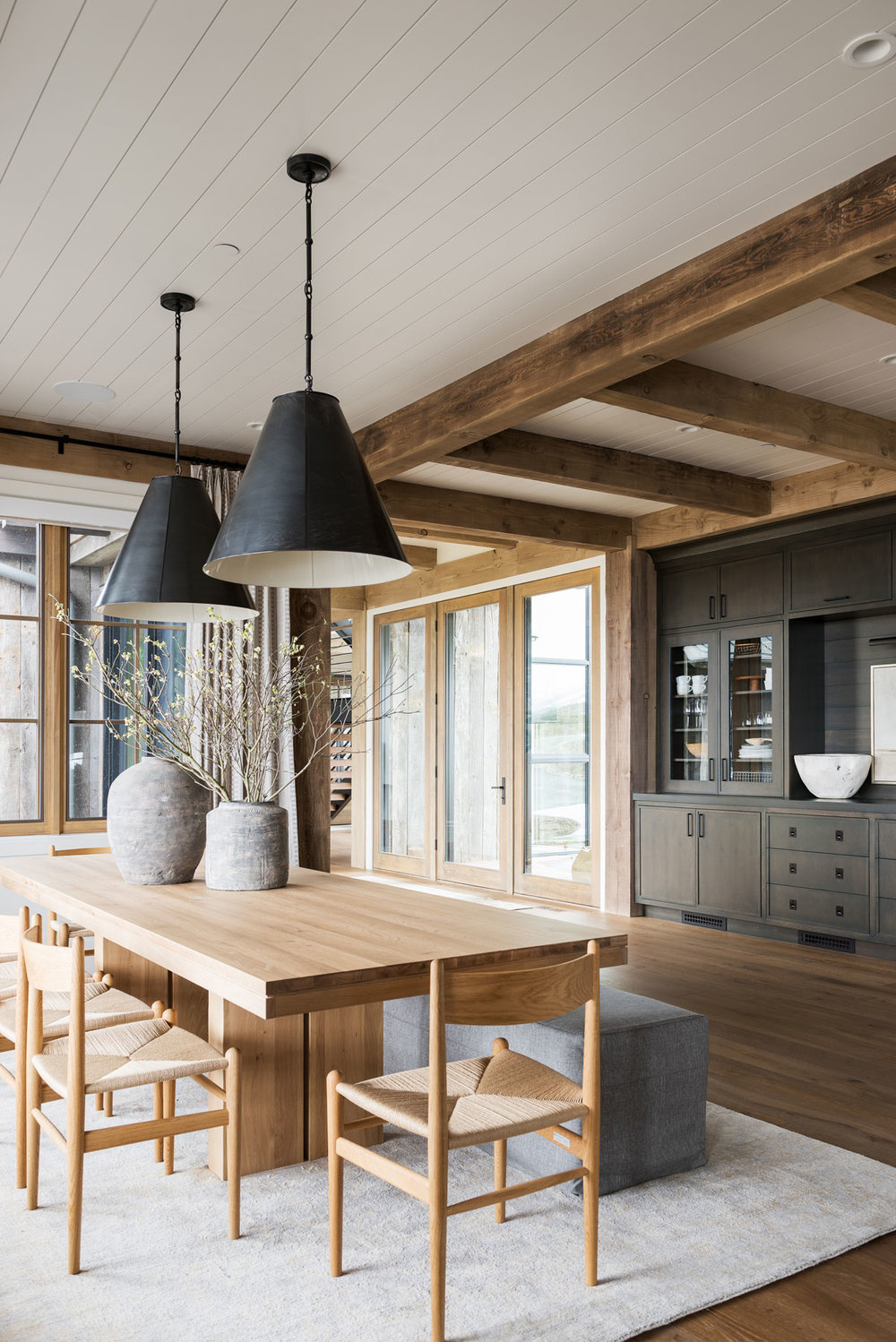
From our SM Ranch House
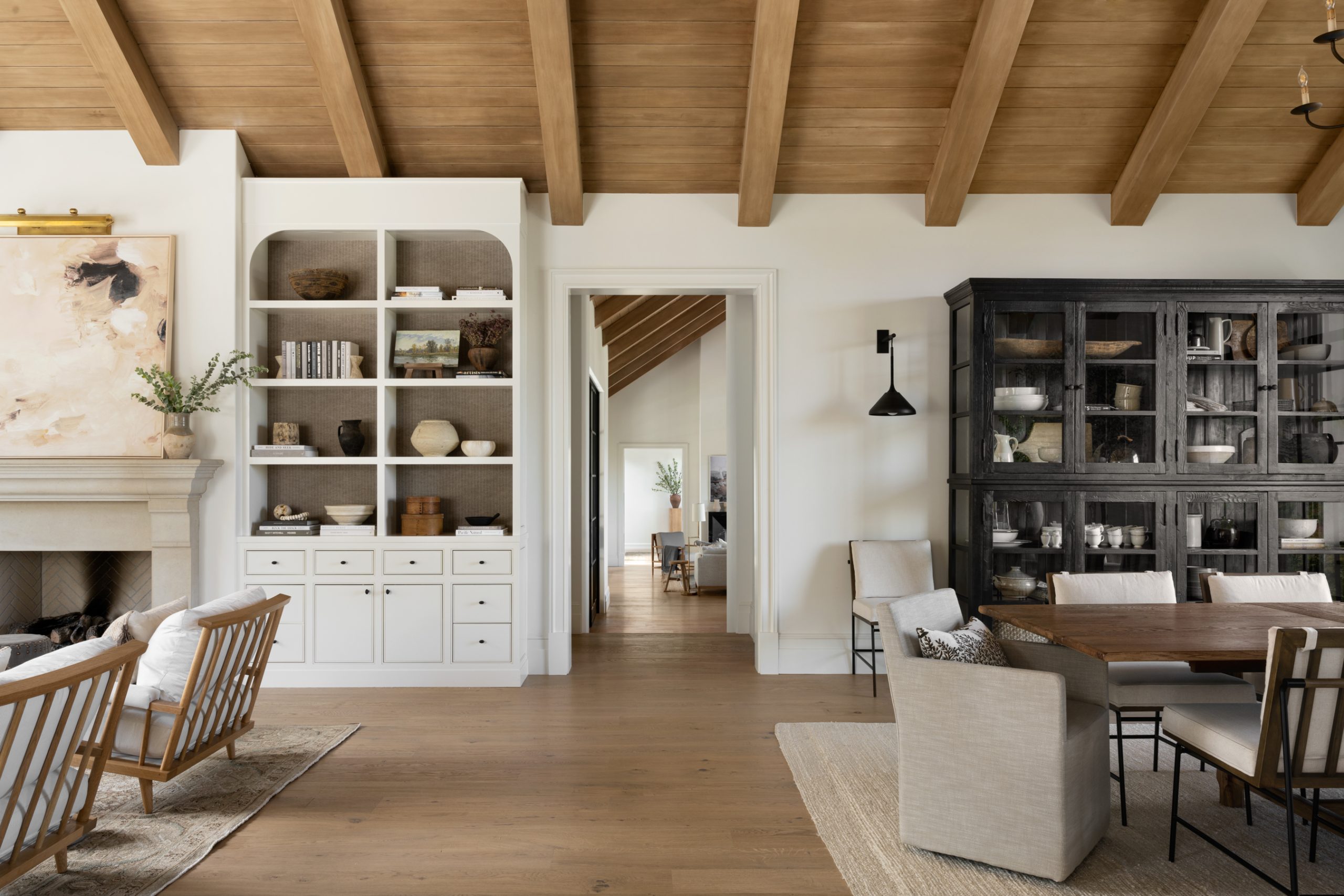
From our Hilltop Estate project
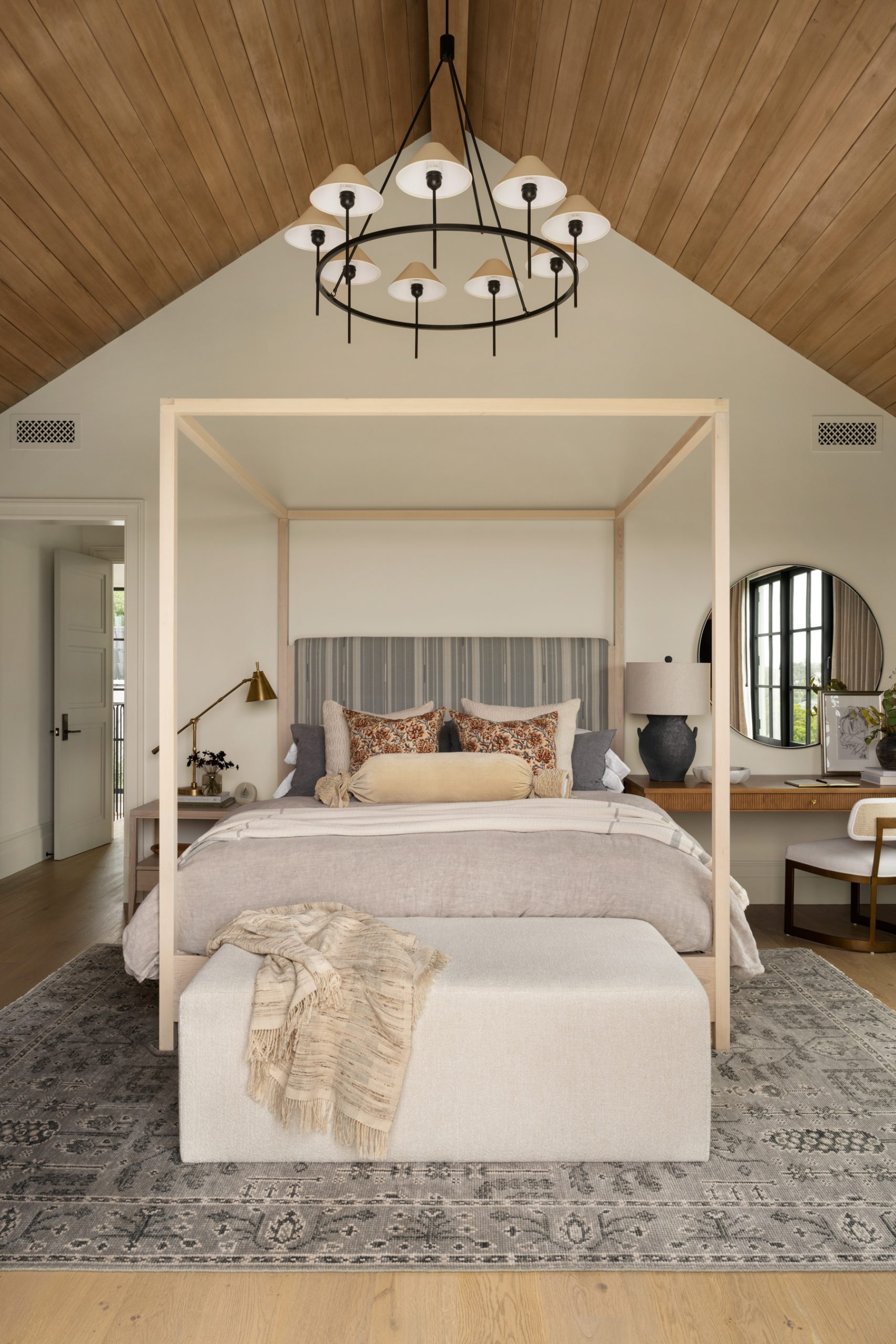
From our Hilltop Estate project

From our Studio McGee Spec Home
No. 3 | Complement or contrast your tones
When you have a general idea of your dominant wood and its undertones, it’s time for the fun part. While certain spaces call for matched wood tones and a more streamlined look, we love contrasting wood tones to create dimension and visual interest.
When it comes to contrasting our woods, we tend to keep it bold to avoid competing visual points. For example, if we have a light oak piece or finish we want to contrast, we’ll likely pair it with a dark wood like walnut or stained maple.
Designer note: If the wood tones in your space seem overwhelming, try balancing them out with a neutral-stained wood piece in black, white, or even light grey.
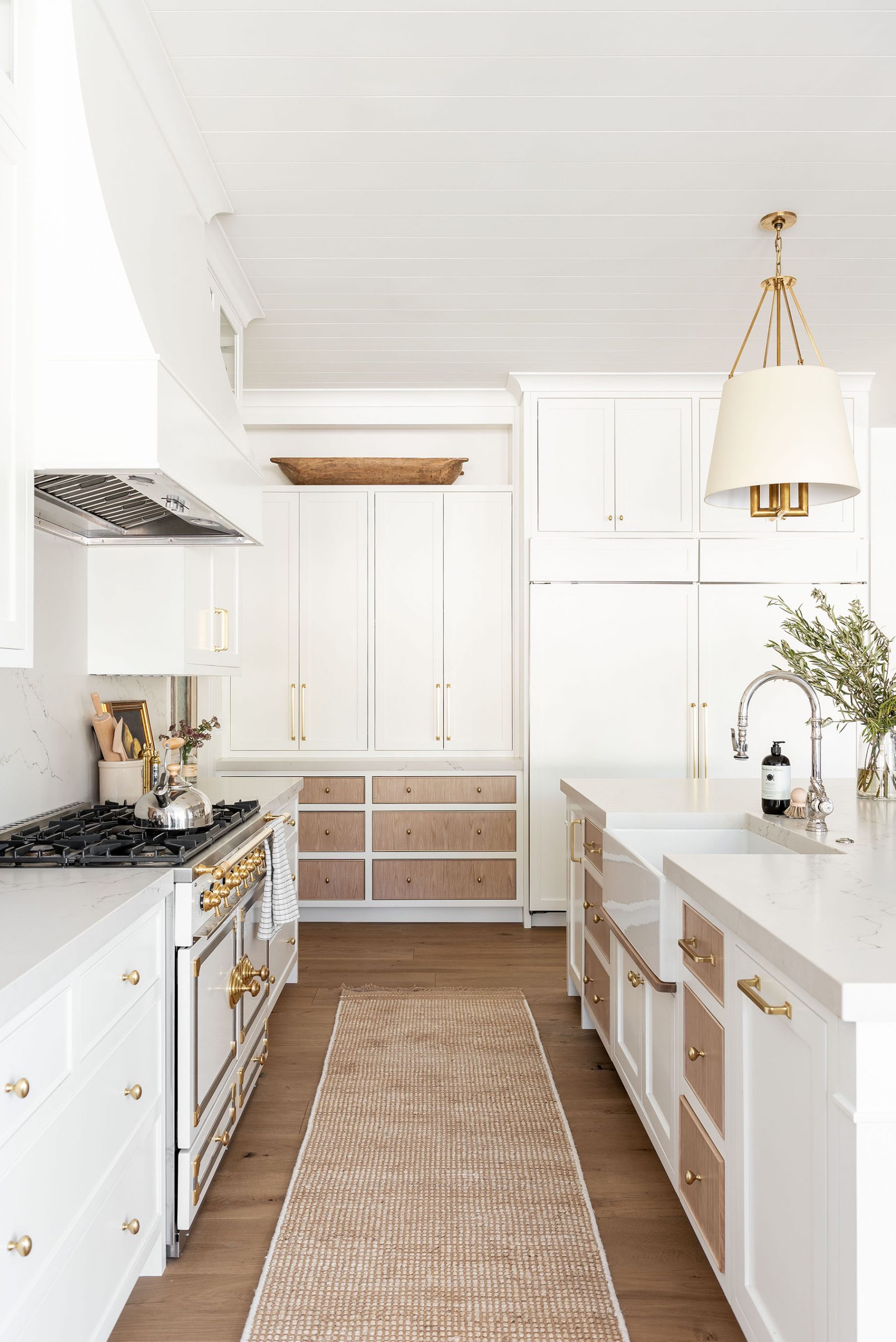
From our AZ Homestead Project
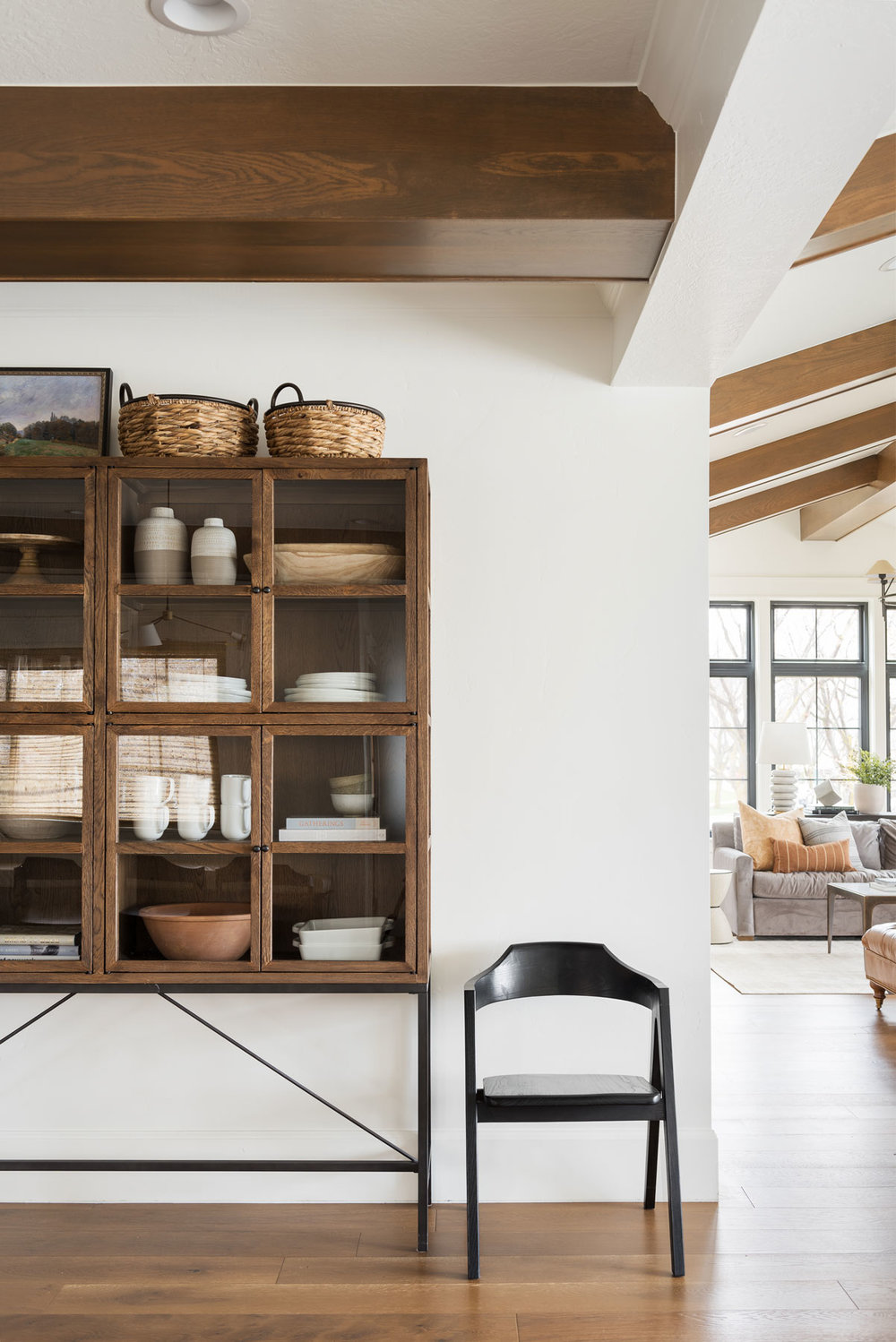
From our Northridge Remodel
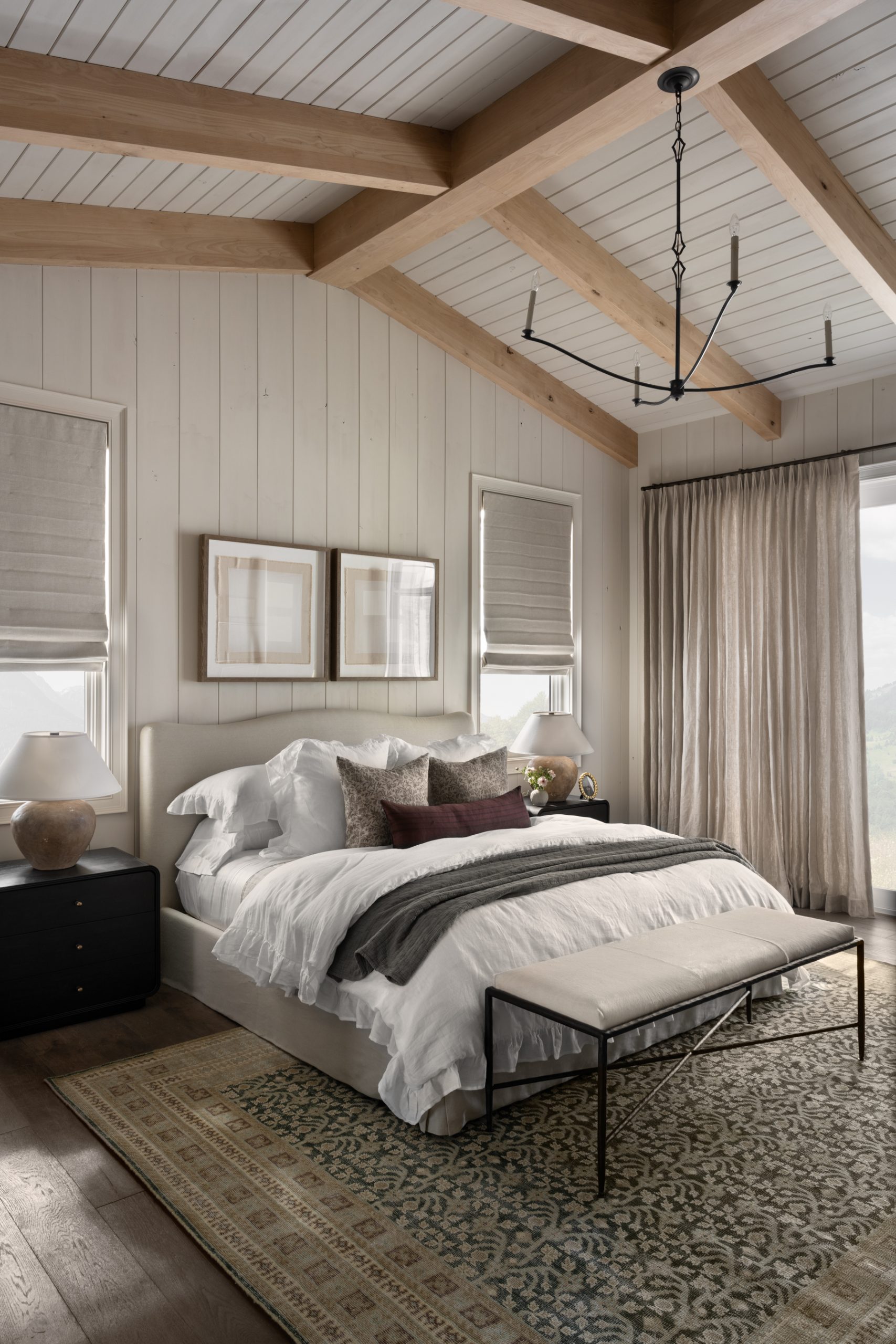
From our Studio McGee Spec Home
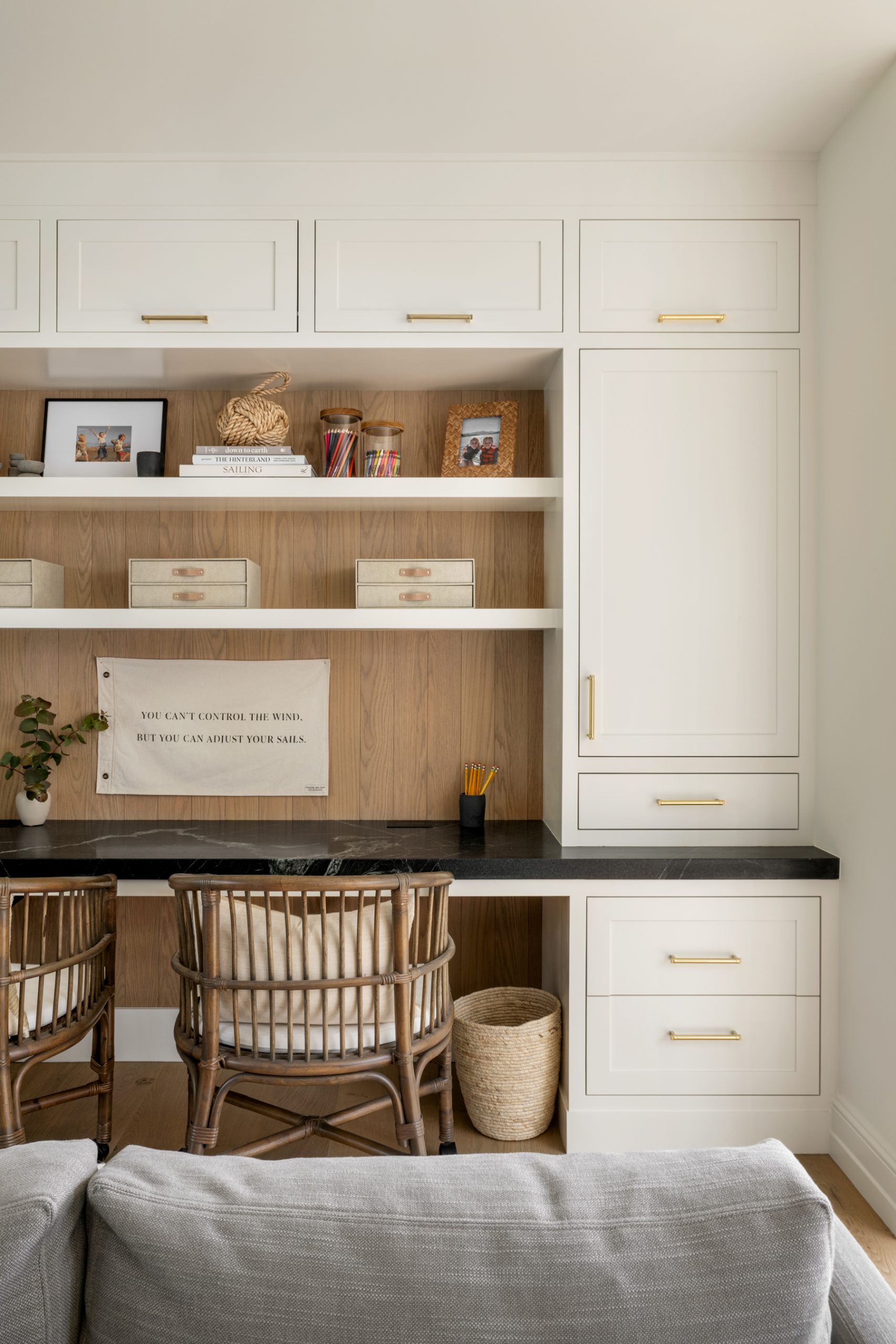
From our Hilltop Estate project
From our PC Contemporary Project
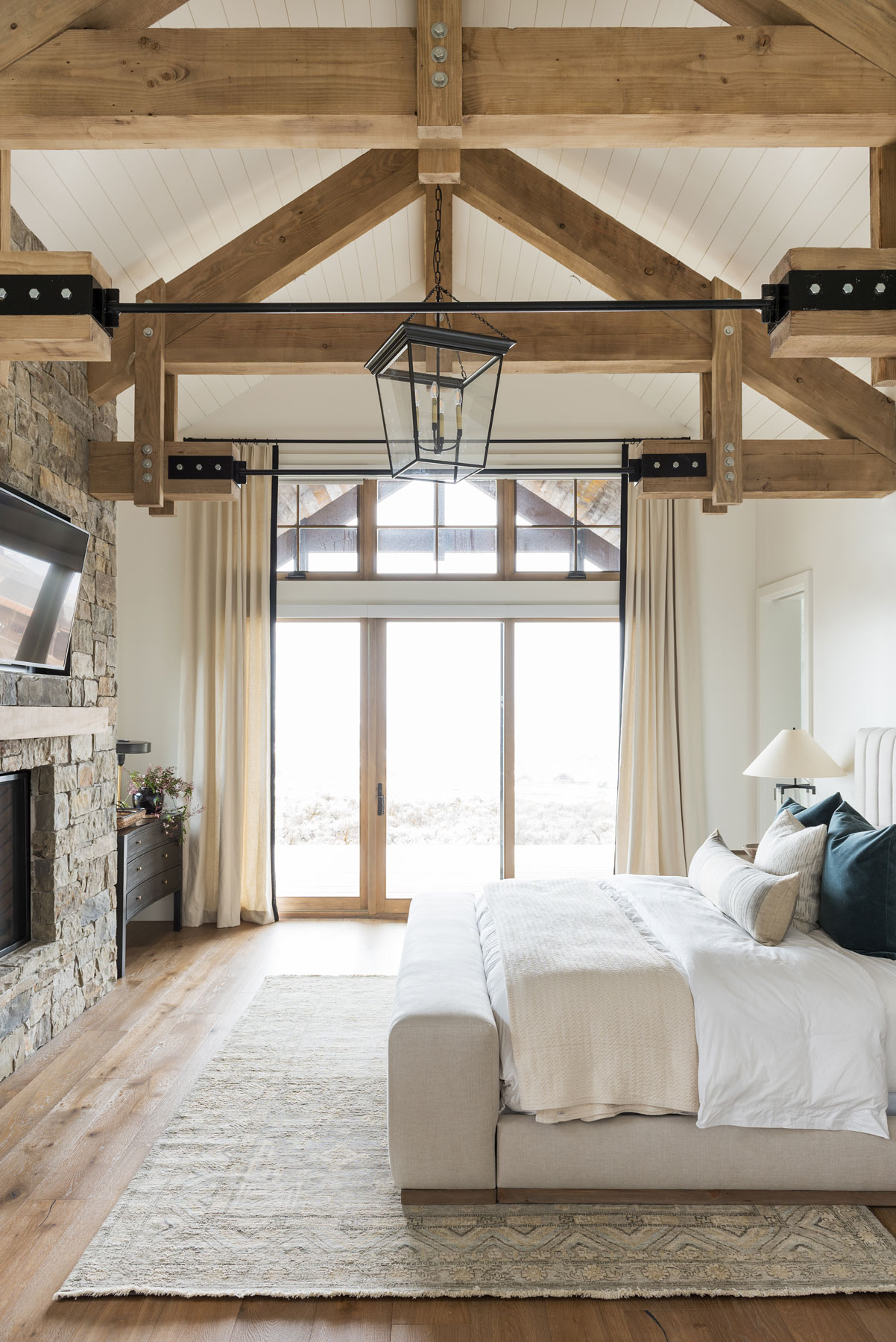
From our SM Ranch House
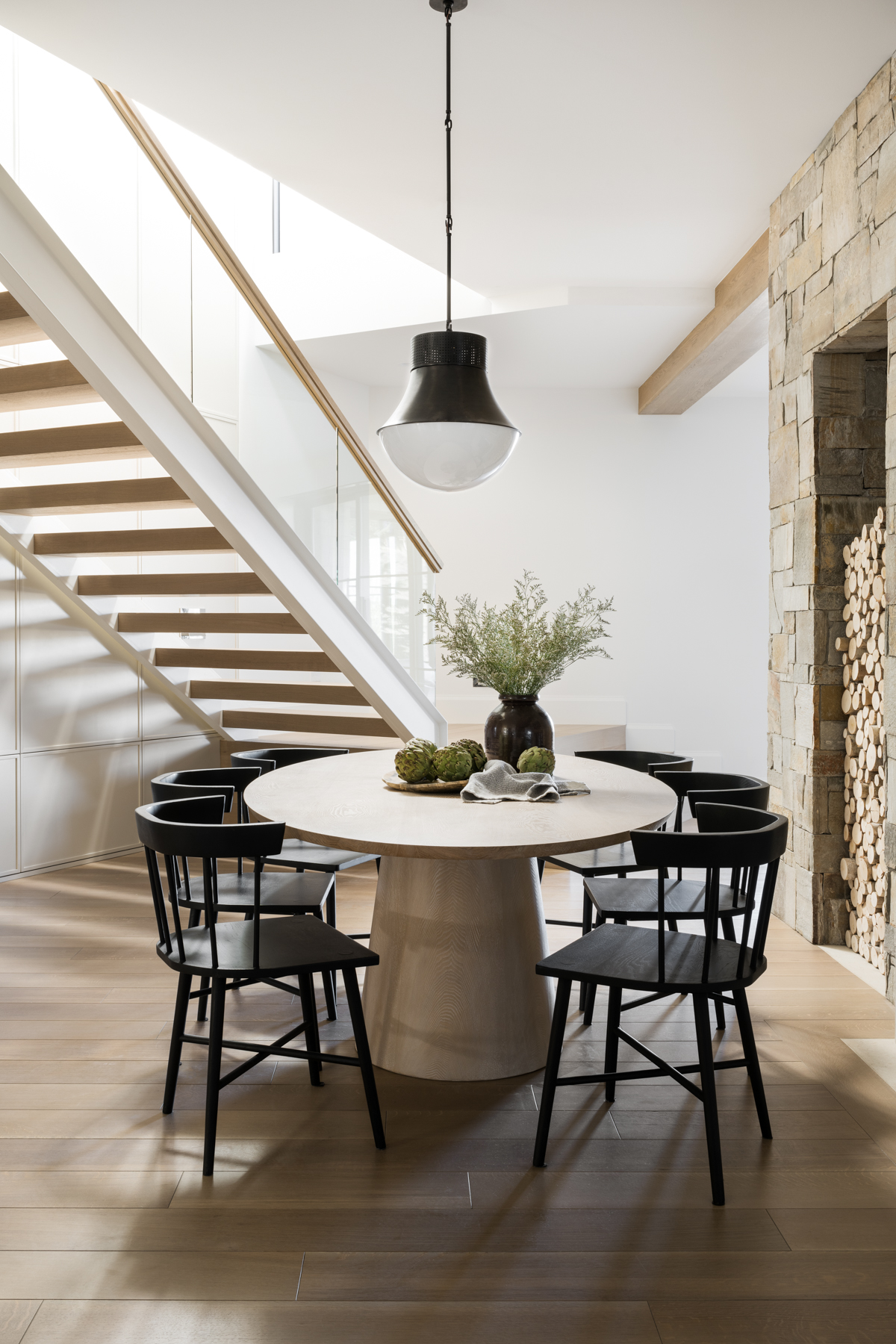
From our Mountainside Retreat Project
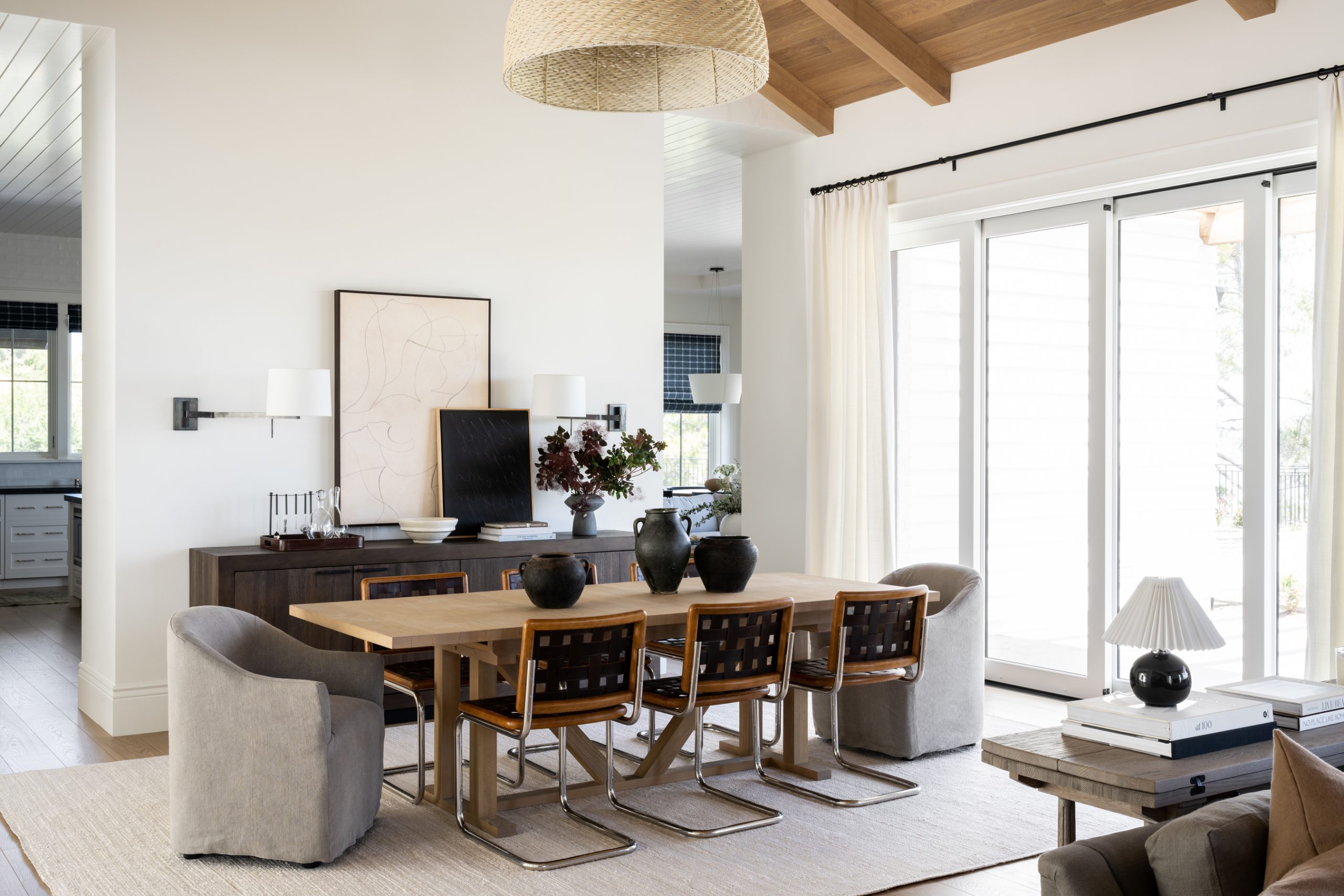
From our Home on the Bay project
No. 4 | Balance the woods throughout your space
Mixing wood tones successfully is all about balance, and once you introduce a tone, evenly dispersing it throughout your space creates a more intentional look.
Incorporating repeating tones throughout a space can look like anything from using the same wood tone on your console table and coffee table to introducing the tone from a furniture piece through decor in a built-in.
Designer note: Adding rustic or reclaimed woods to your design can be a great way to seamlessly blend wood tones and bring more character into your space.
From our Modern Bohemian Netflix Remodel

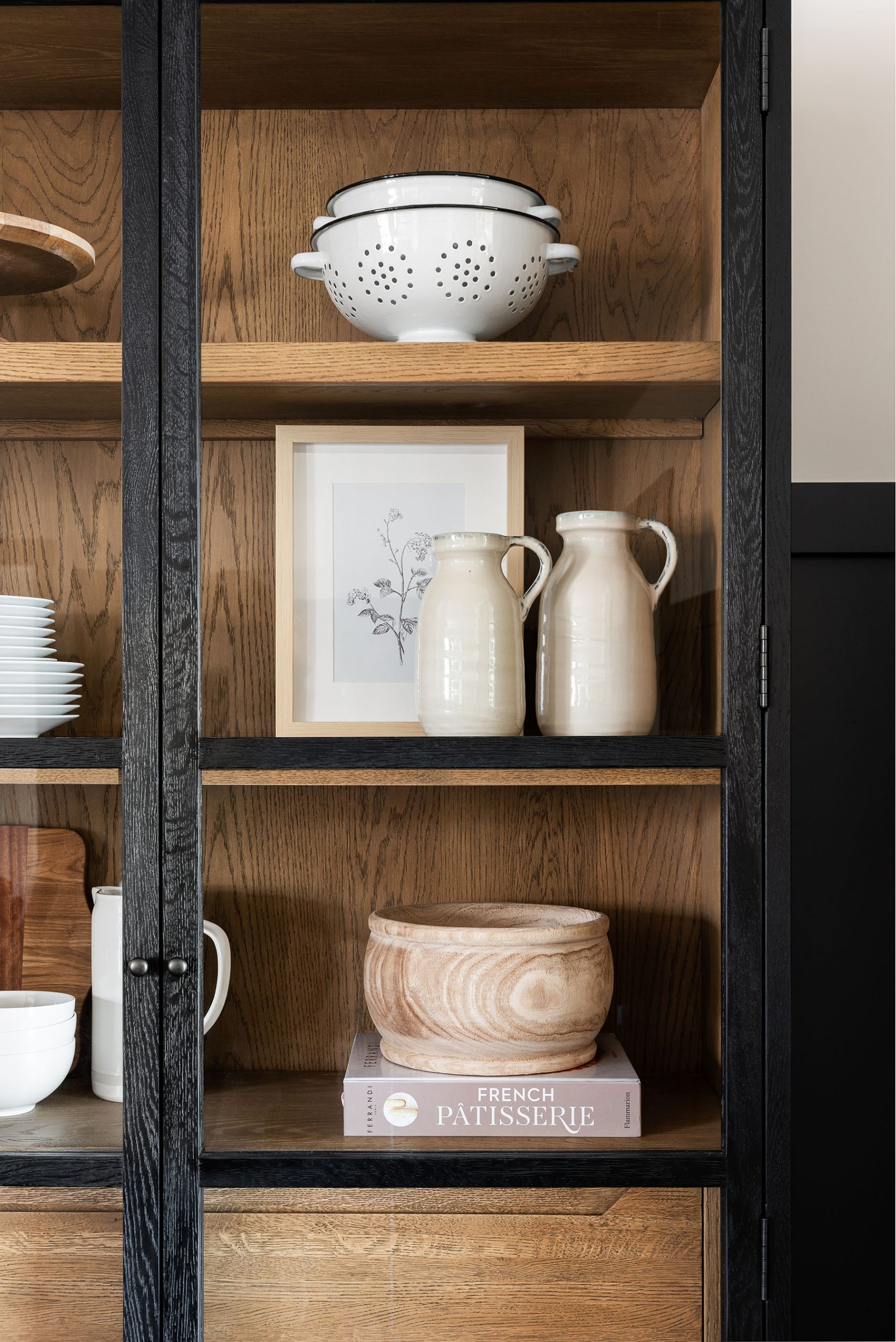
From our Moody Bright Netflix Remodel
From our SM Ranch House
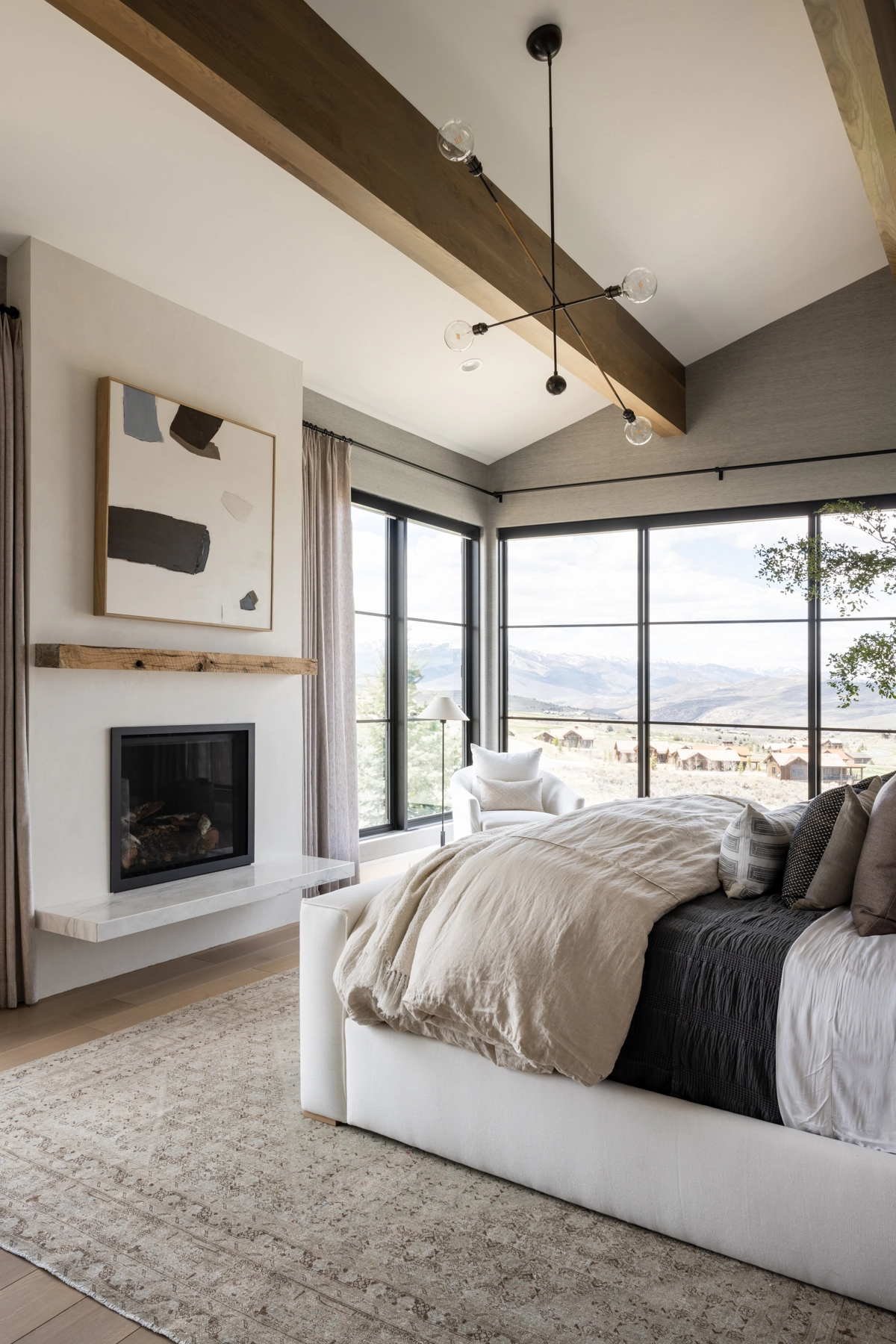
From our Mountainside Retreat project
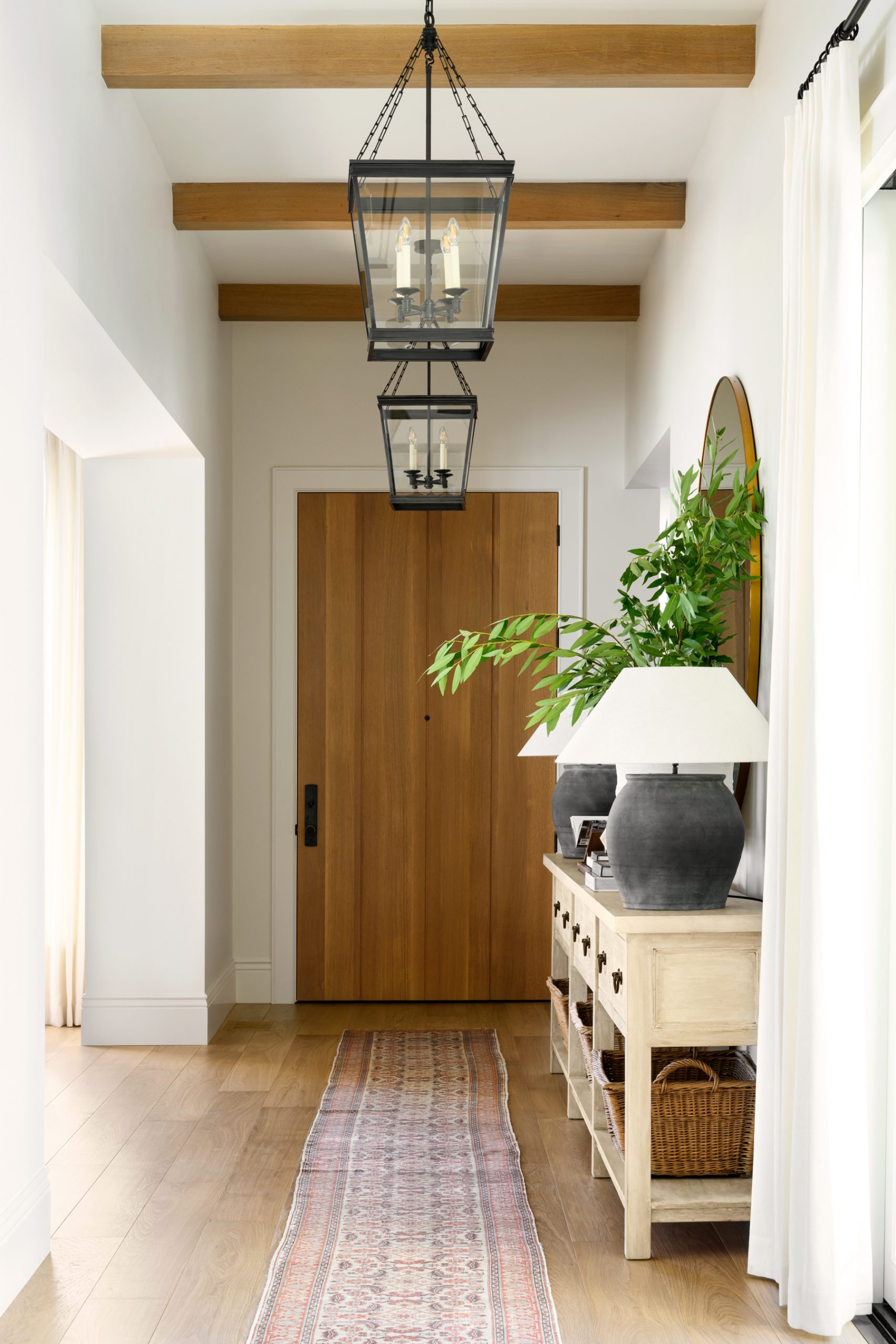
From our Home on the Bay project
